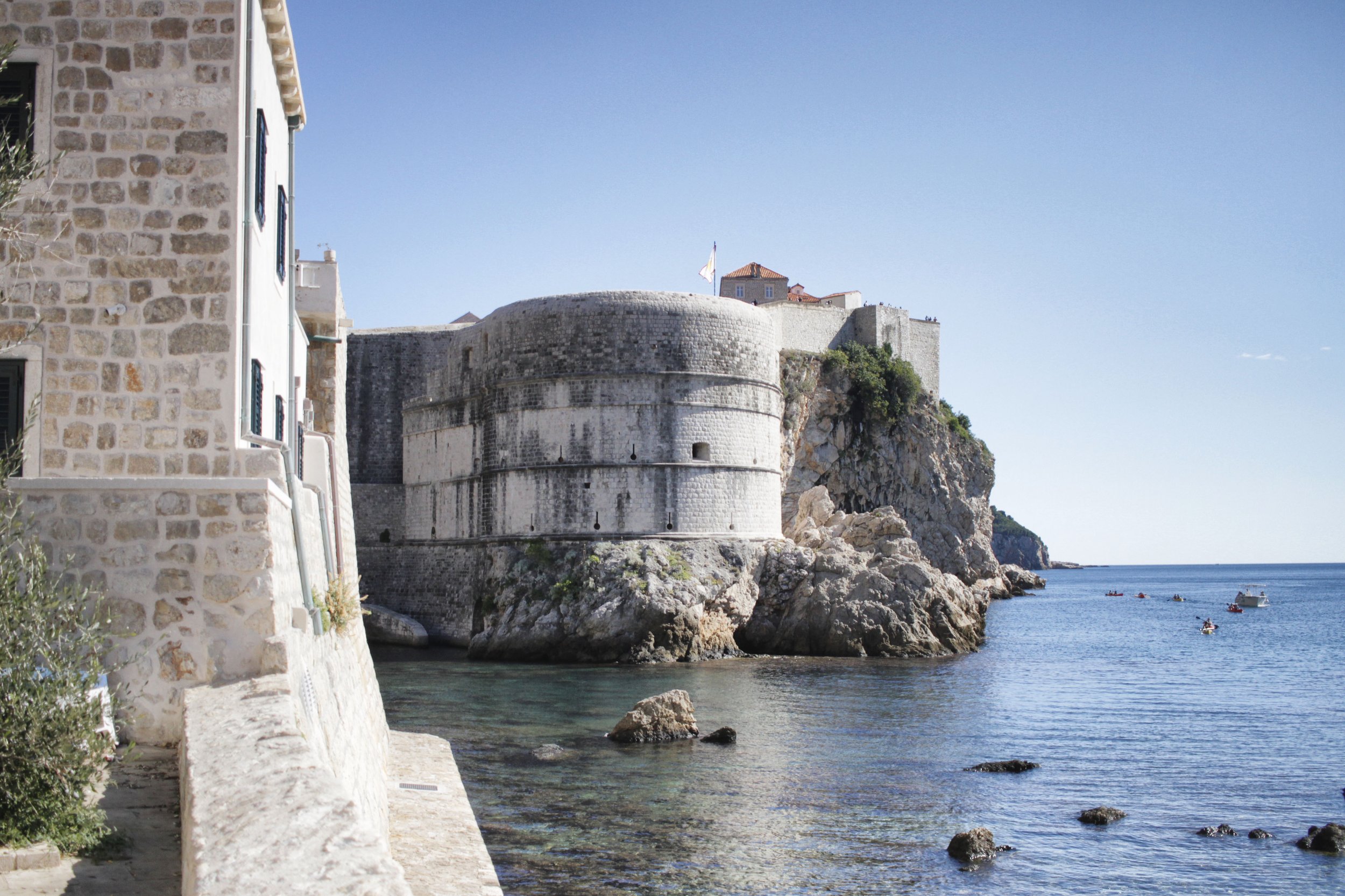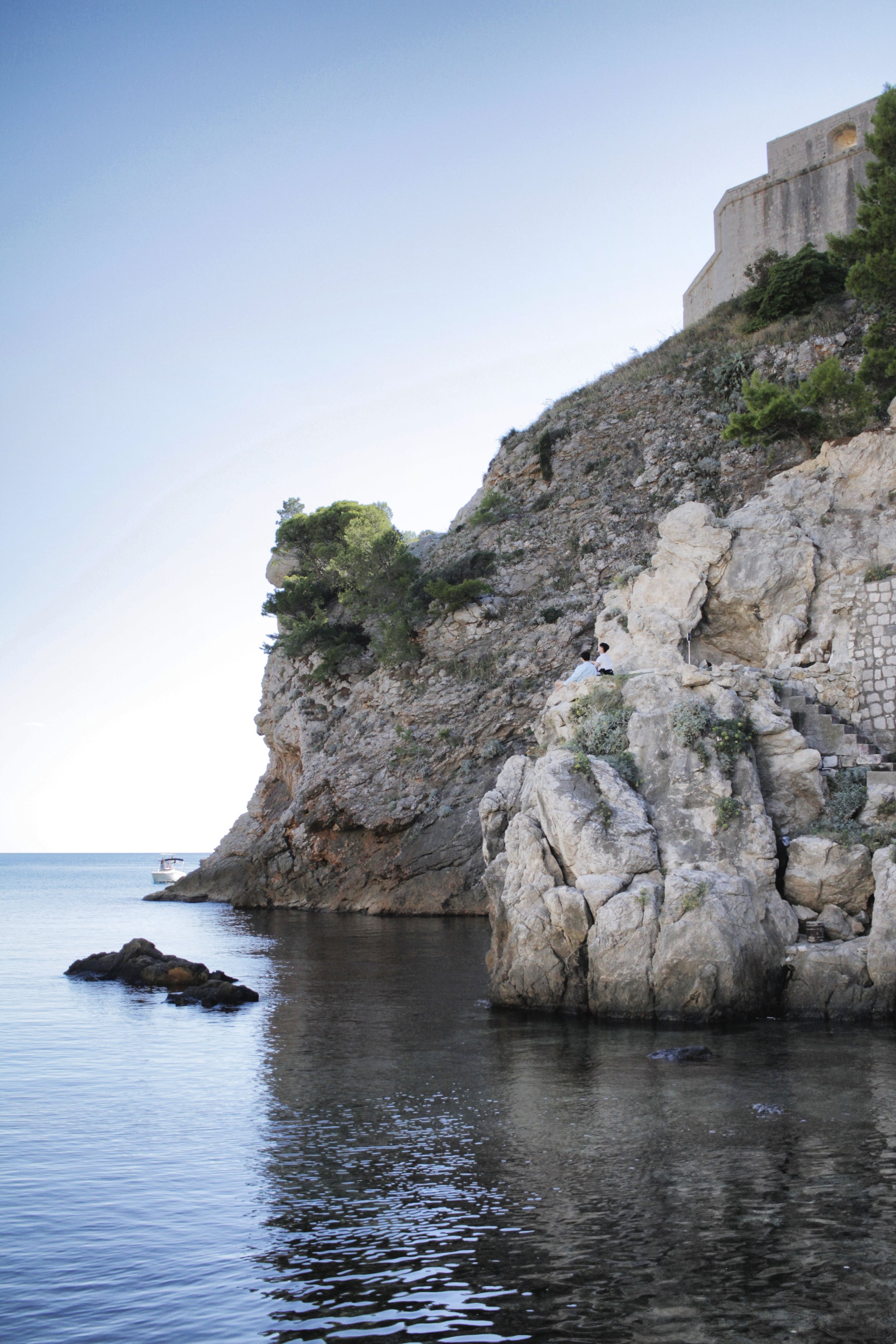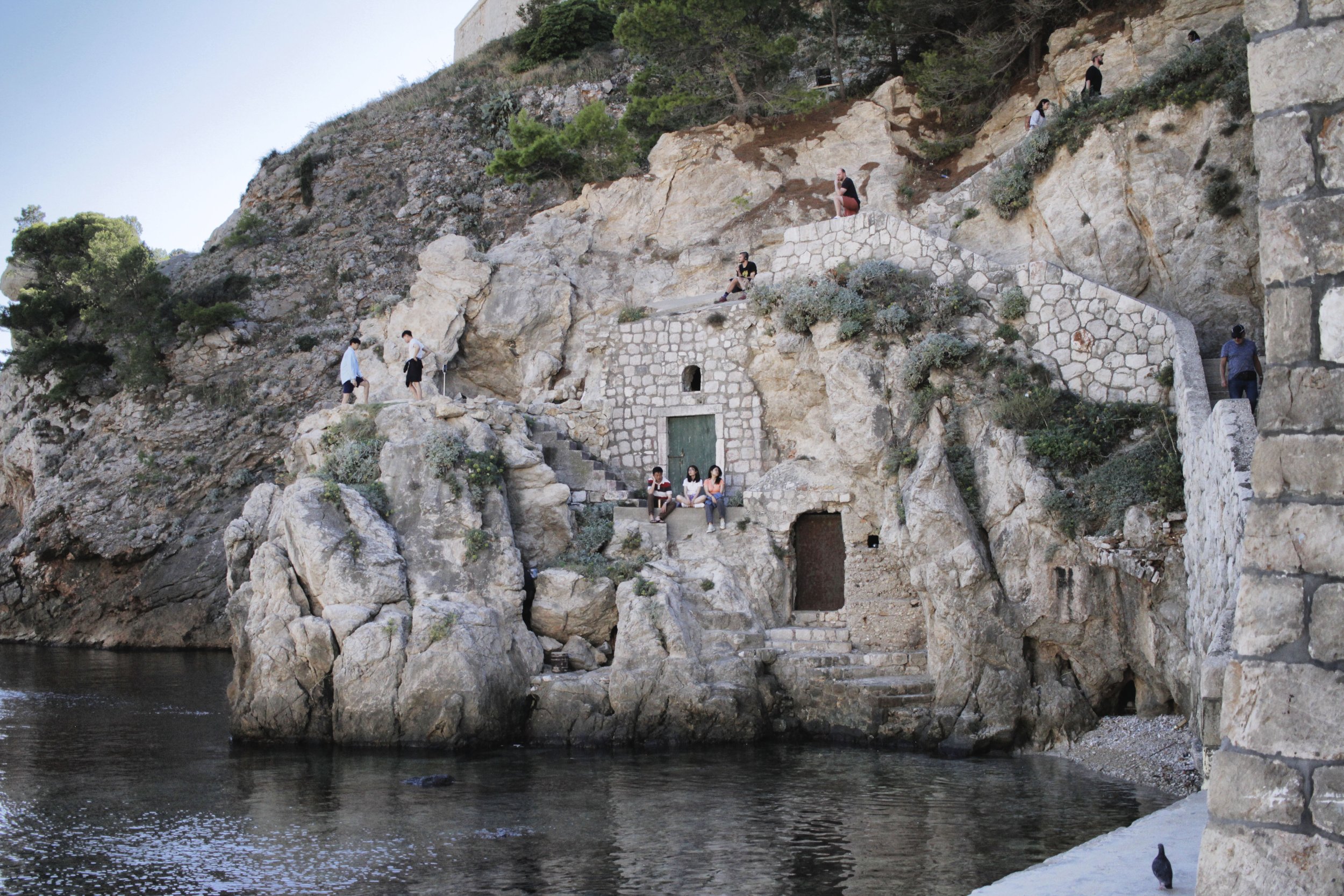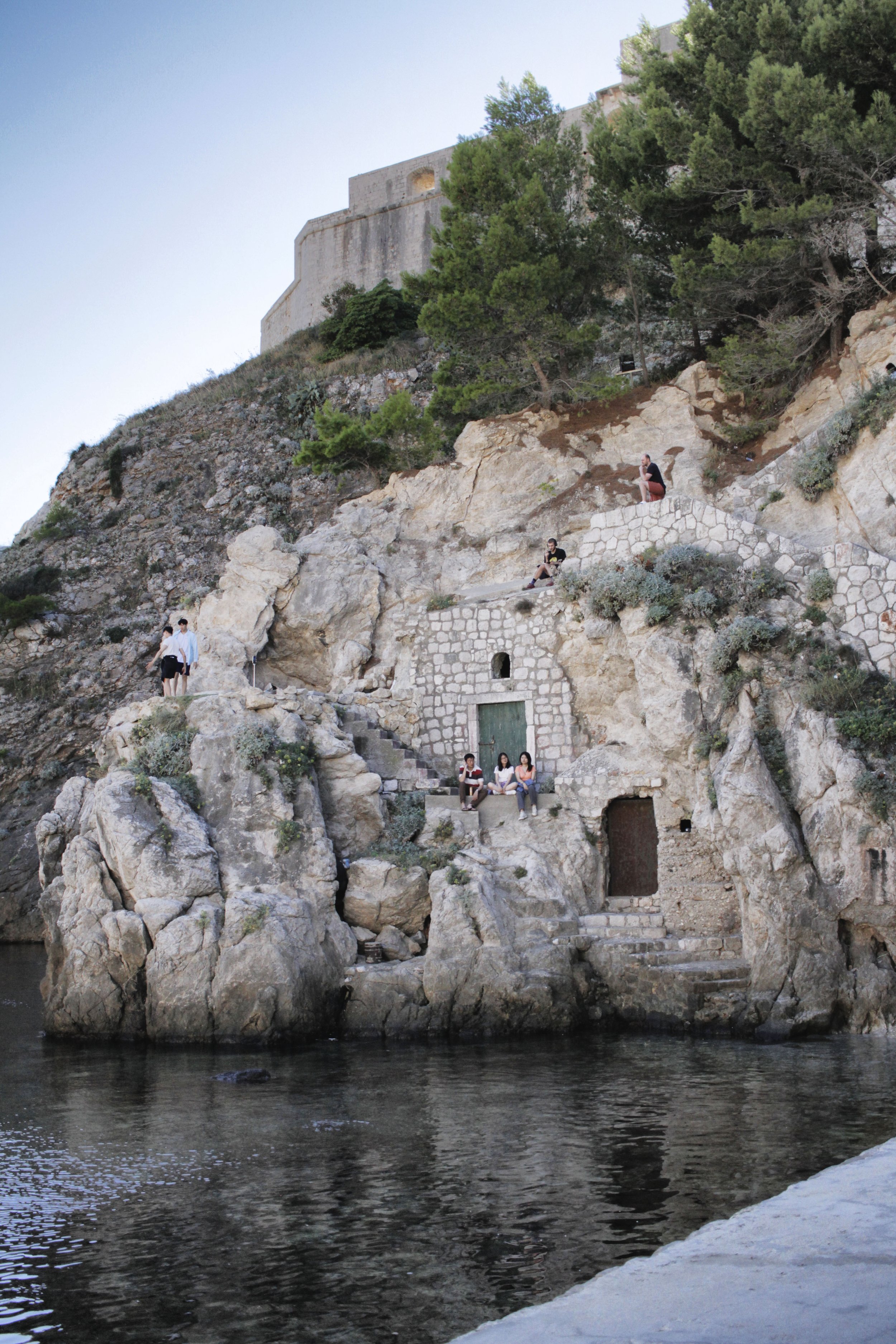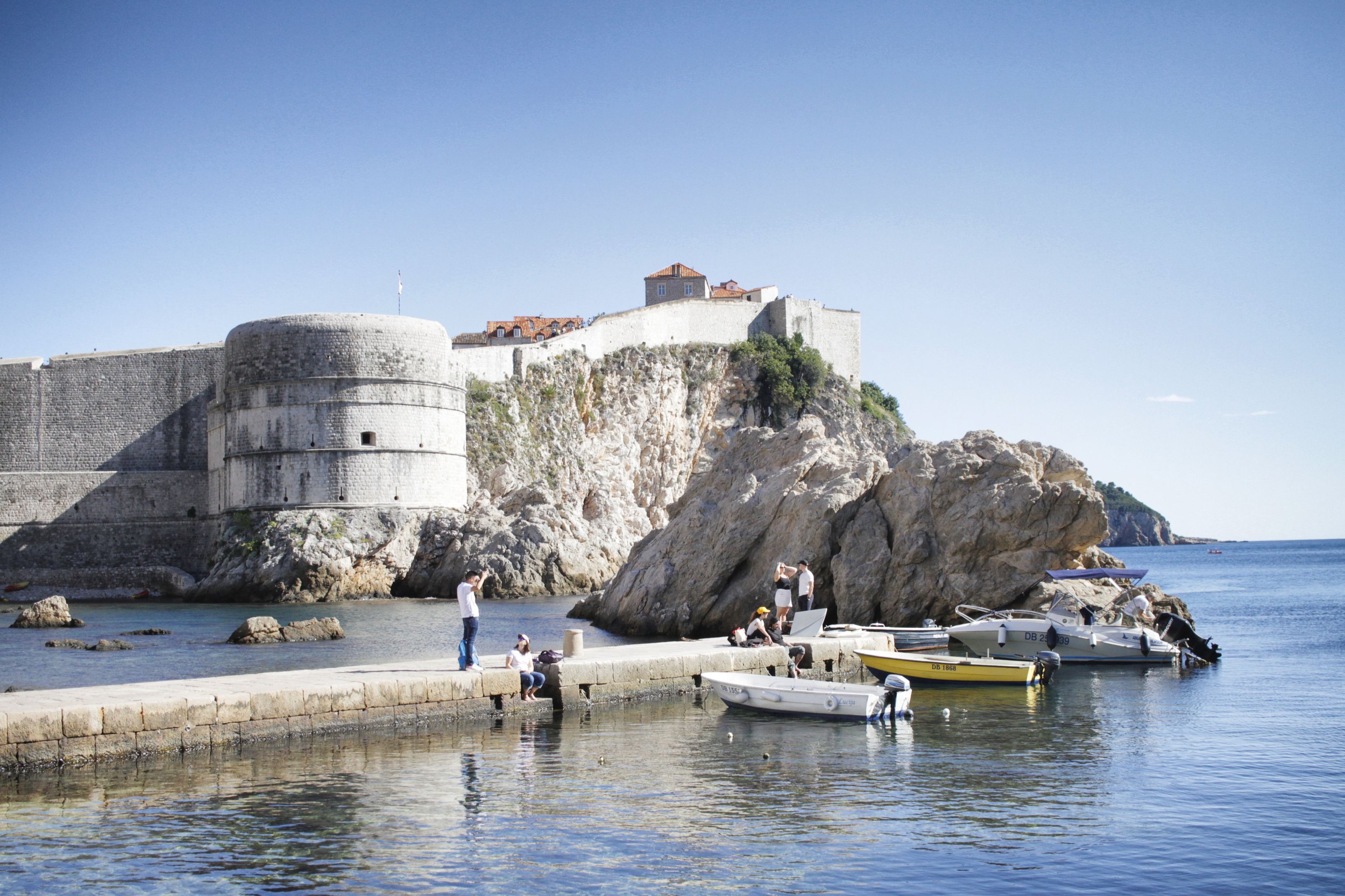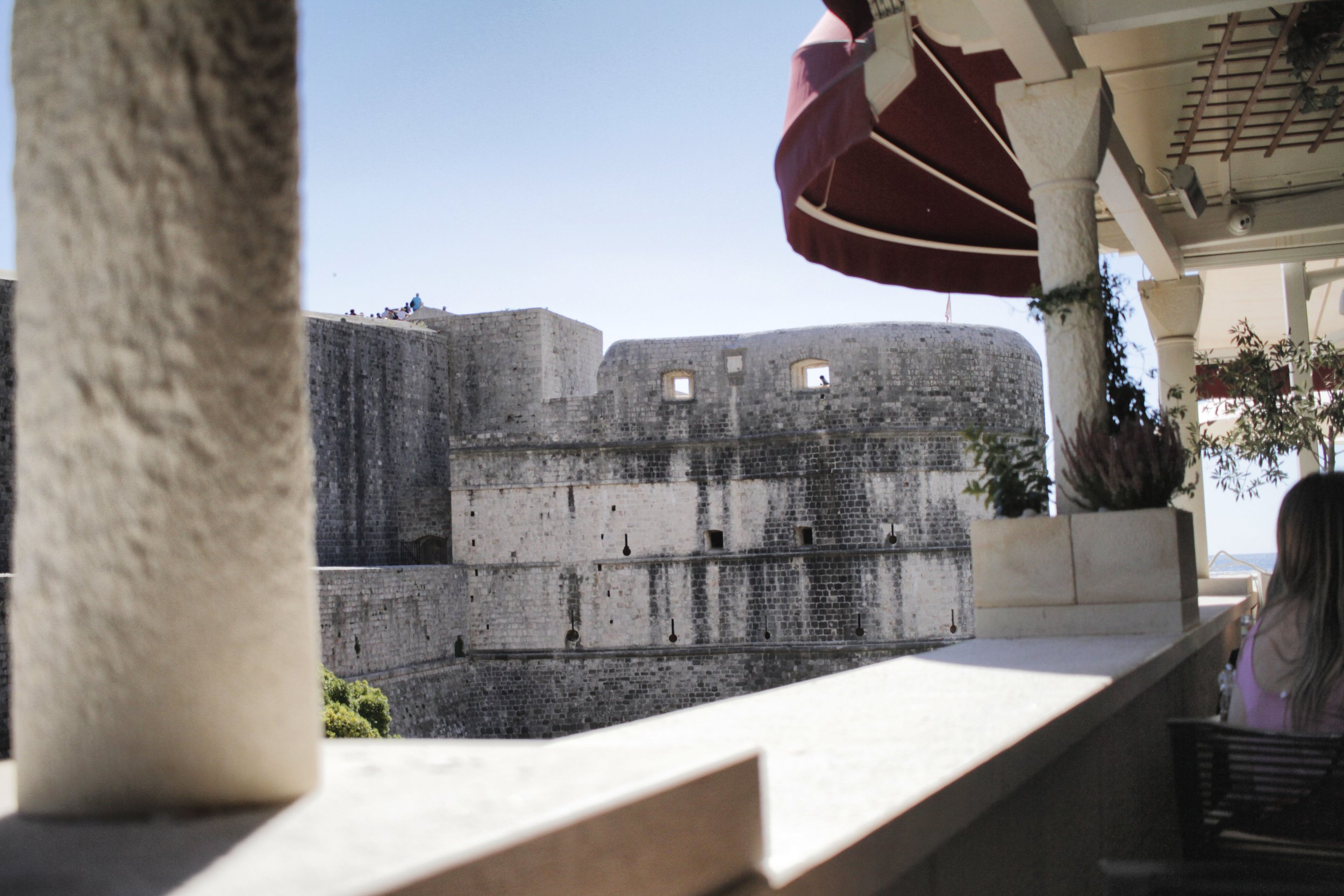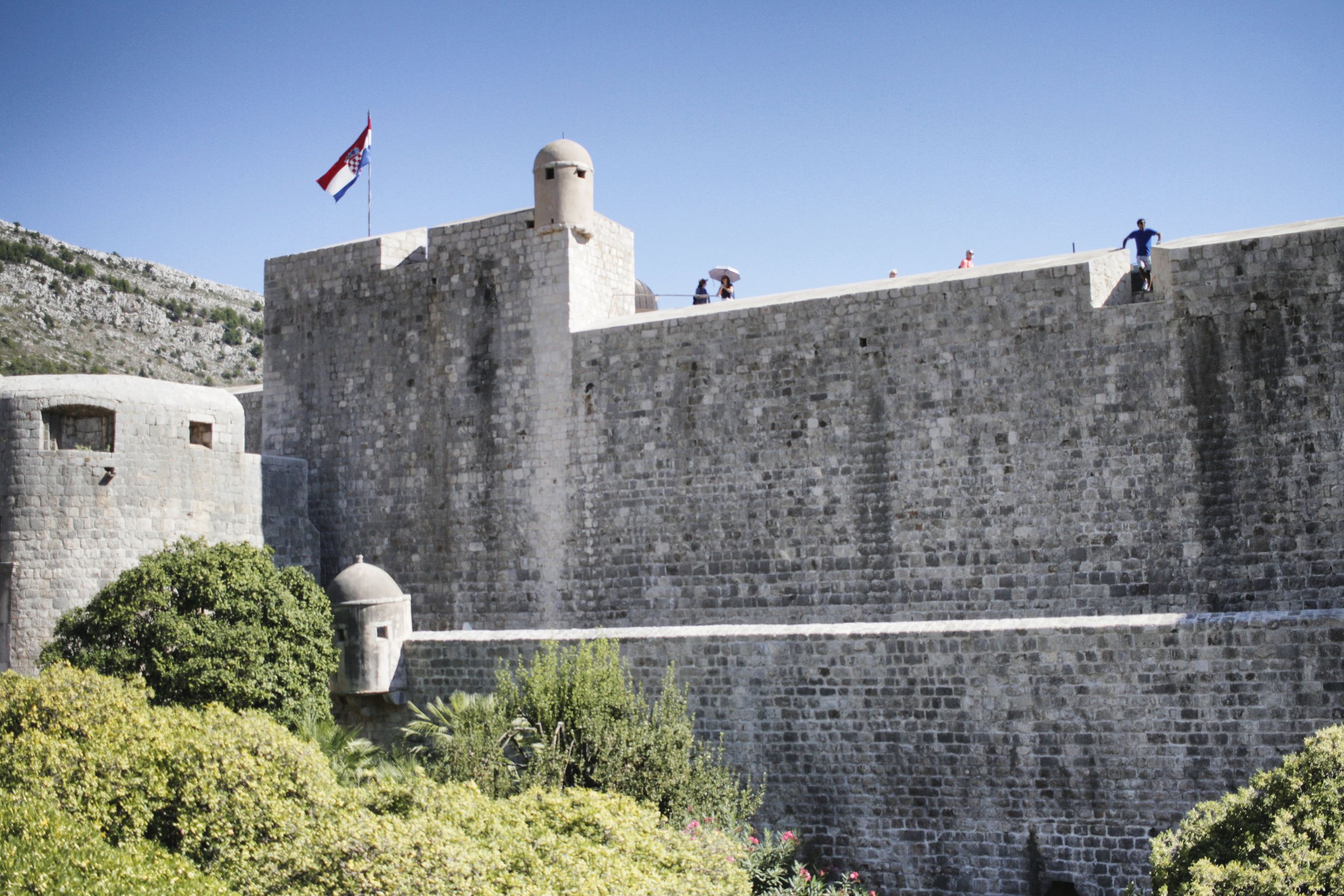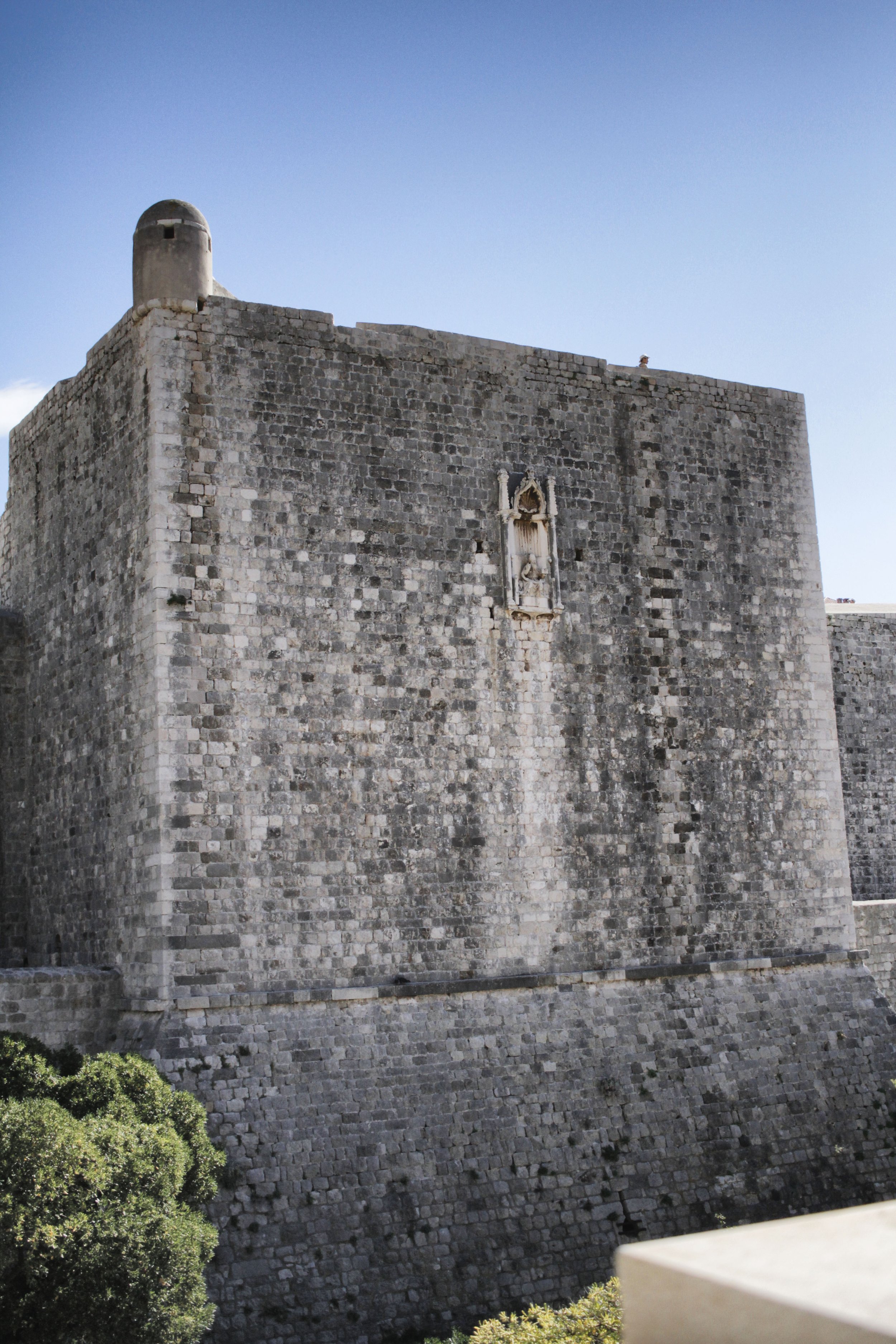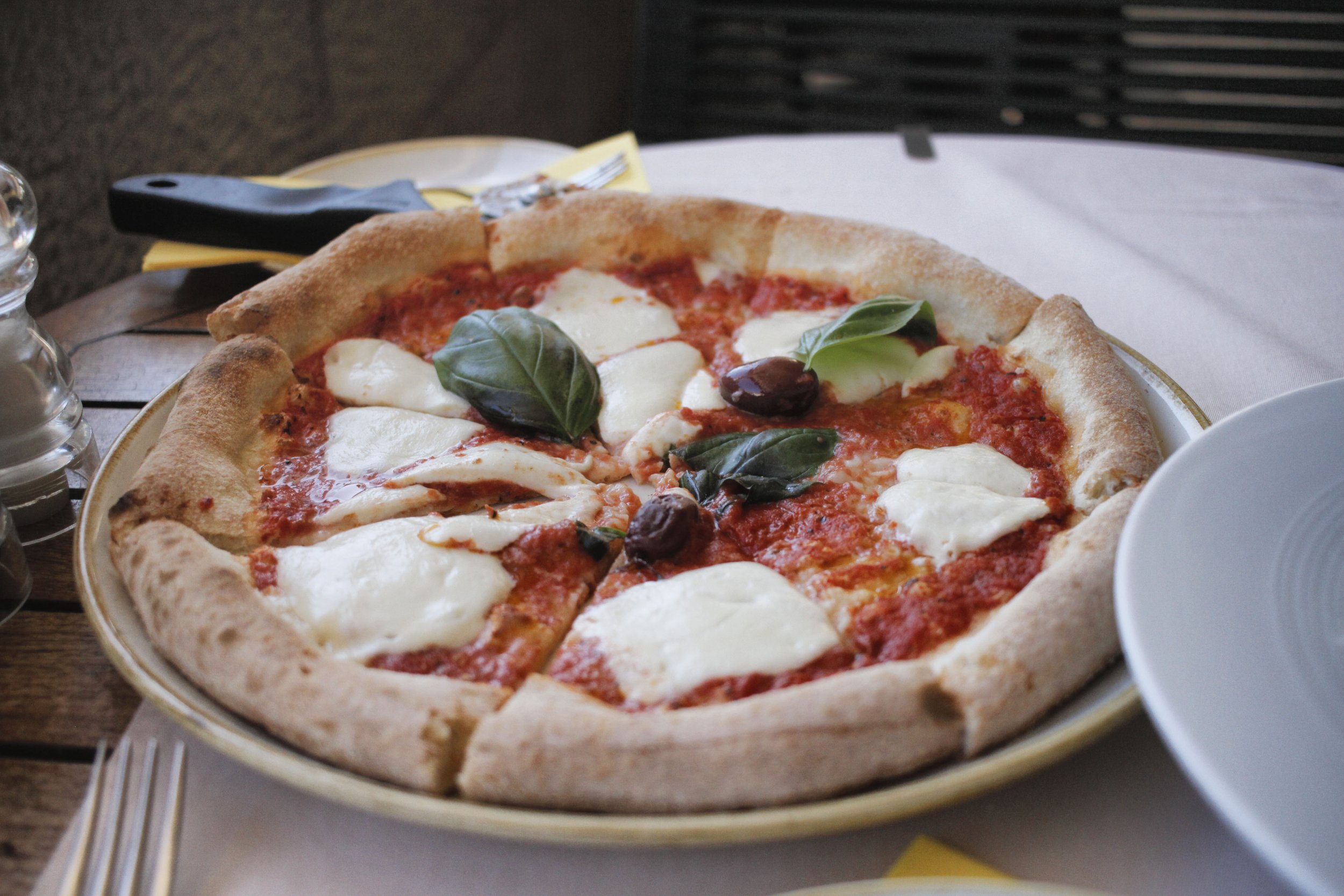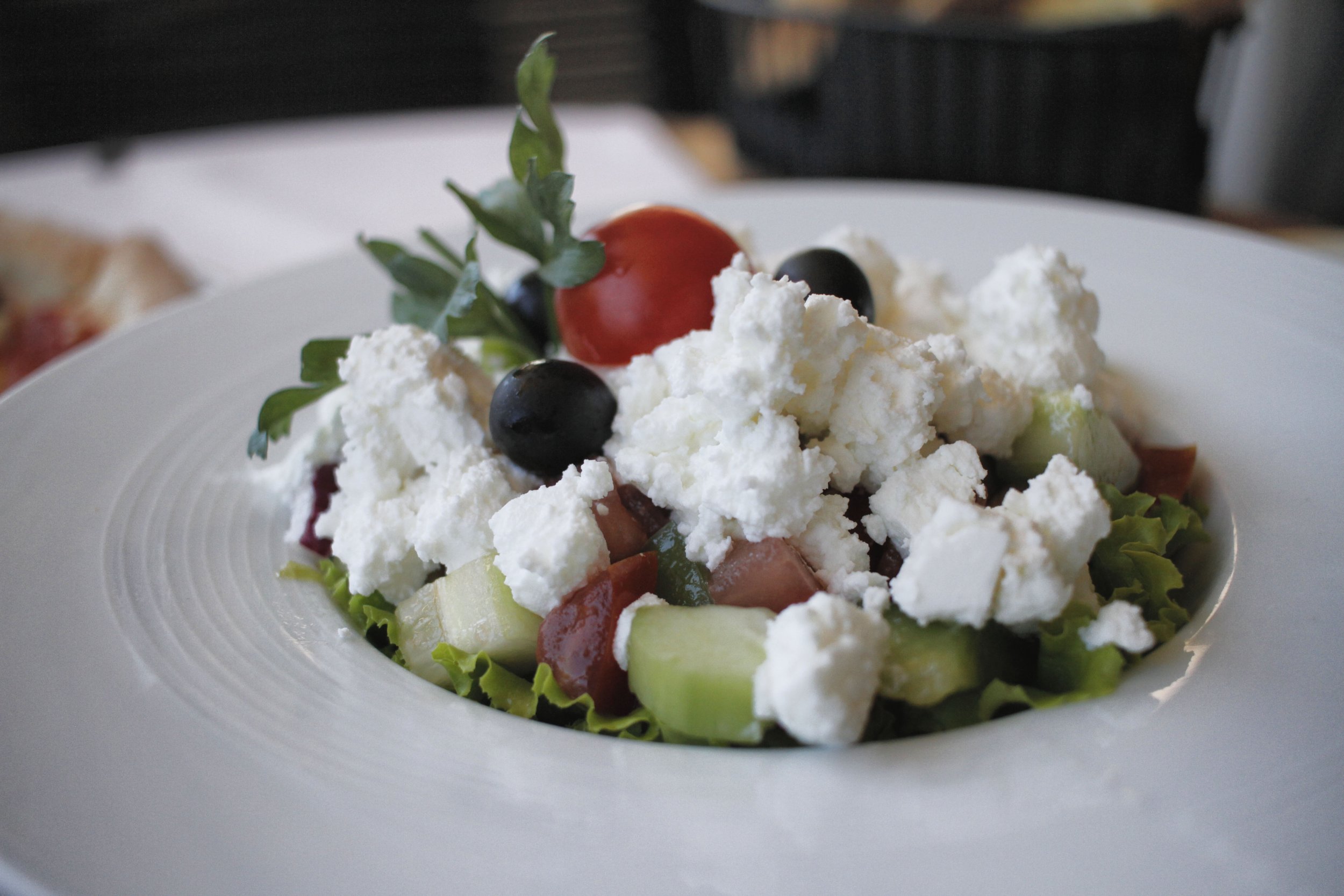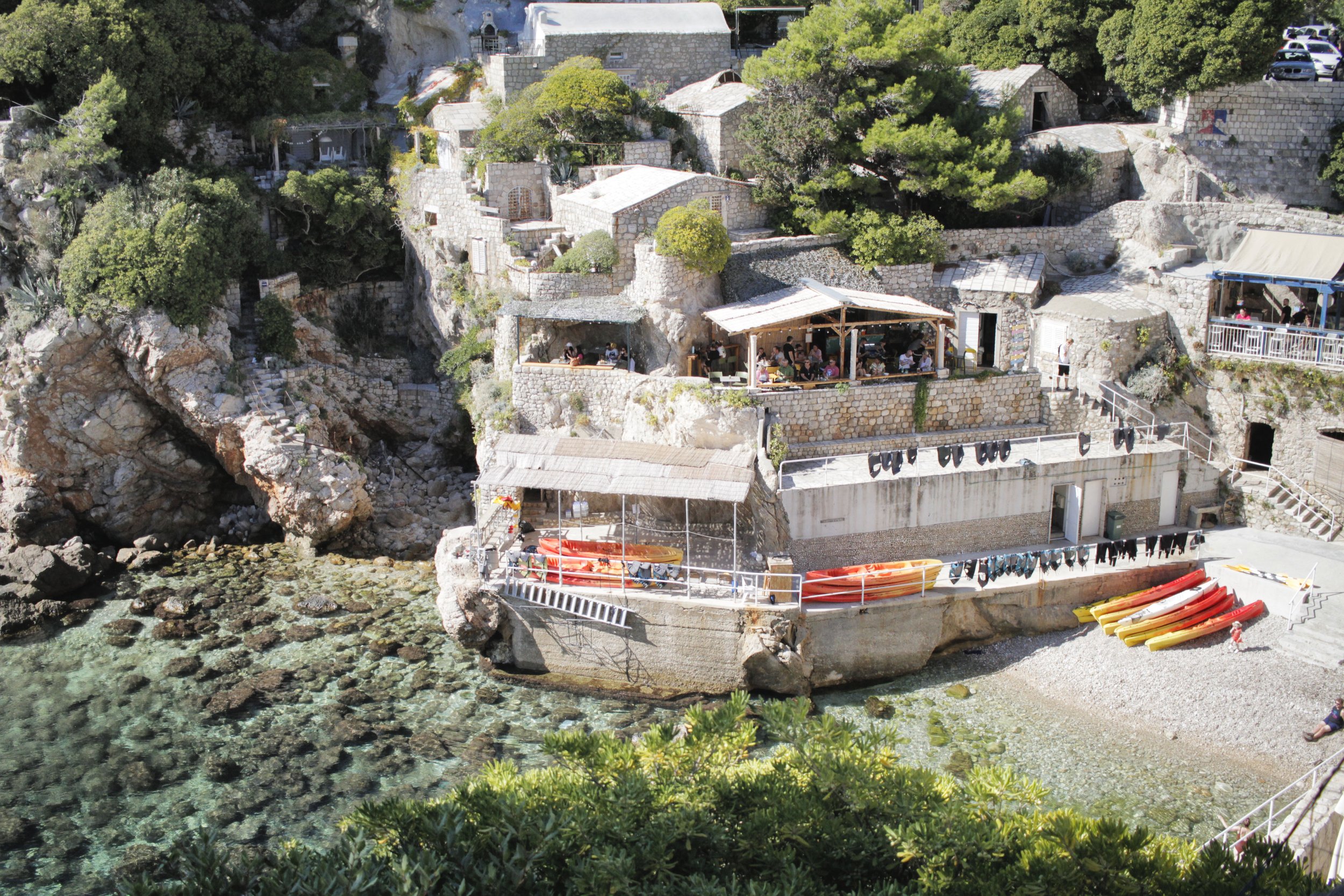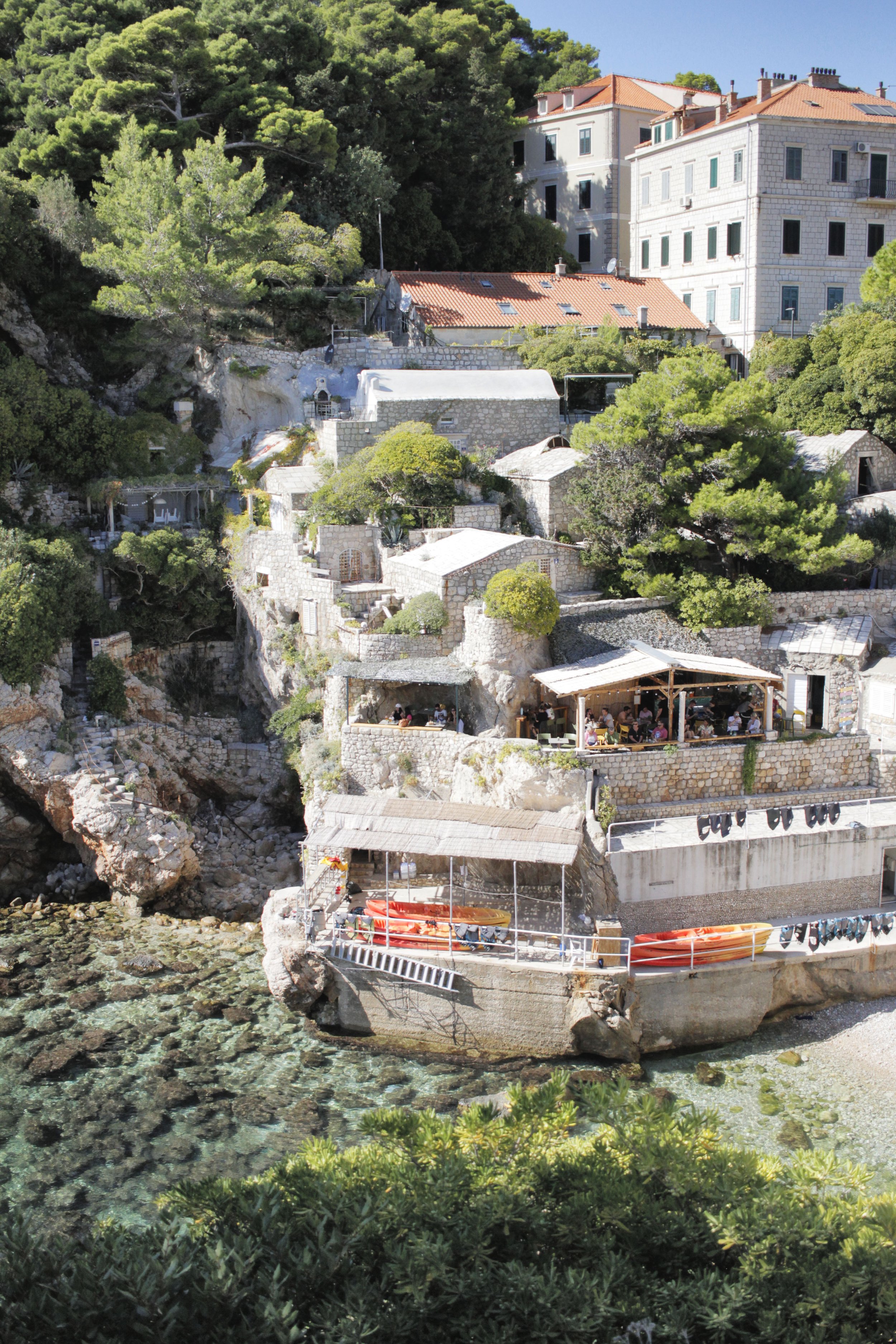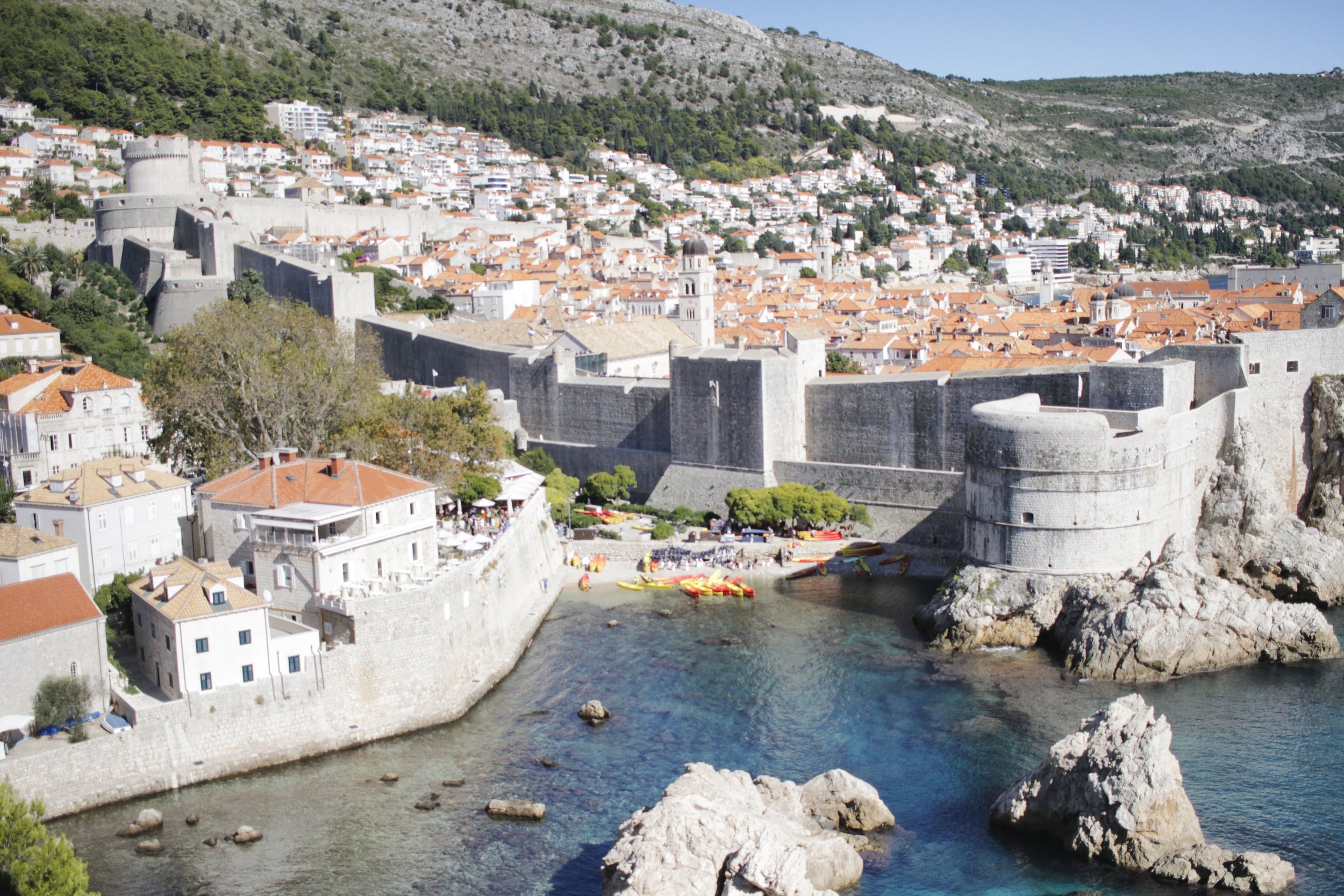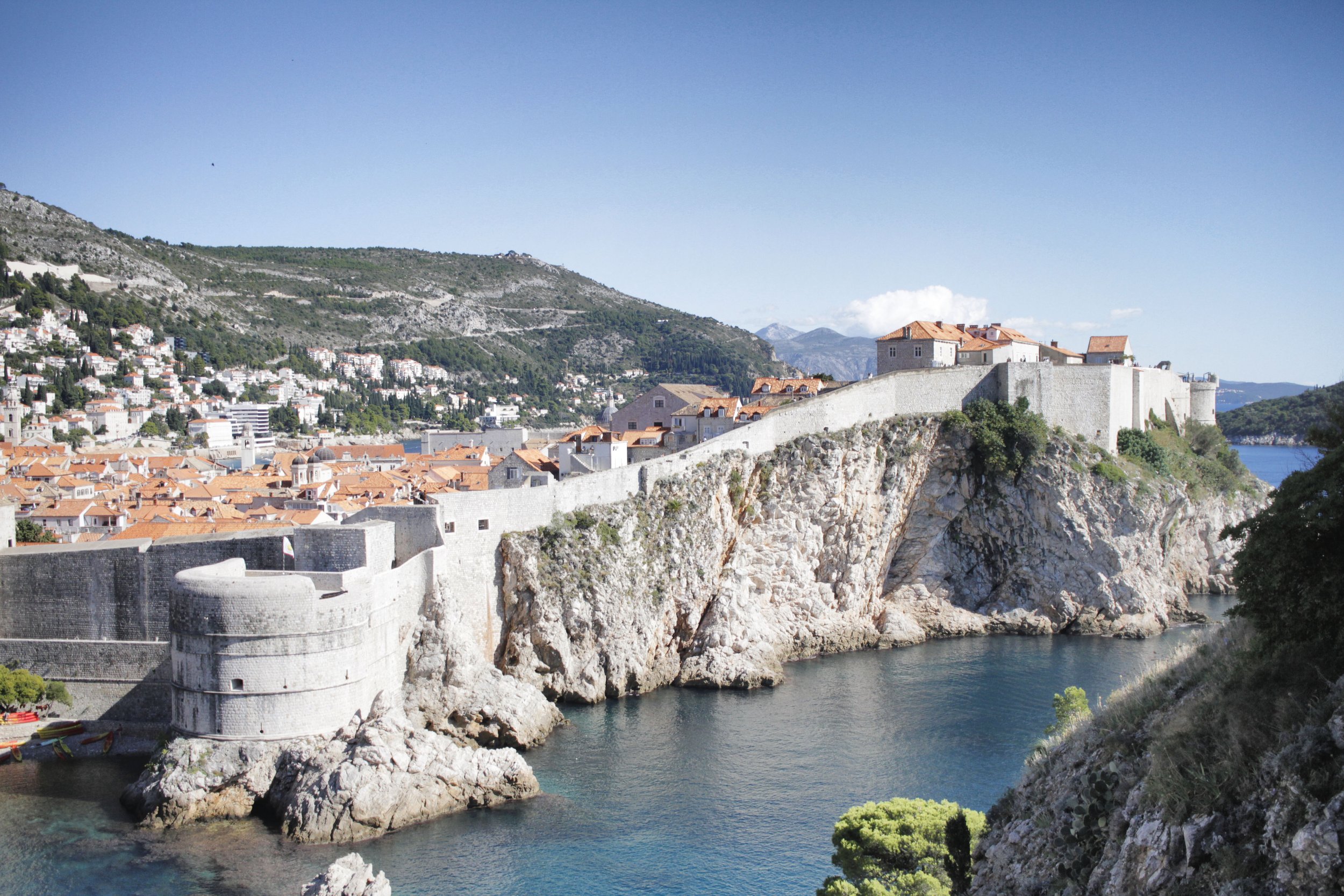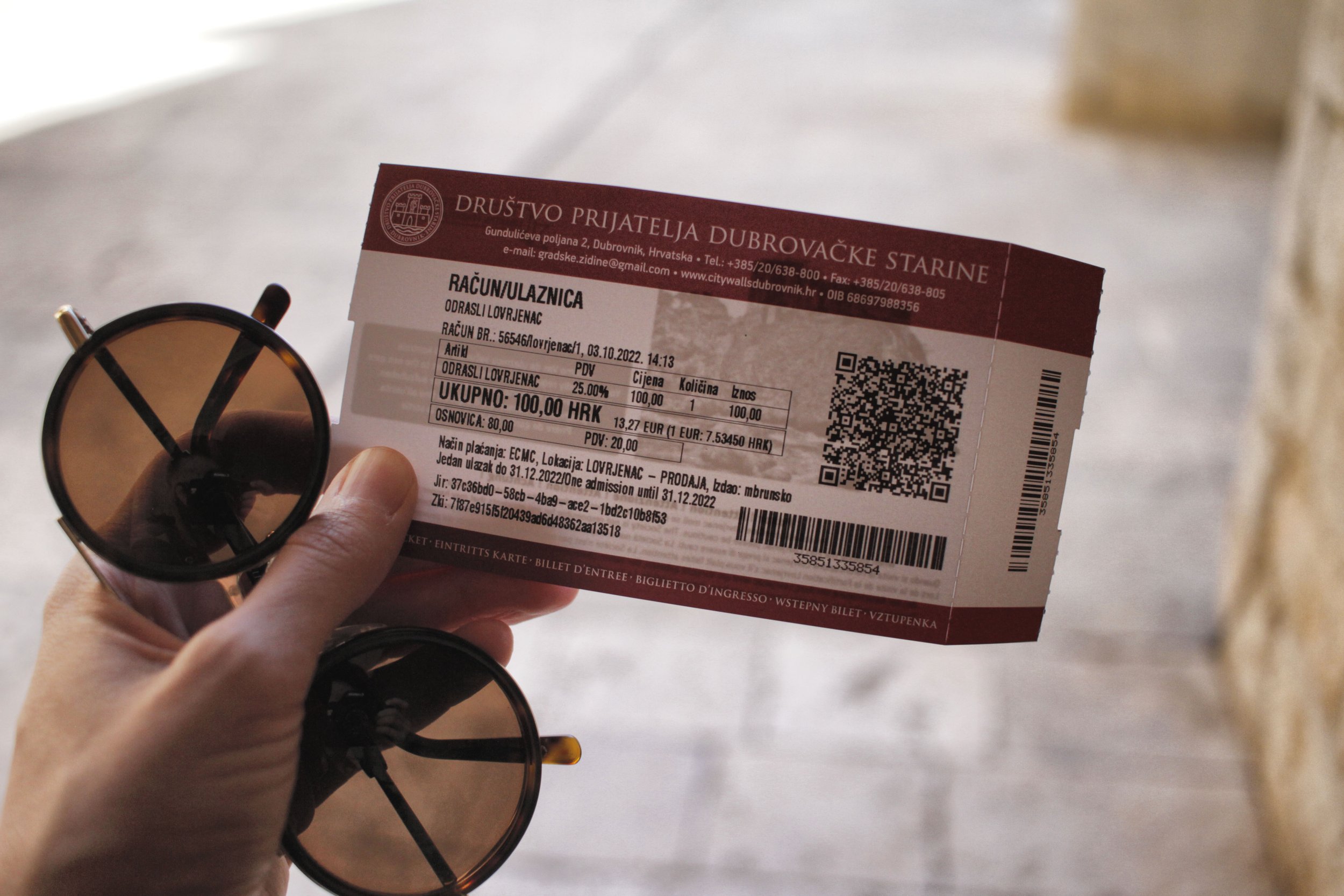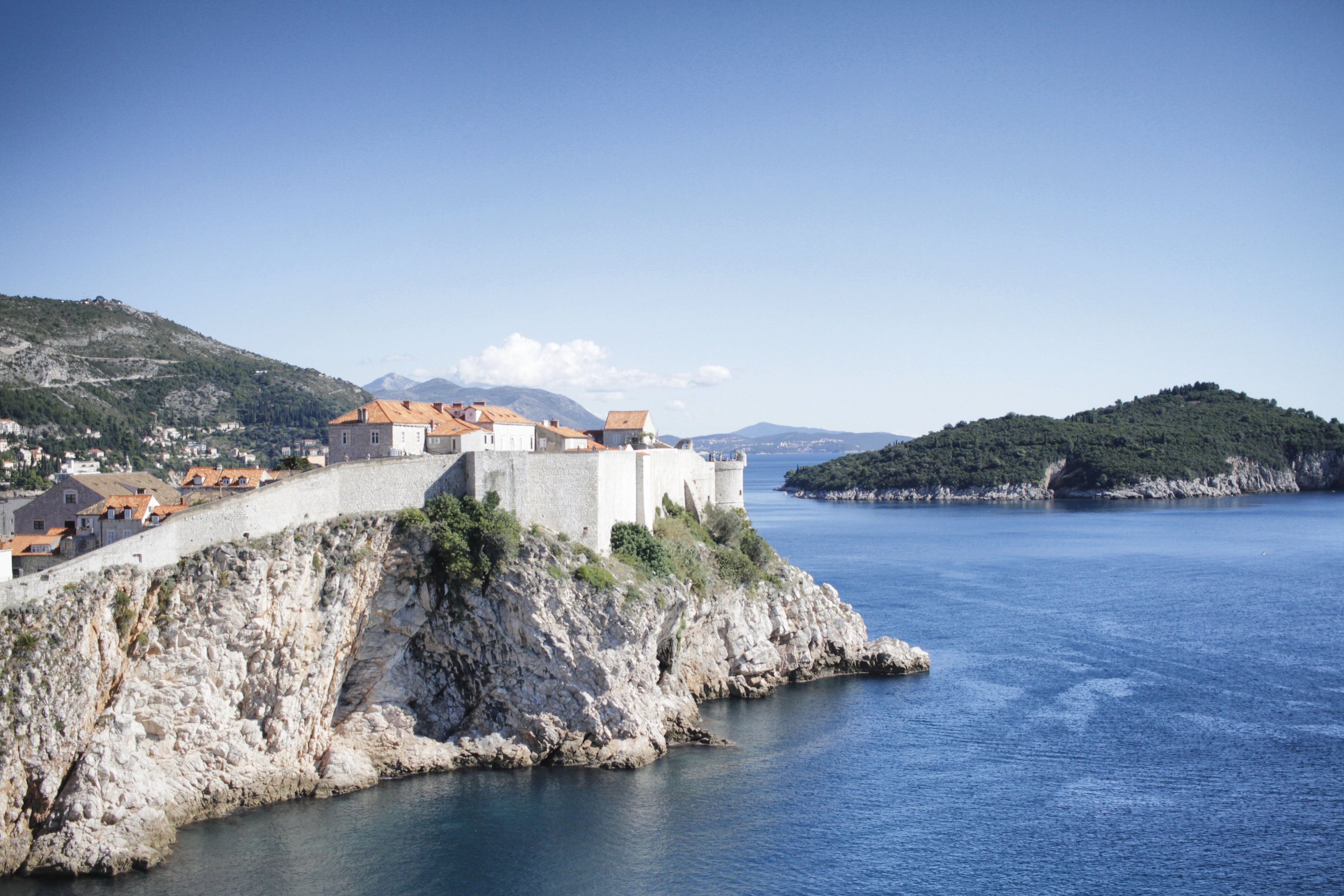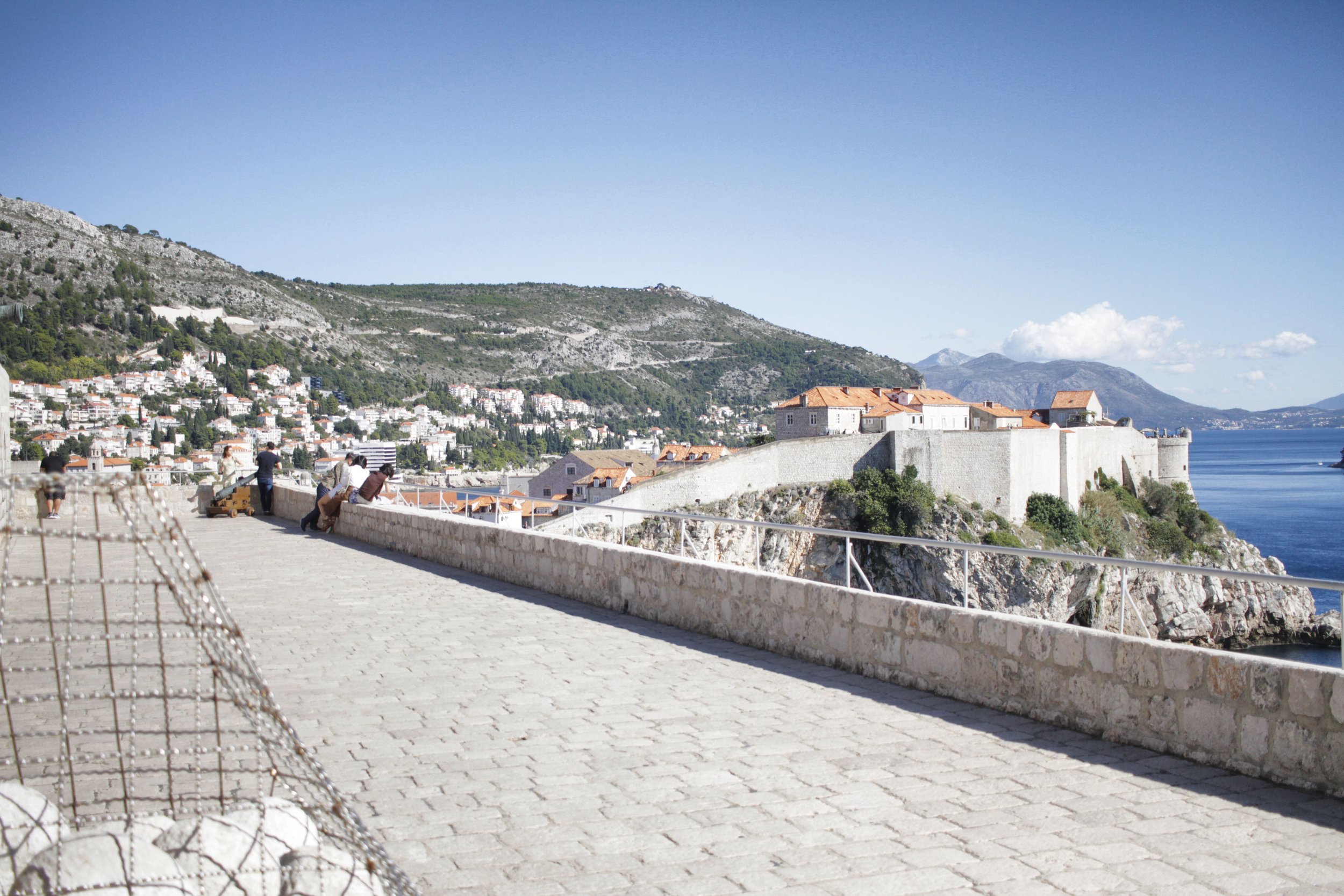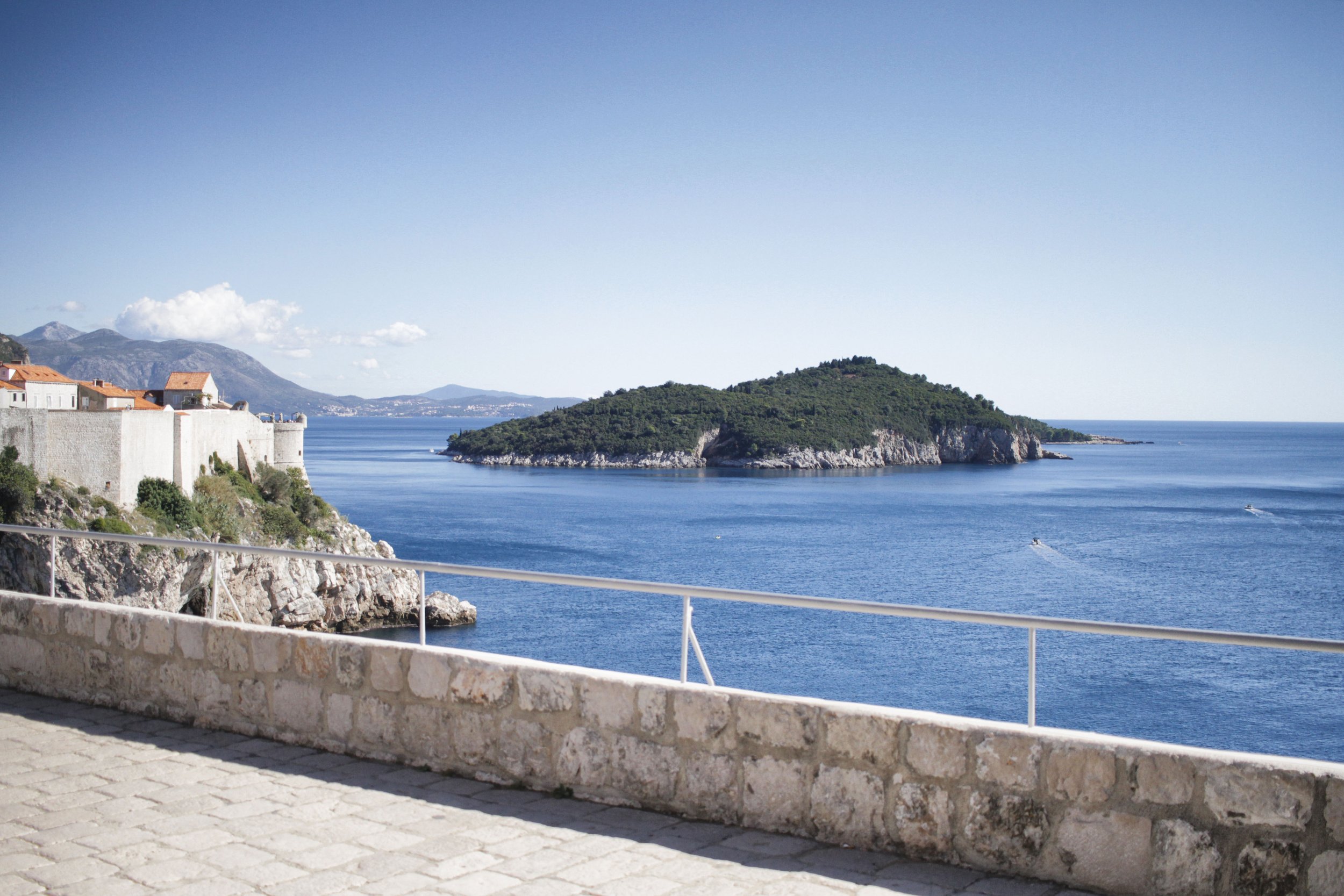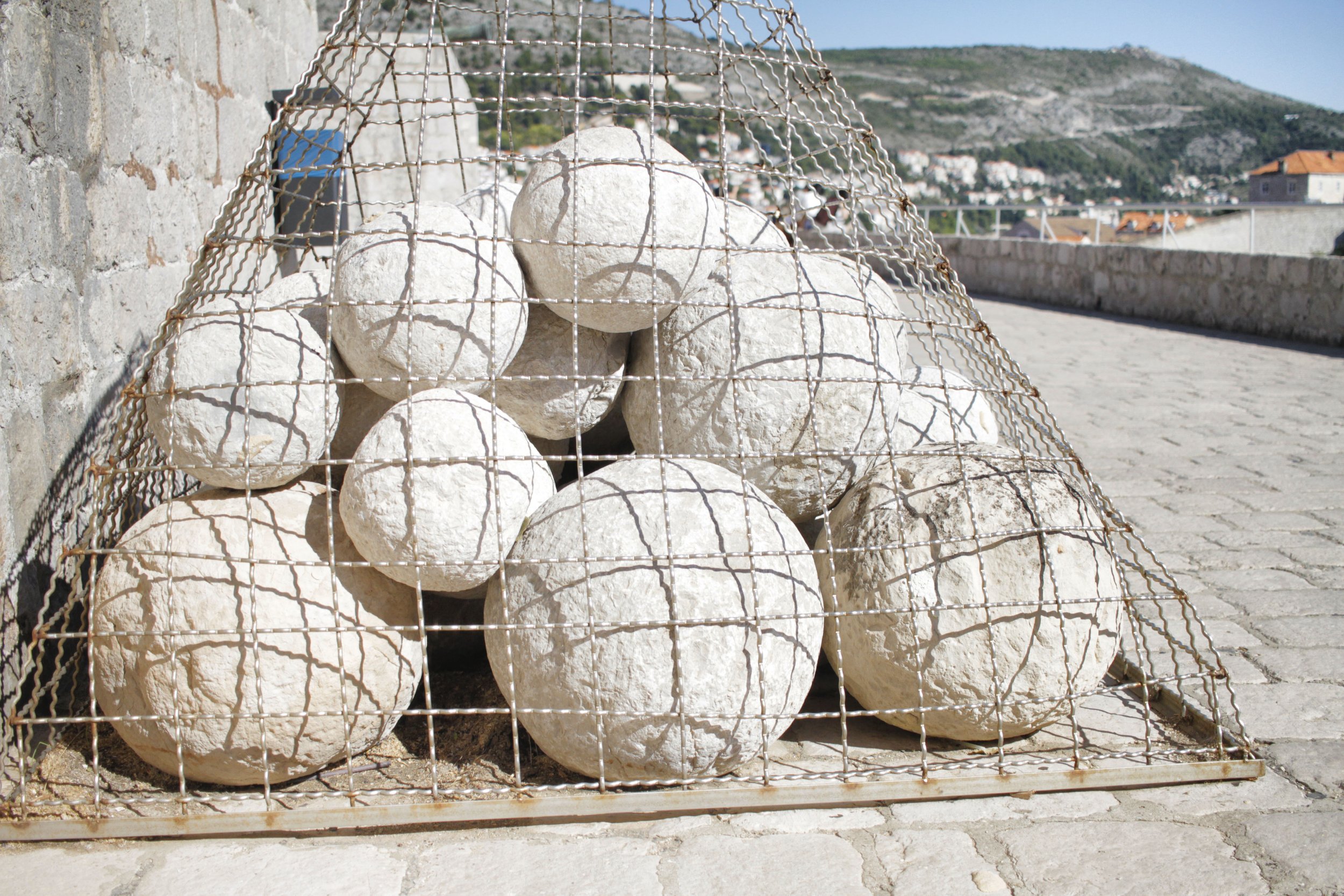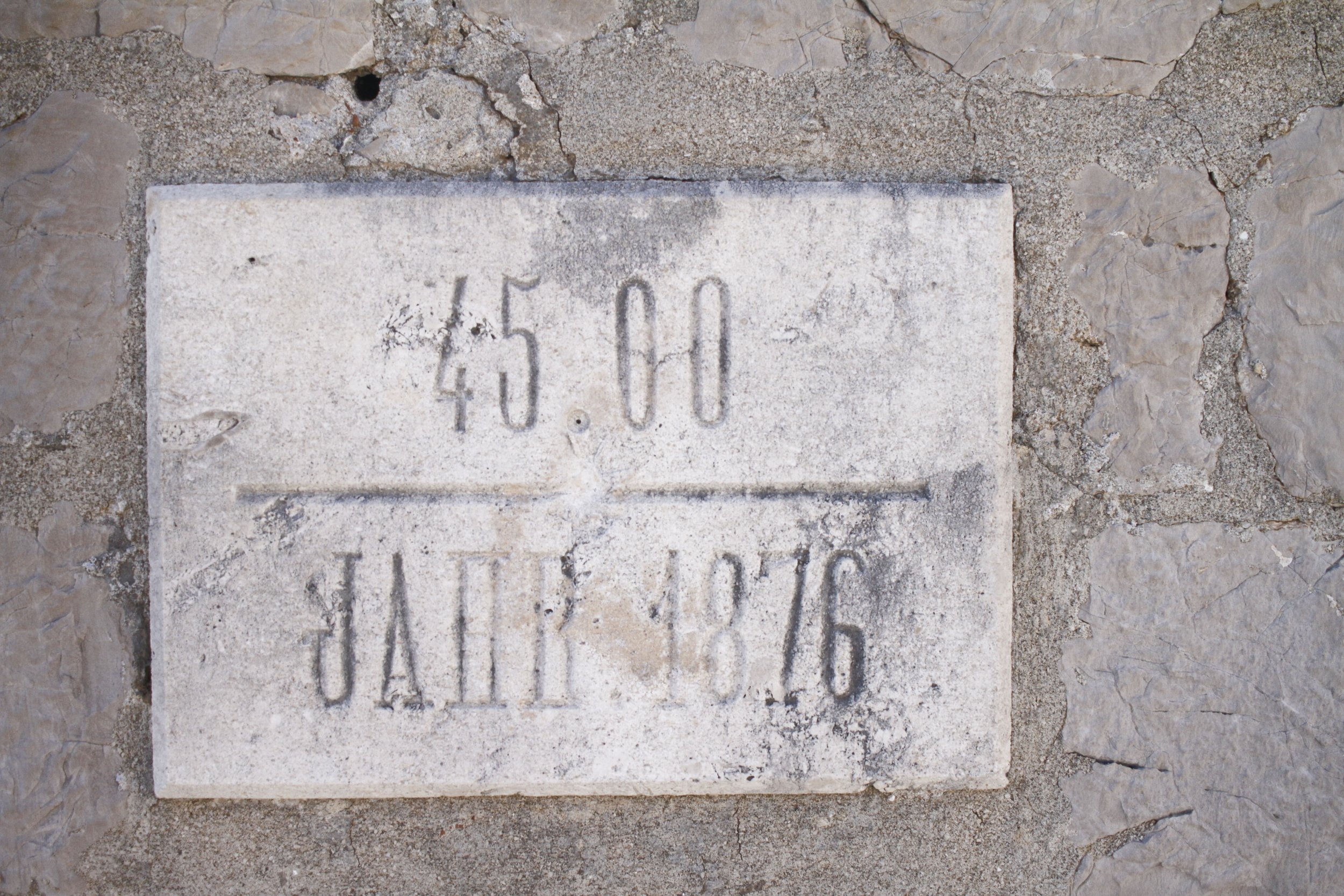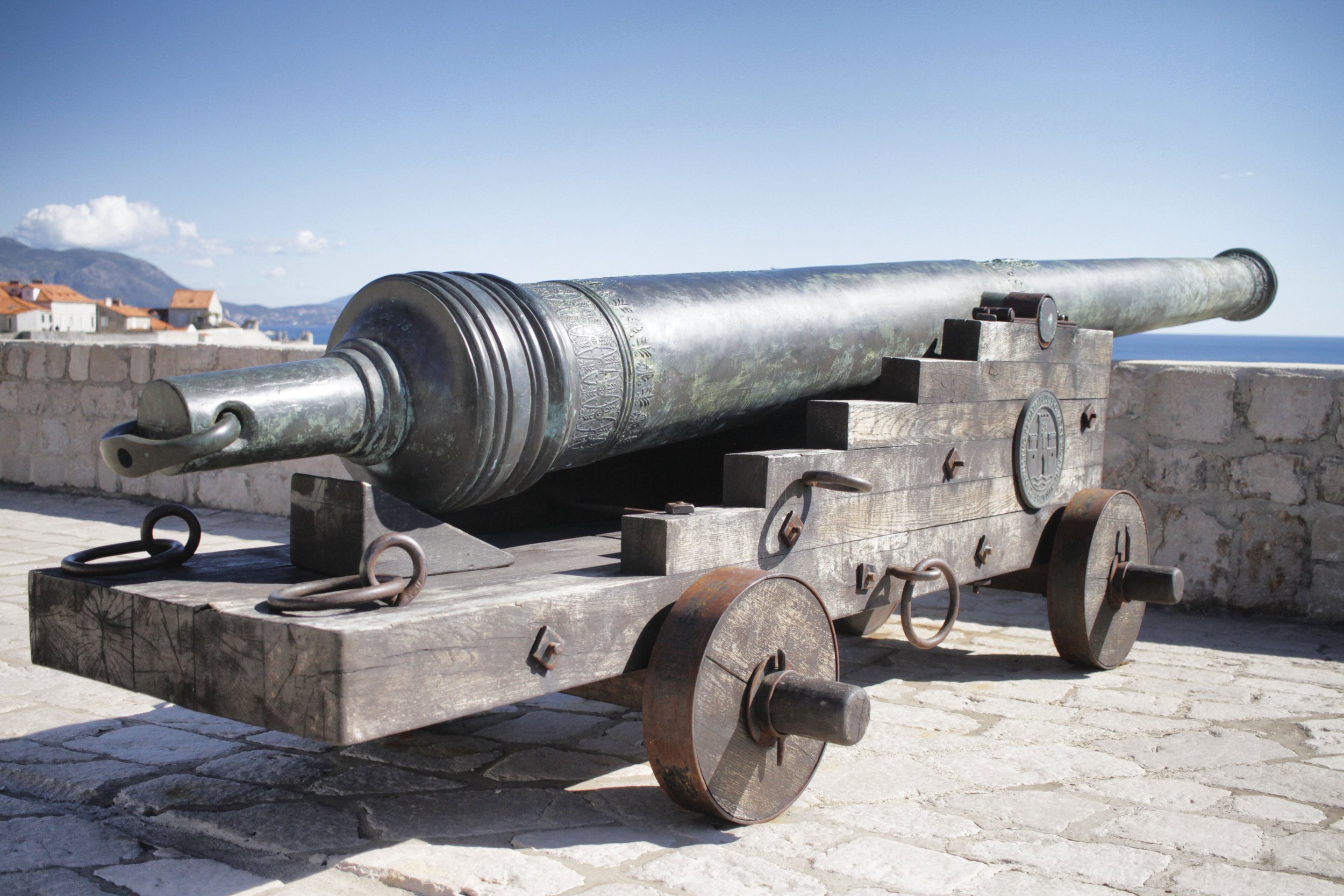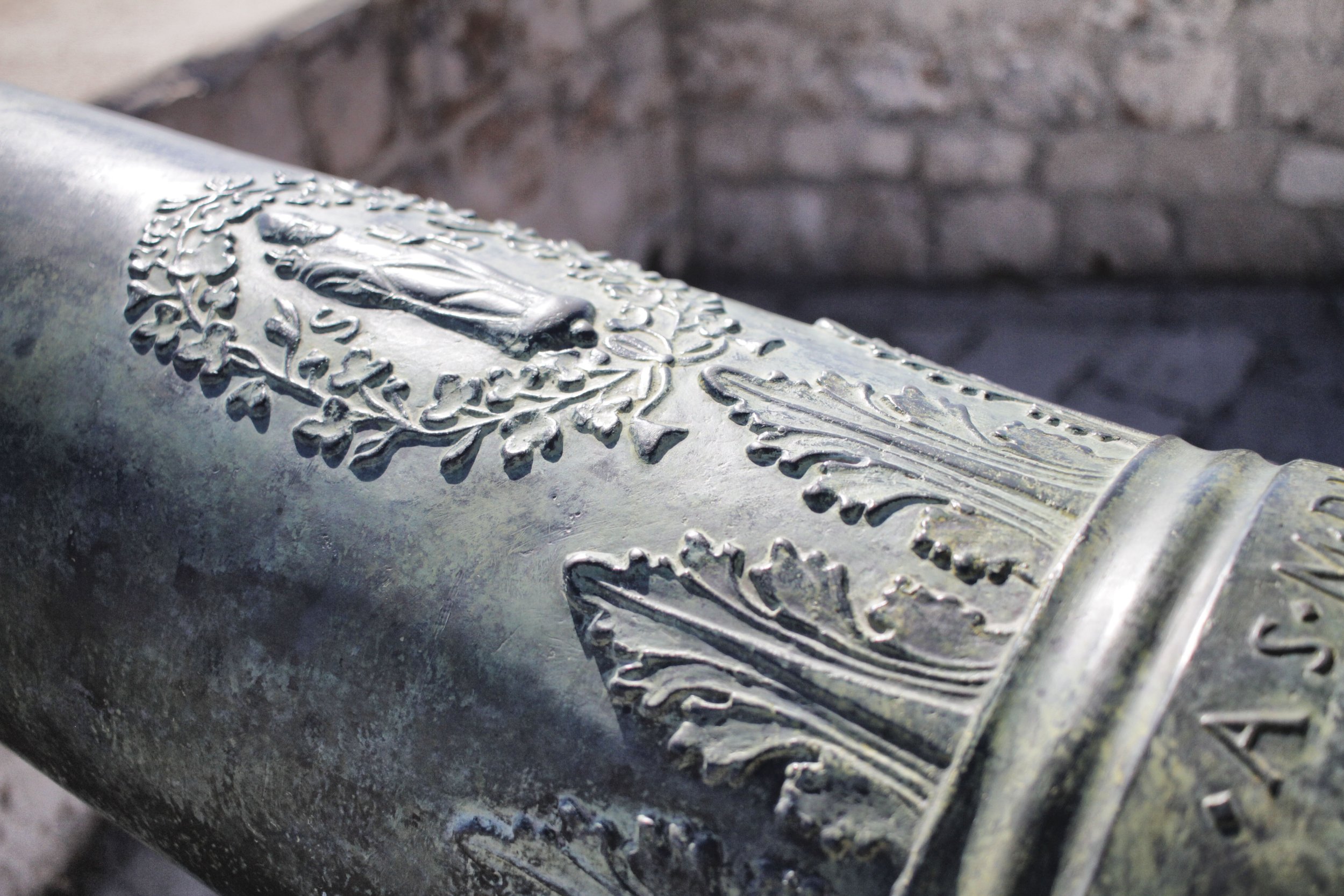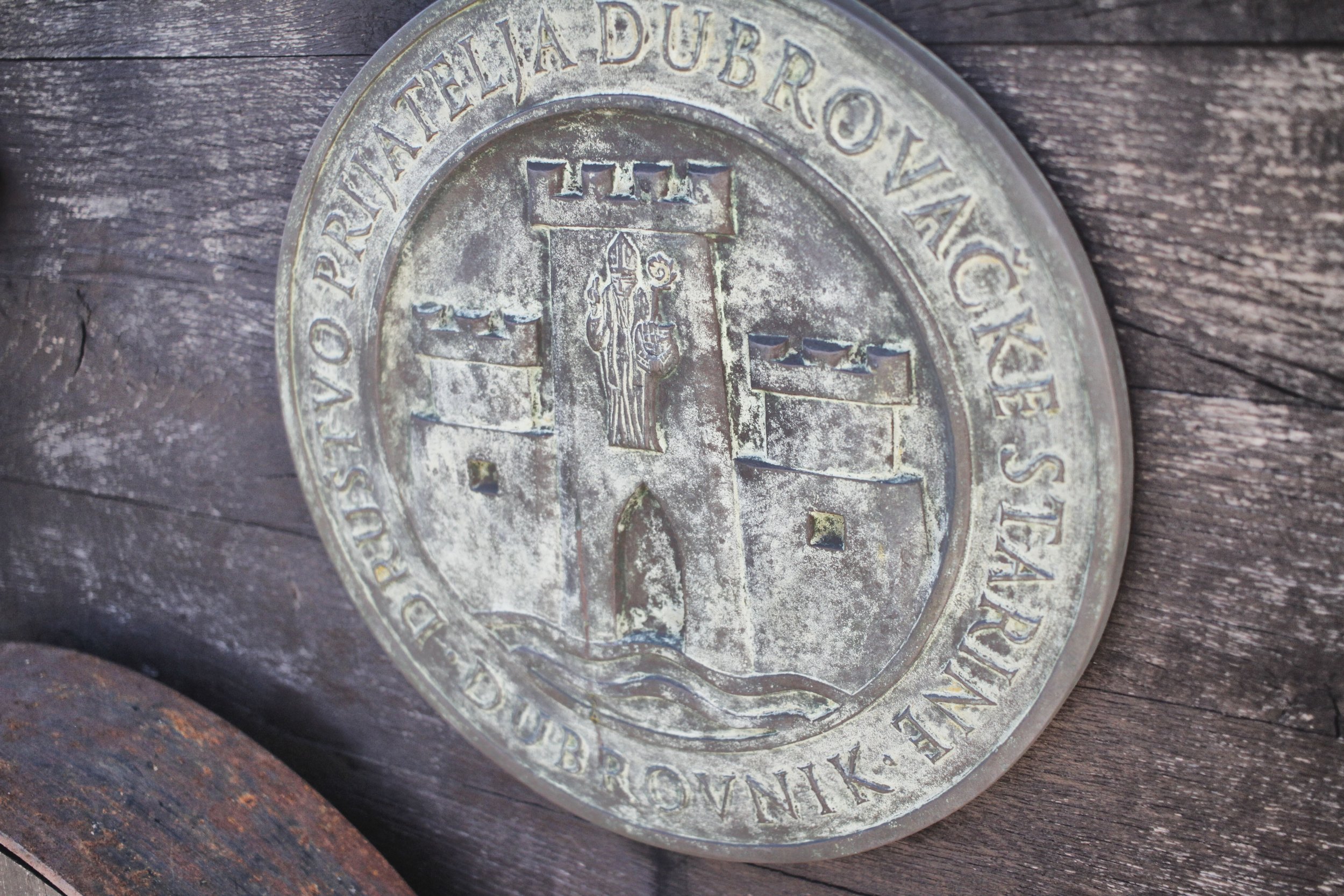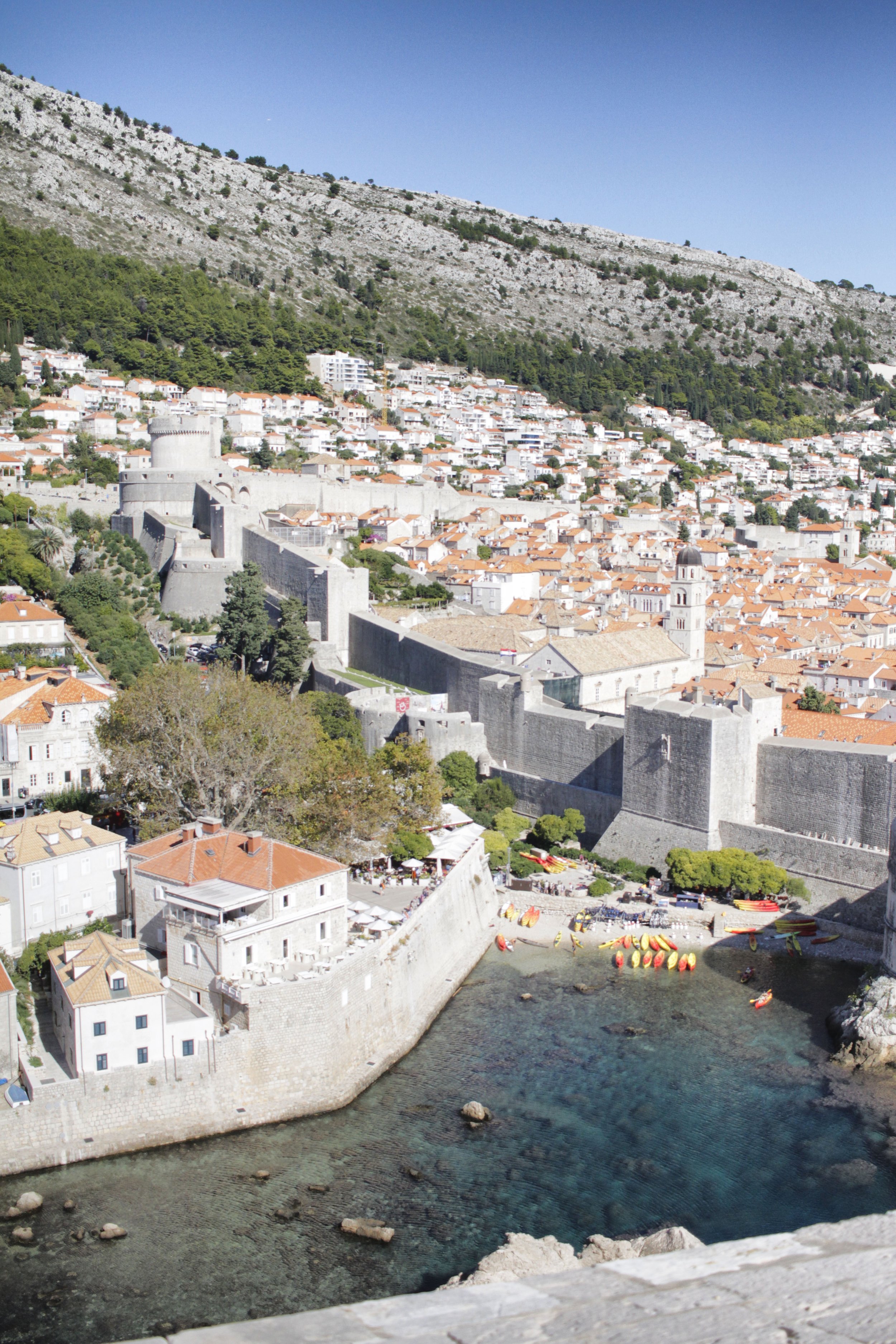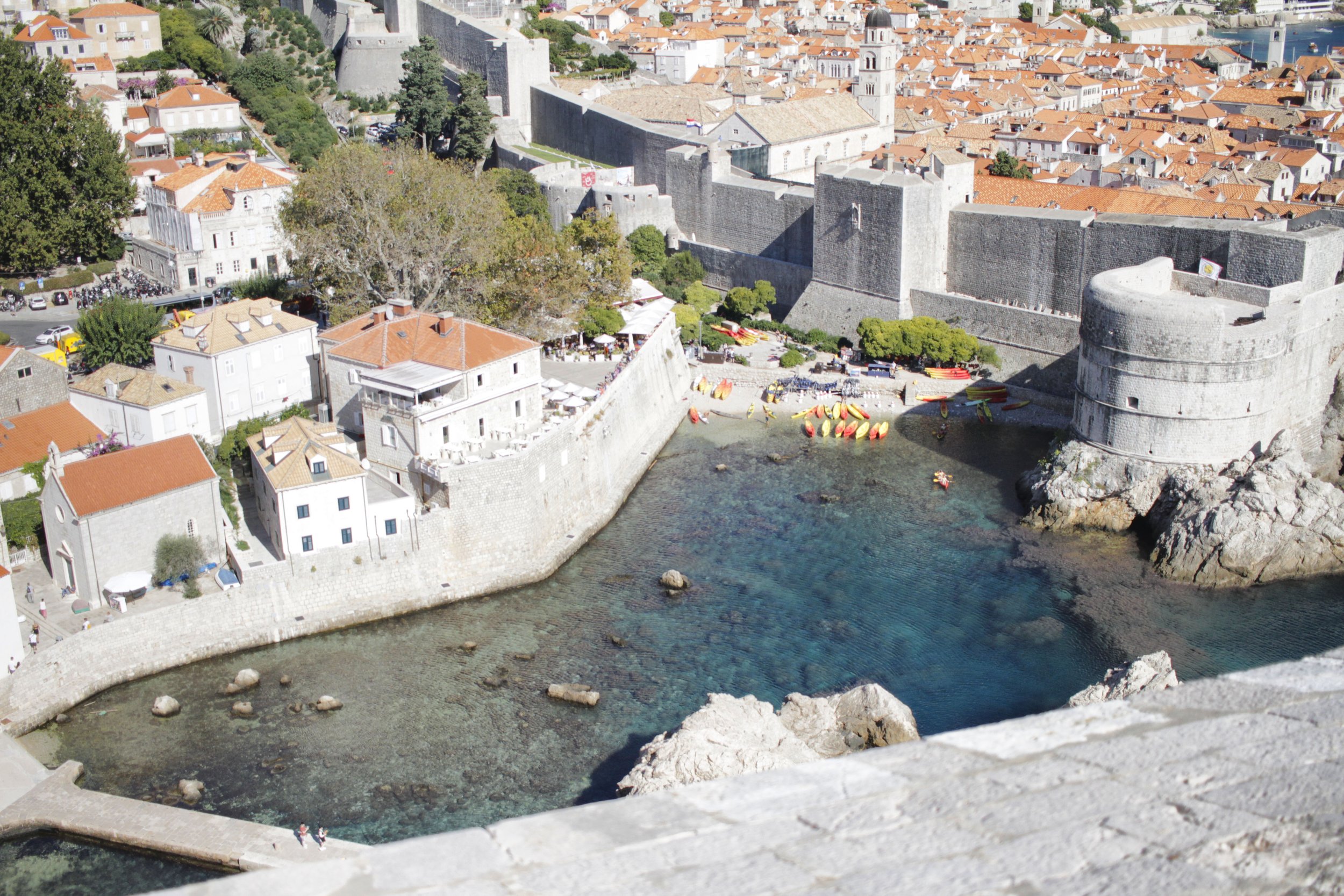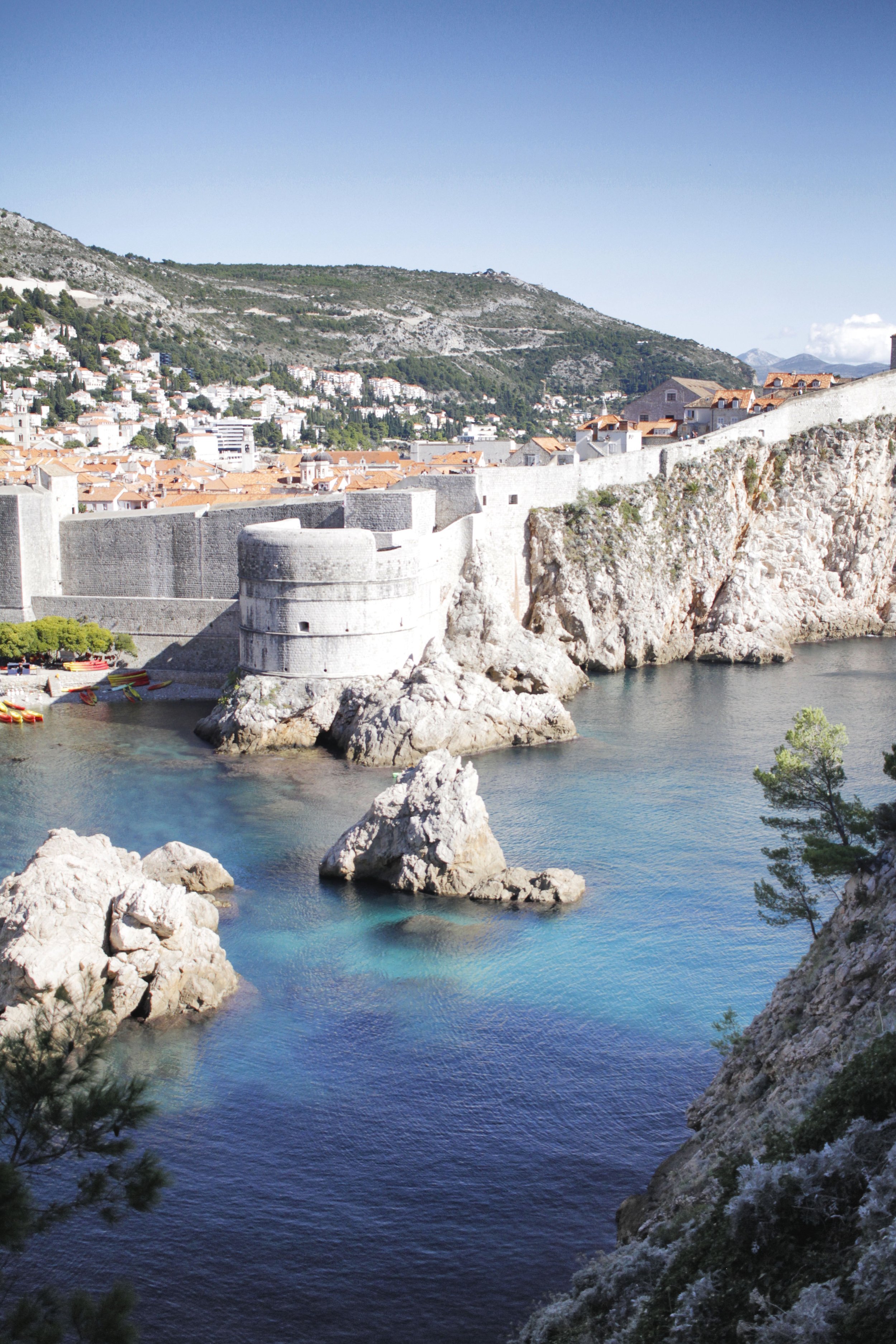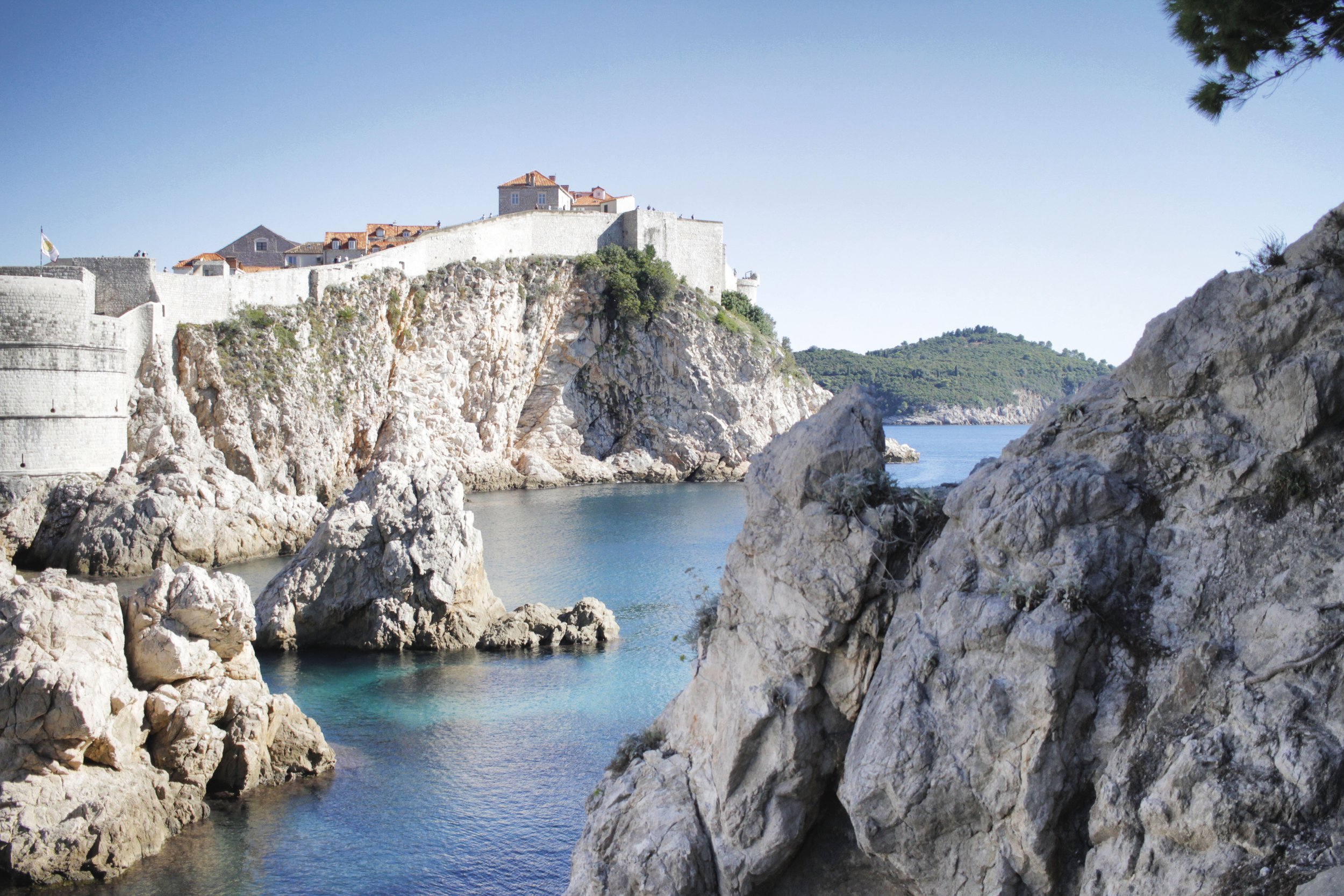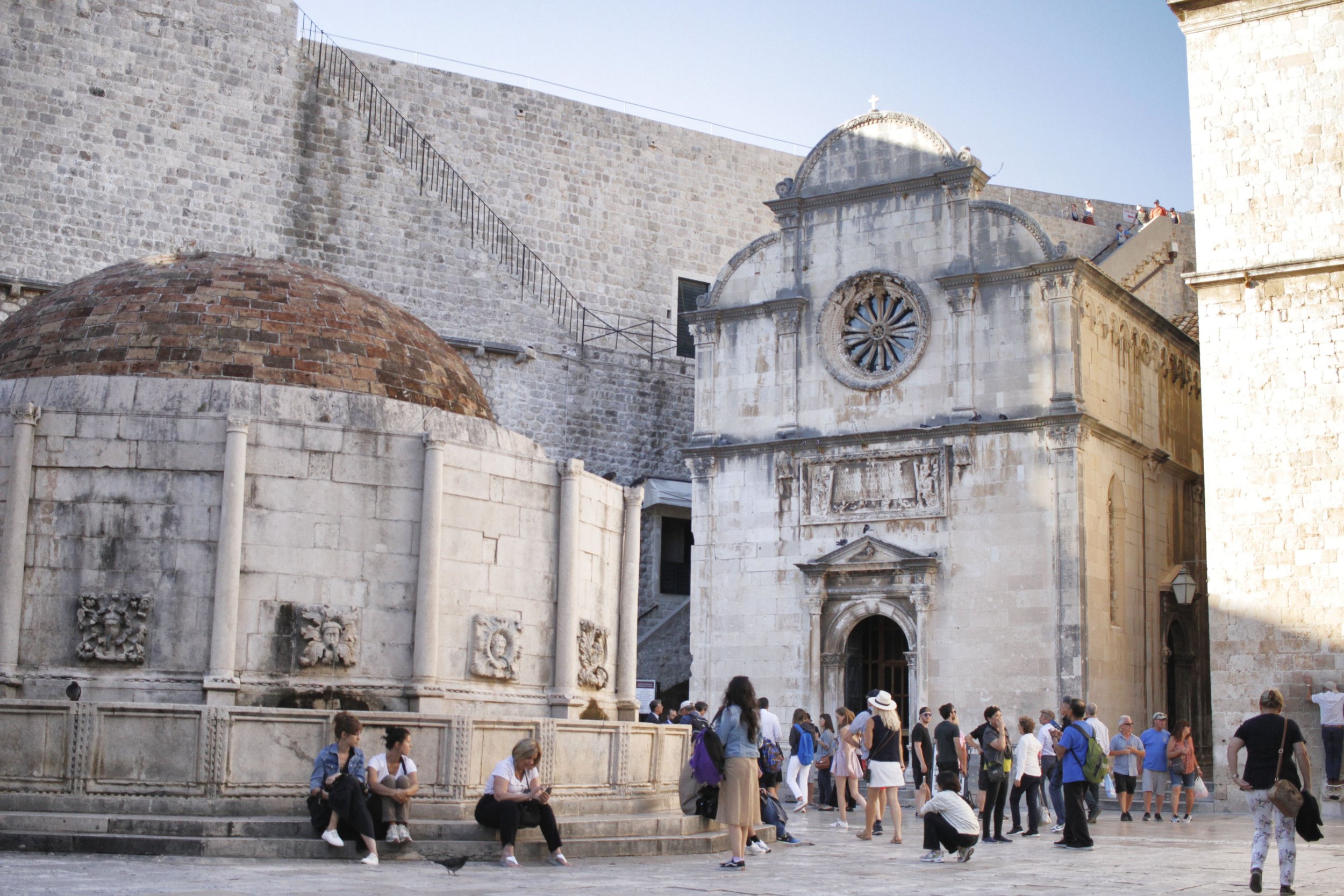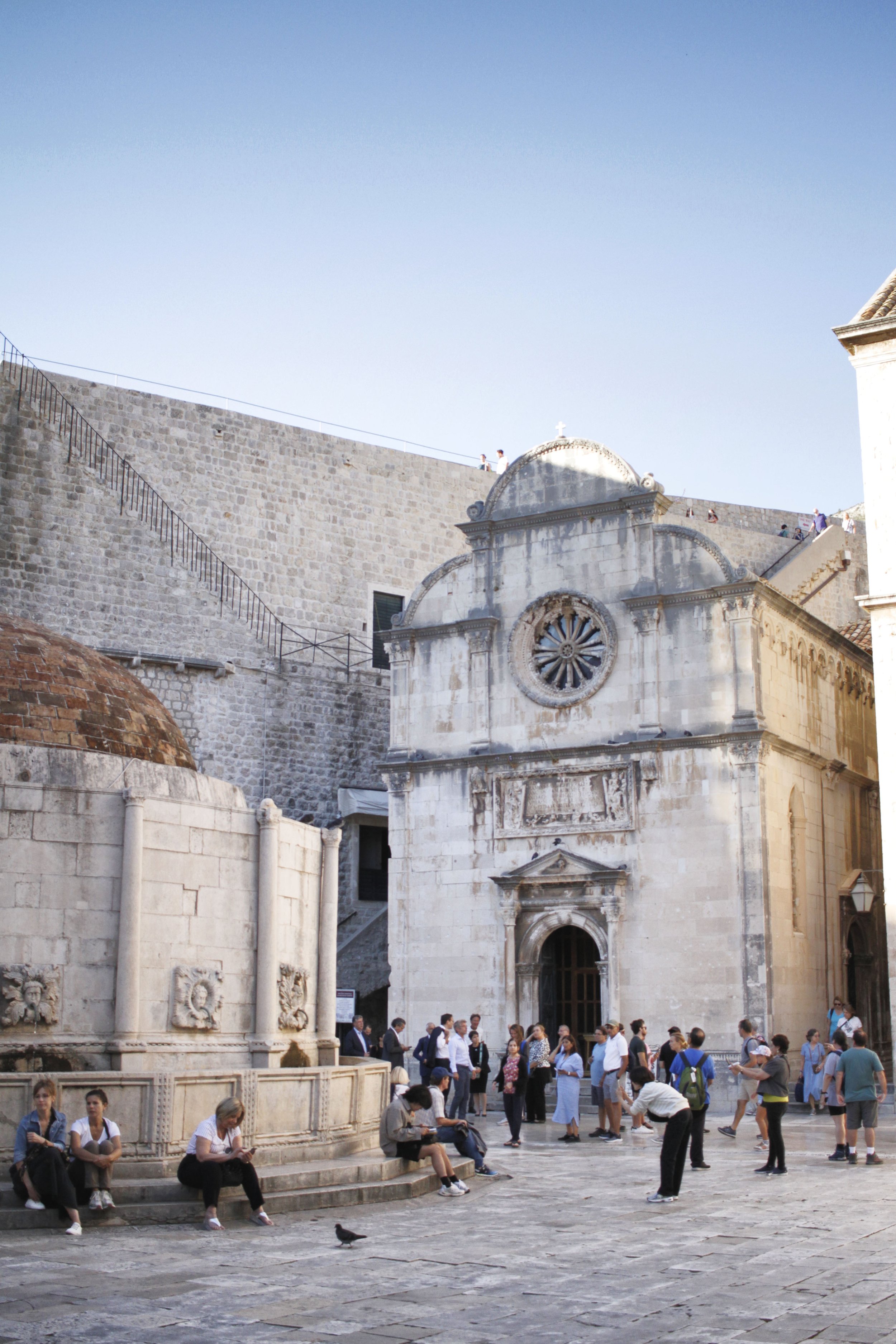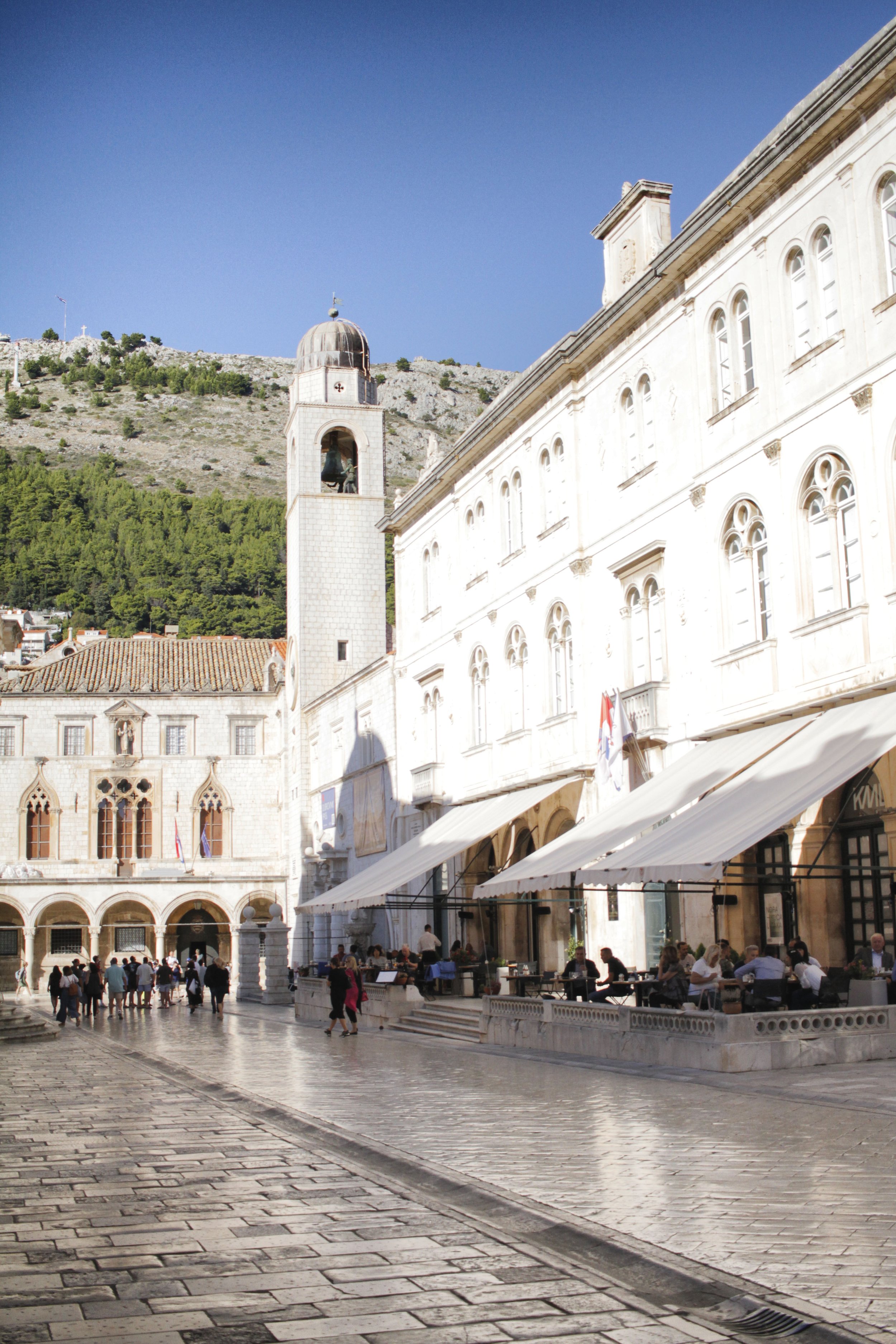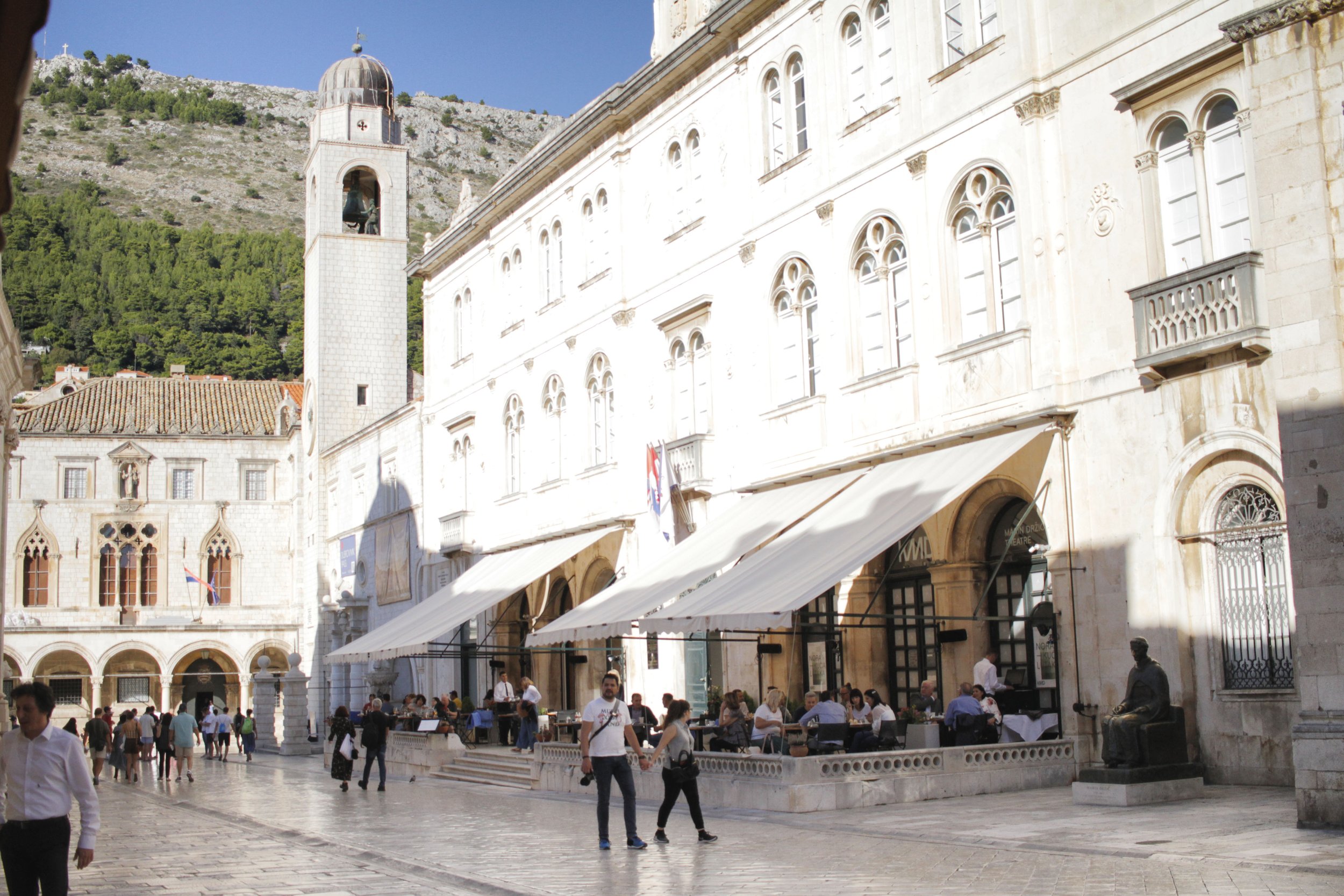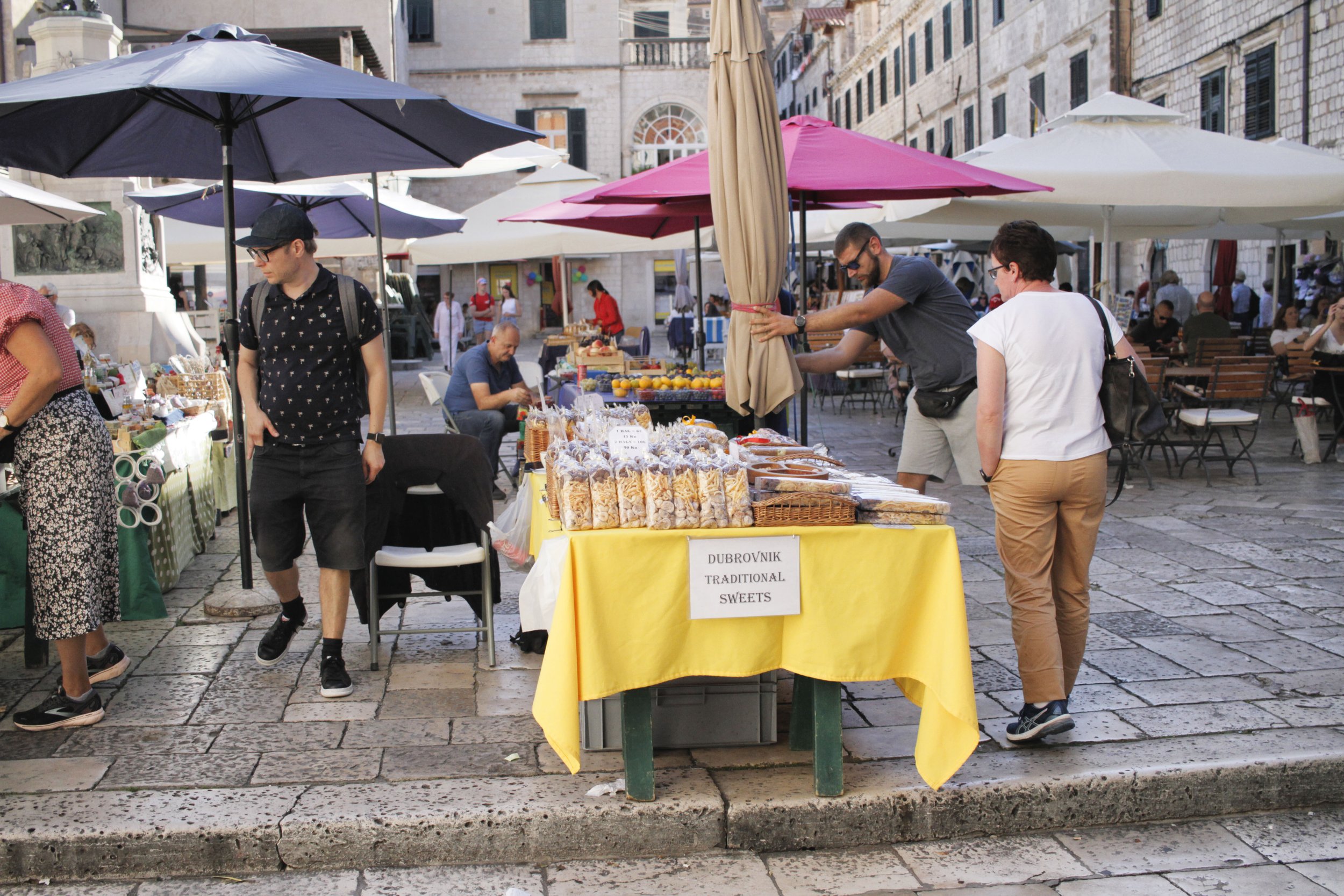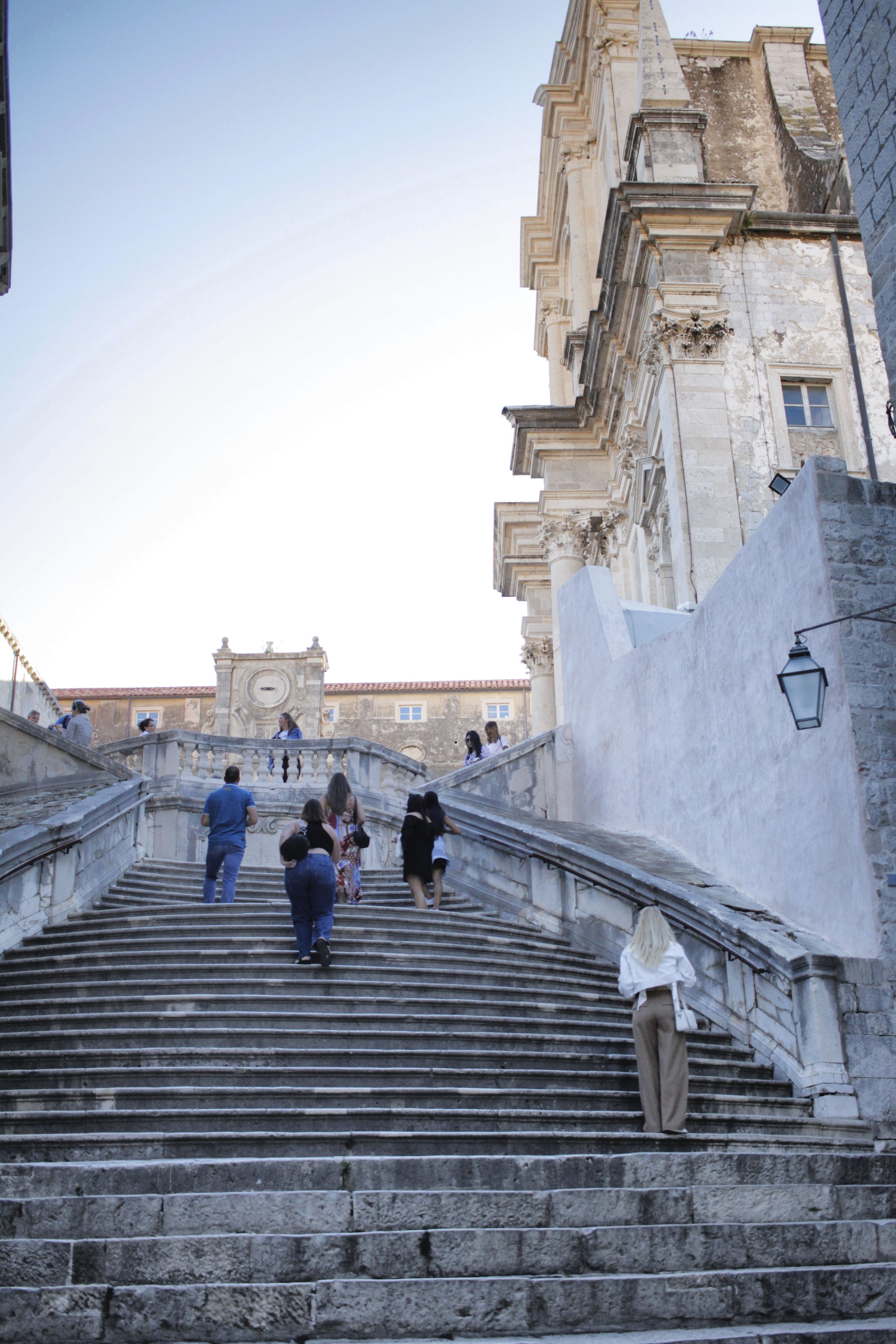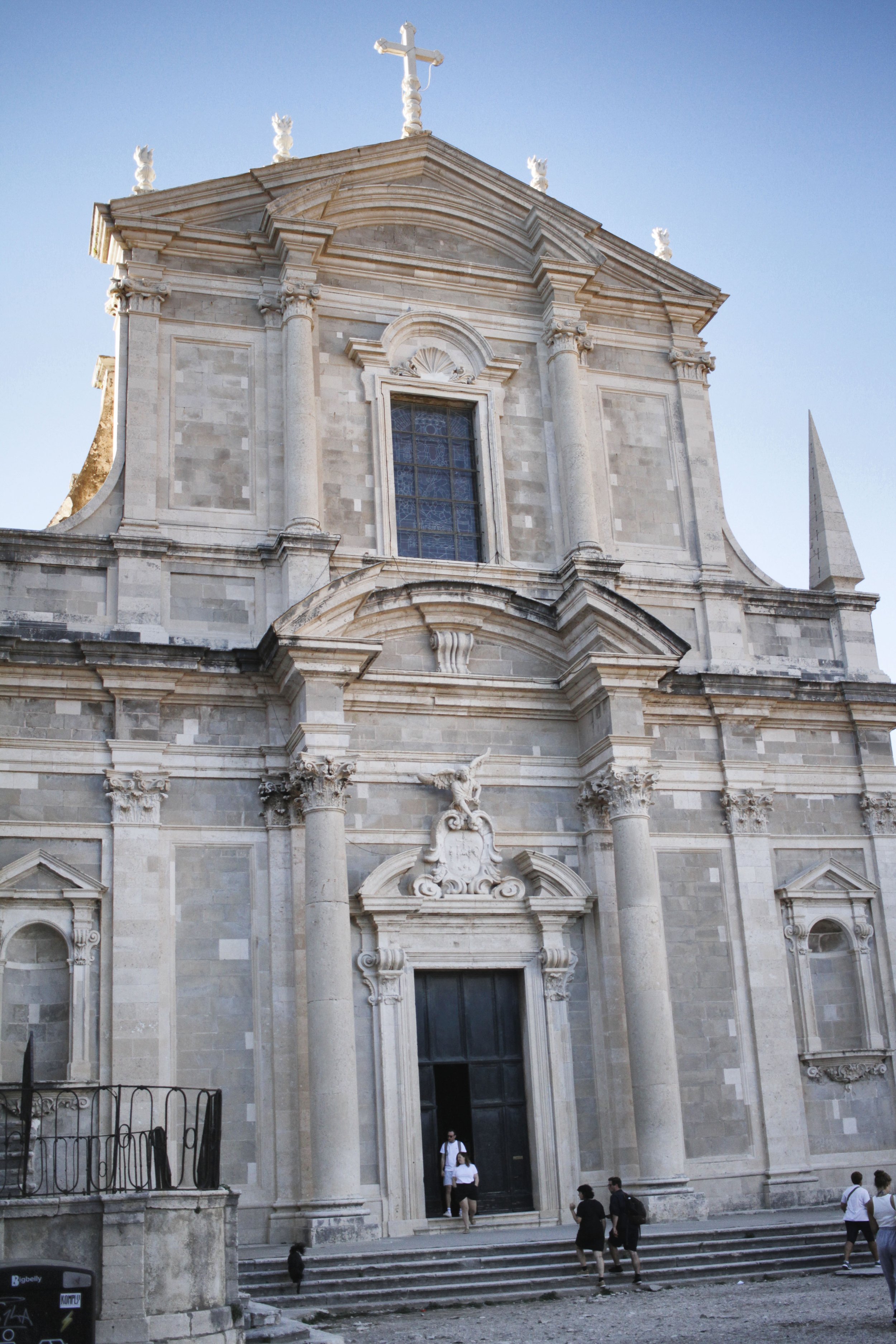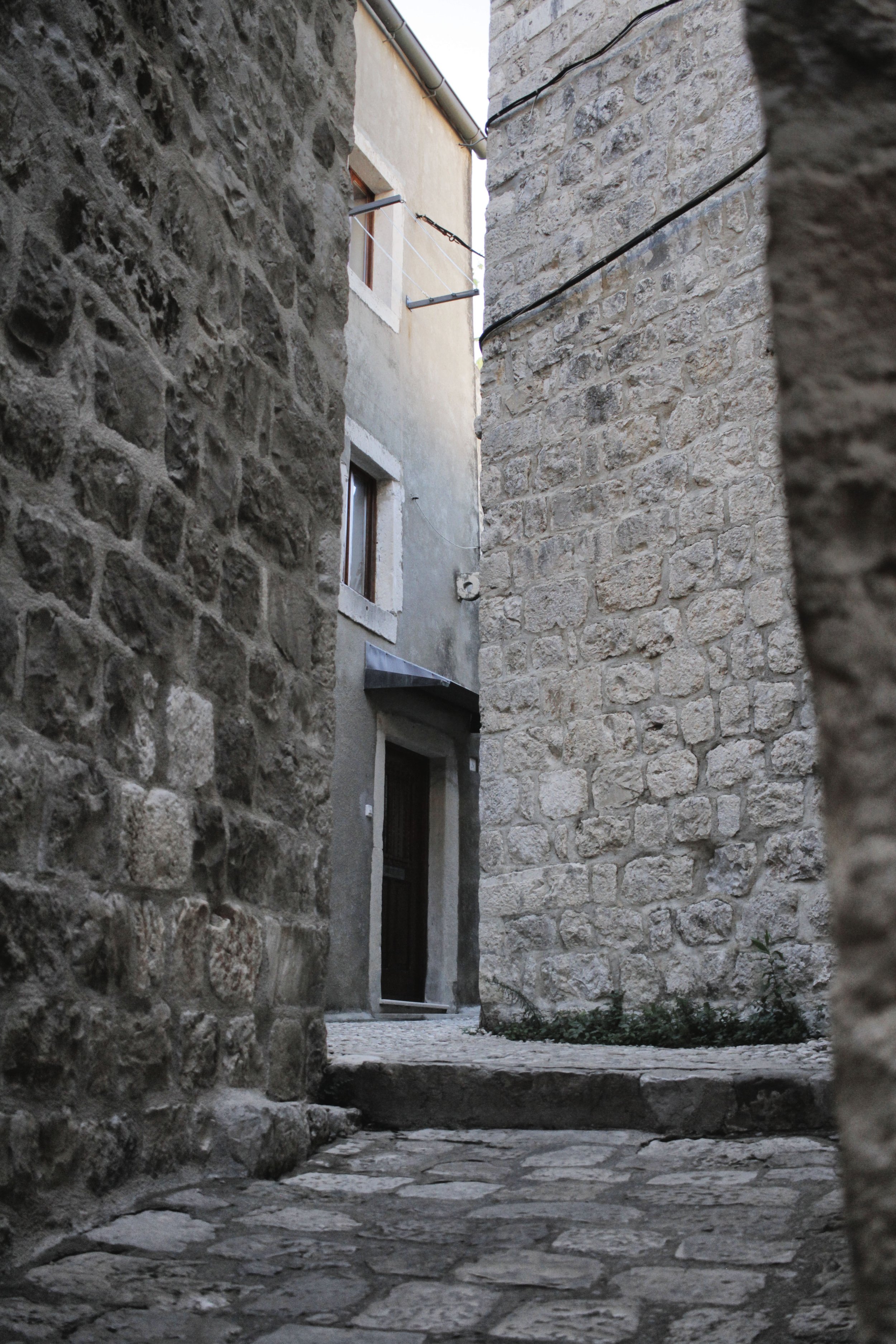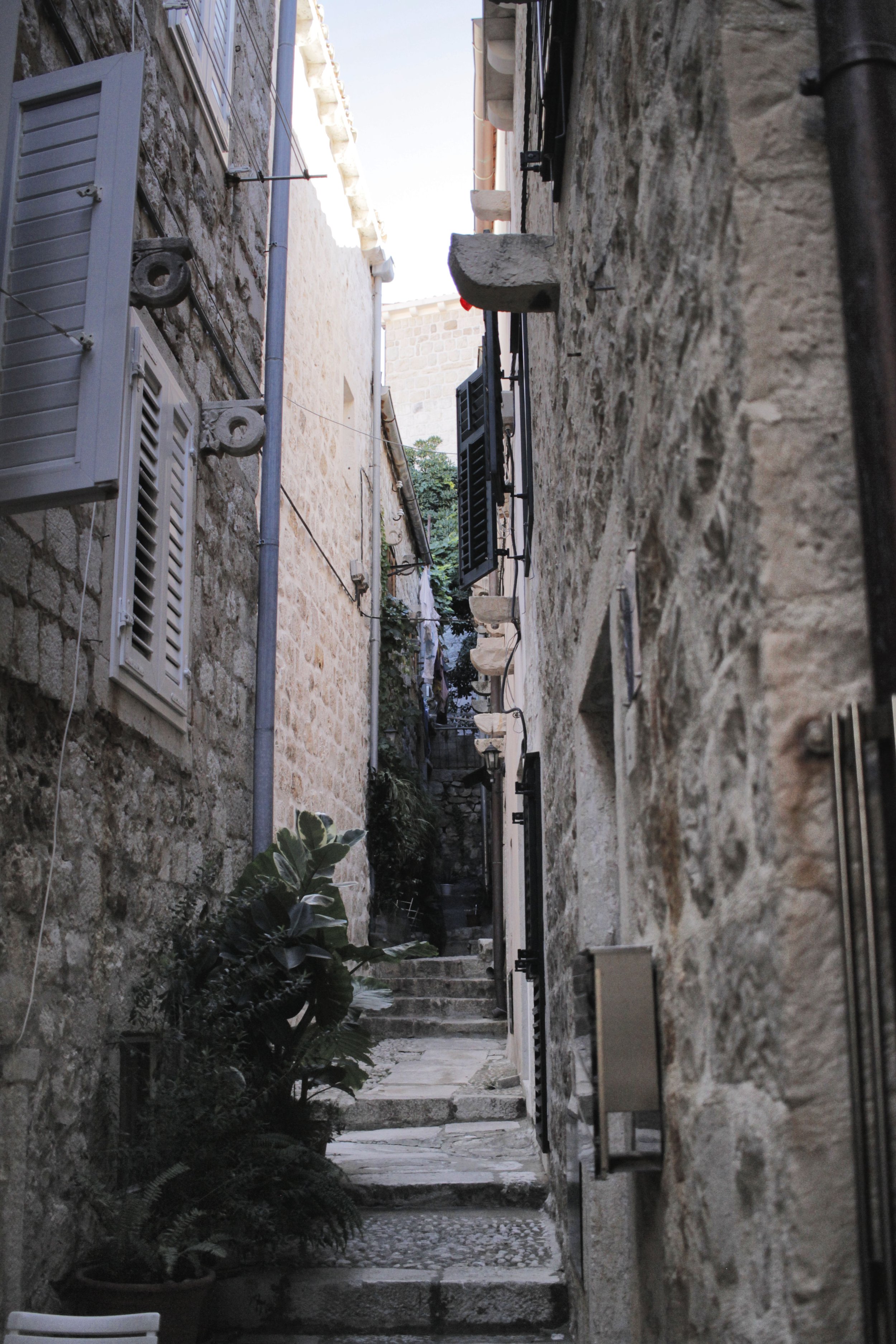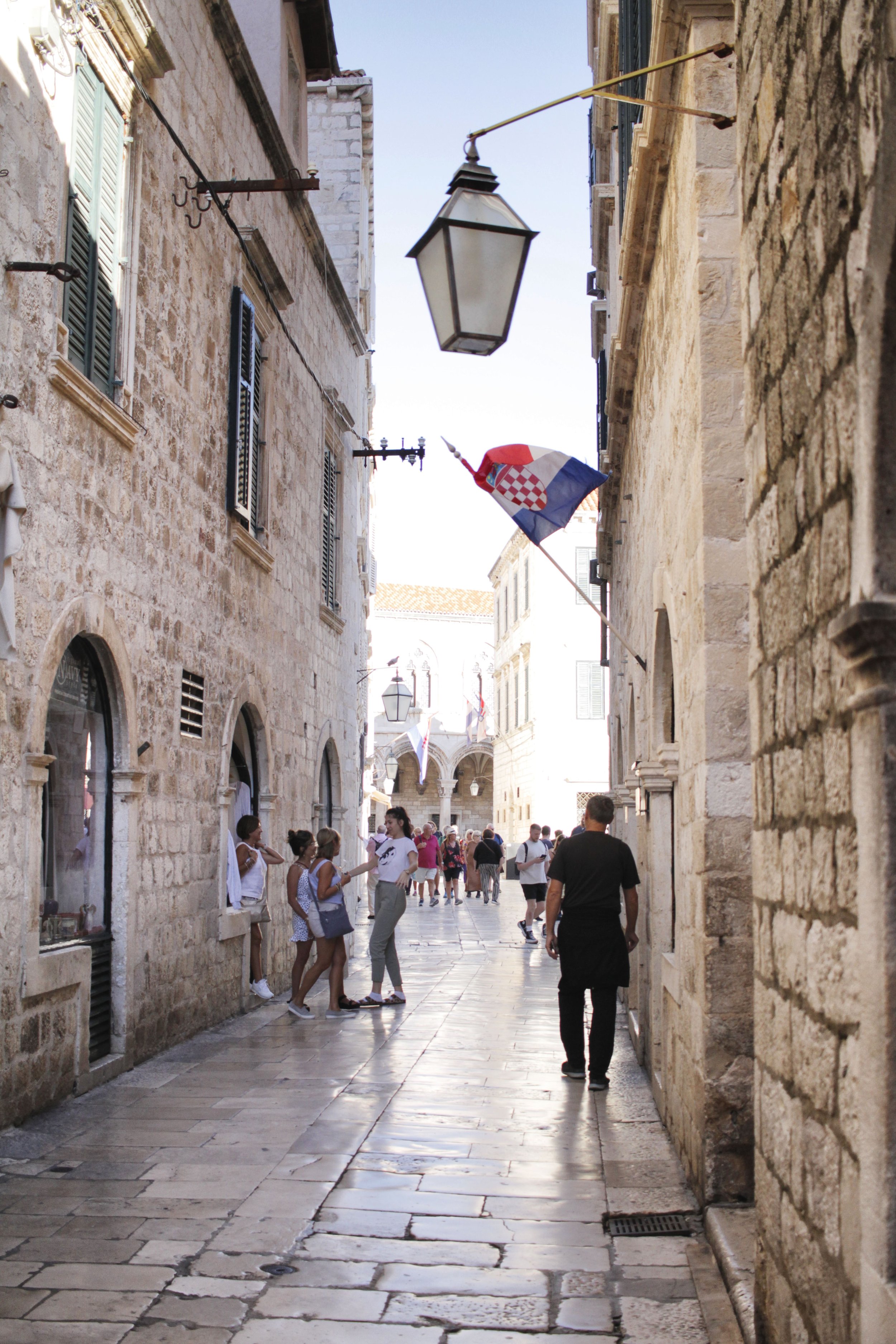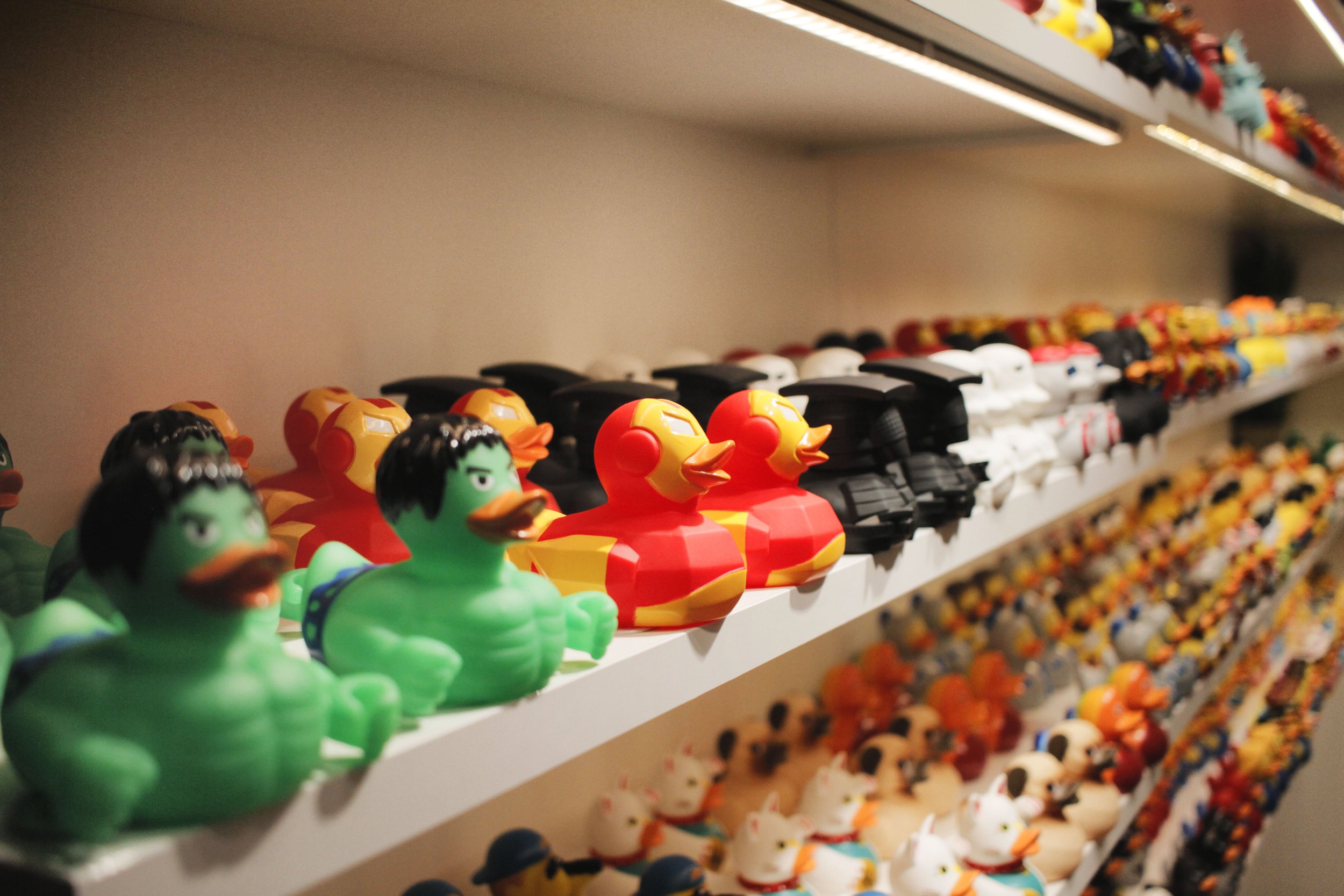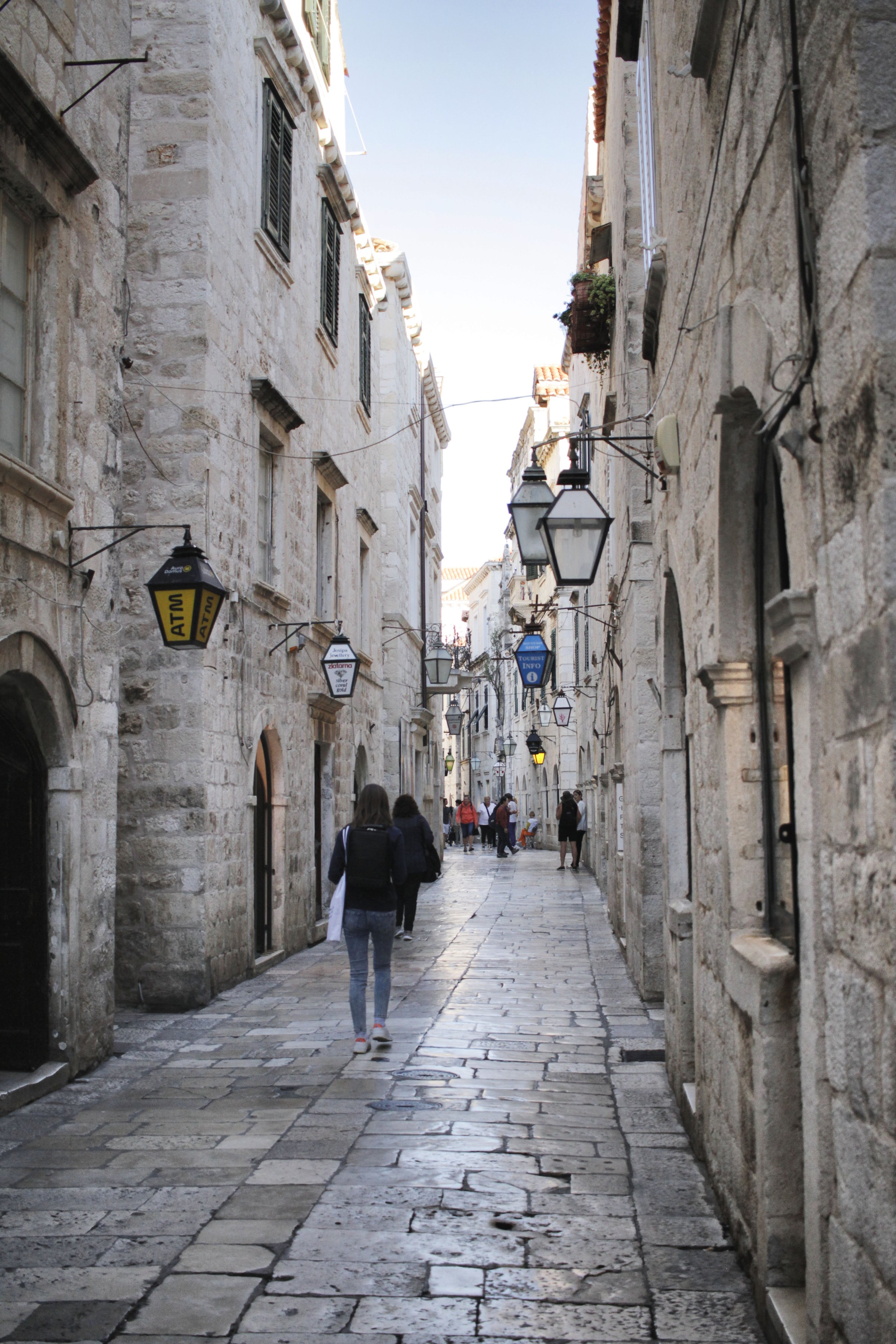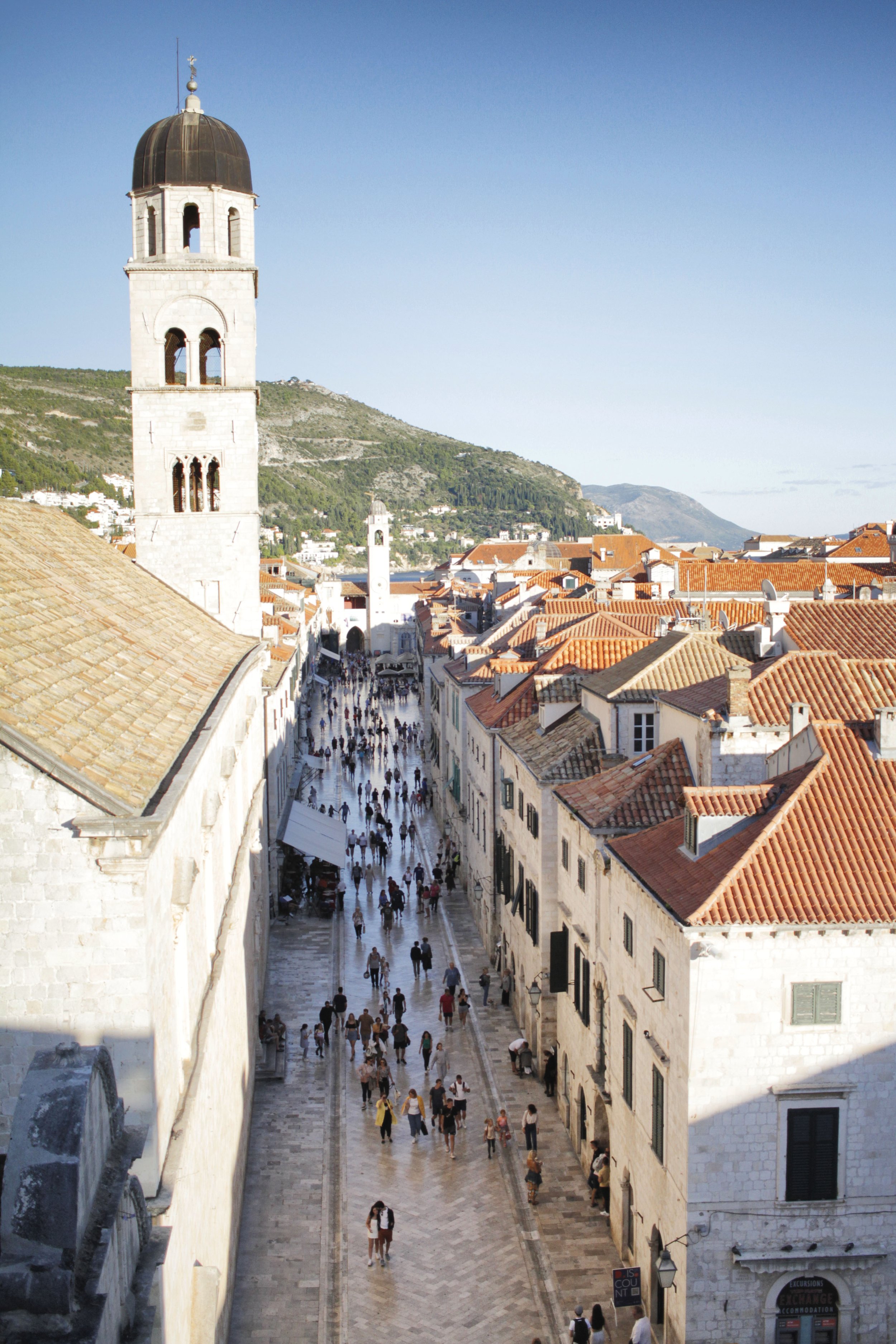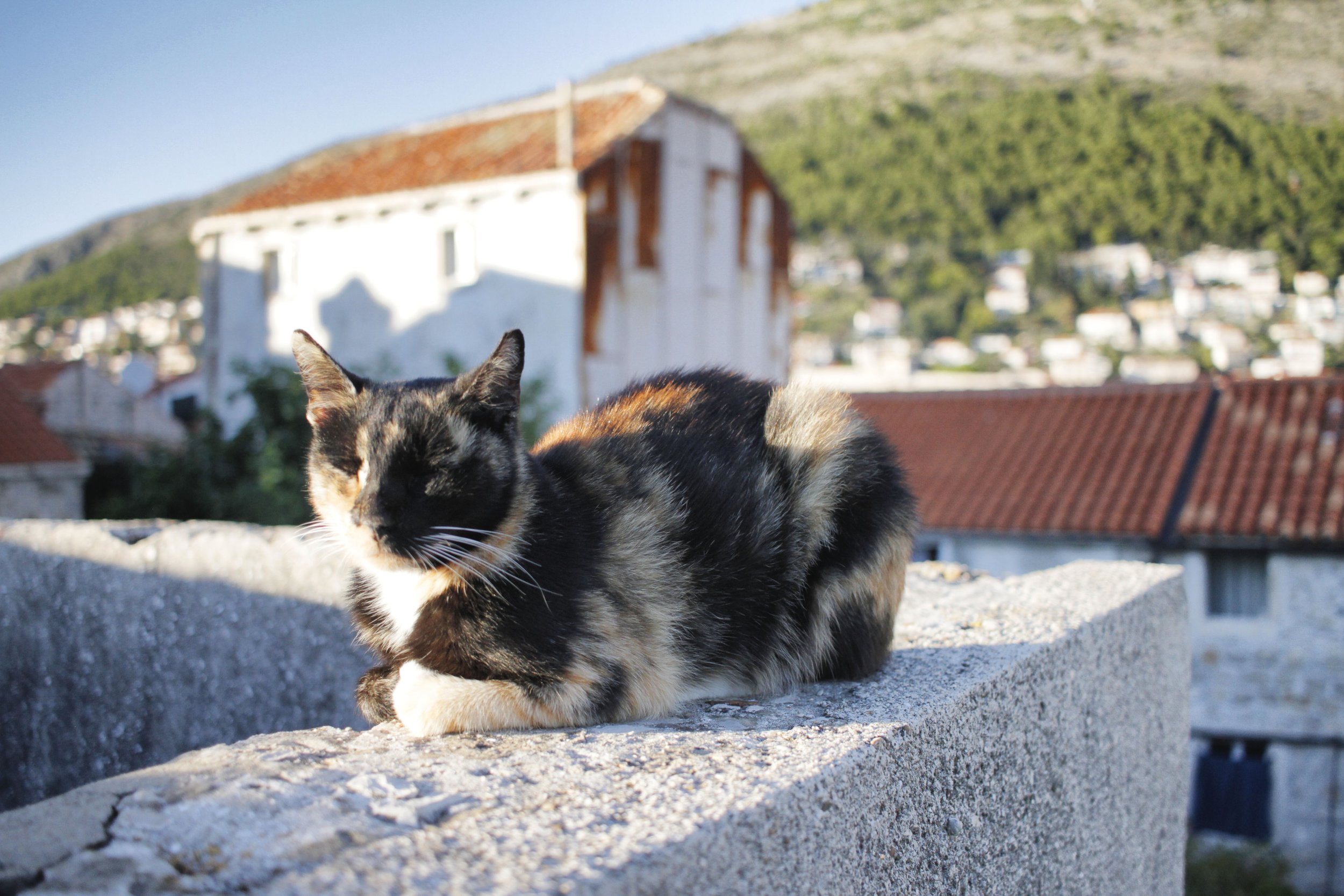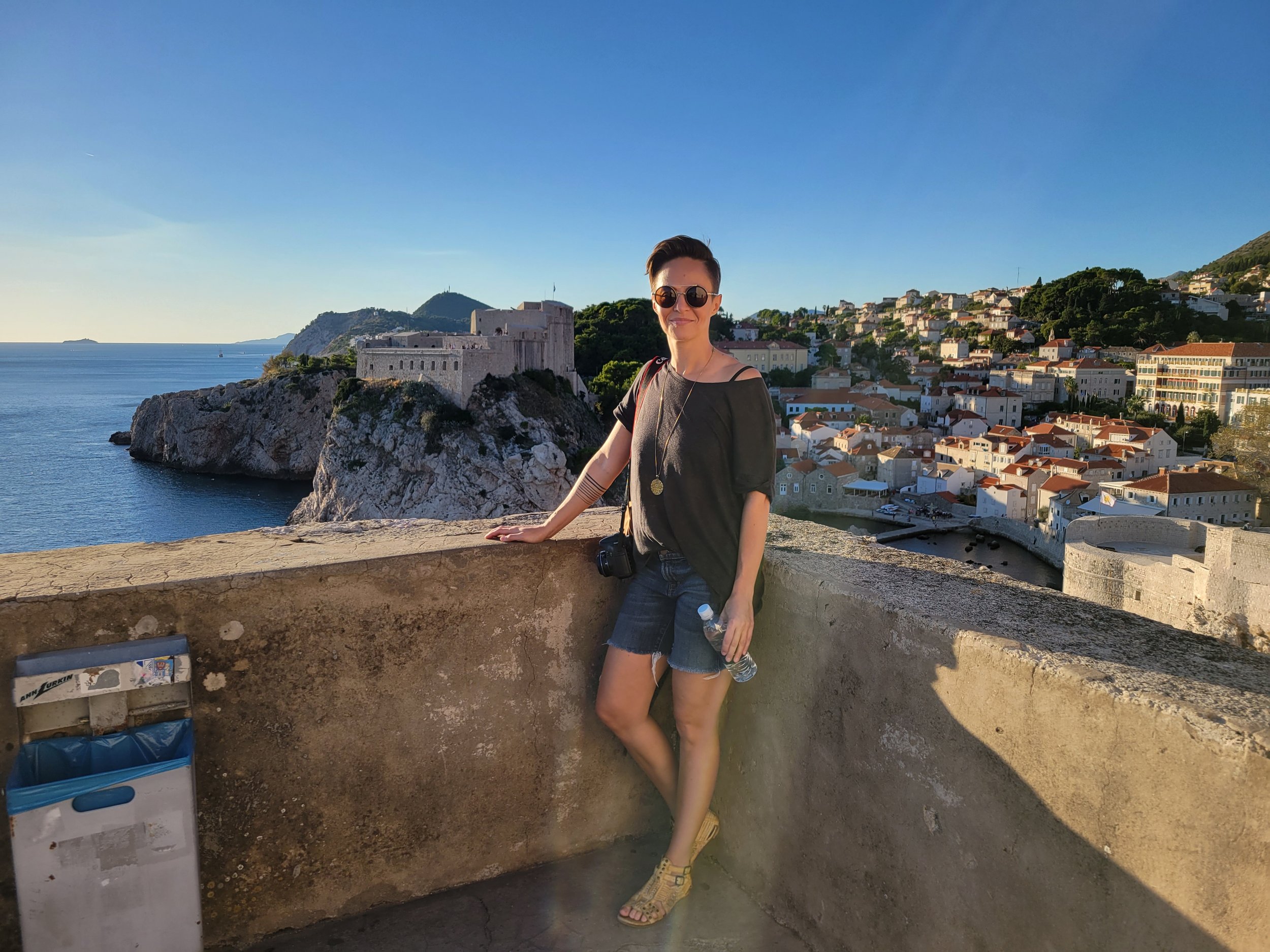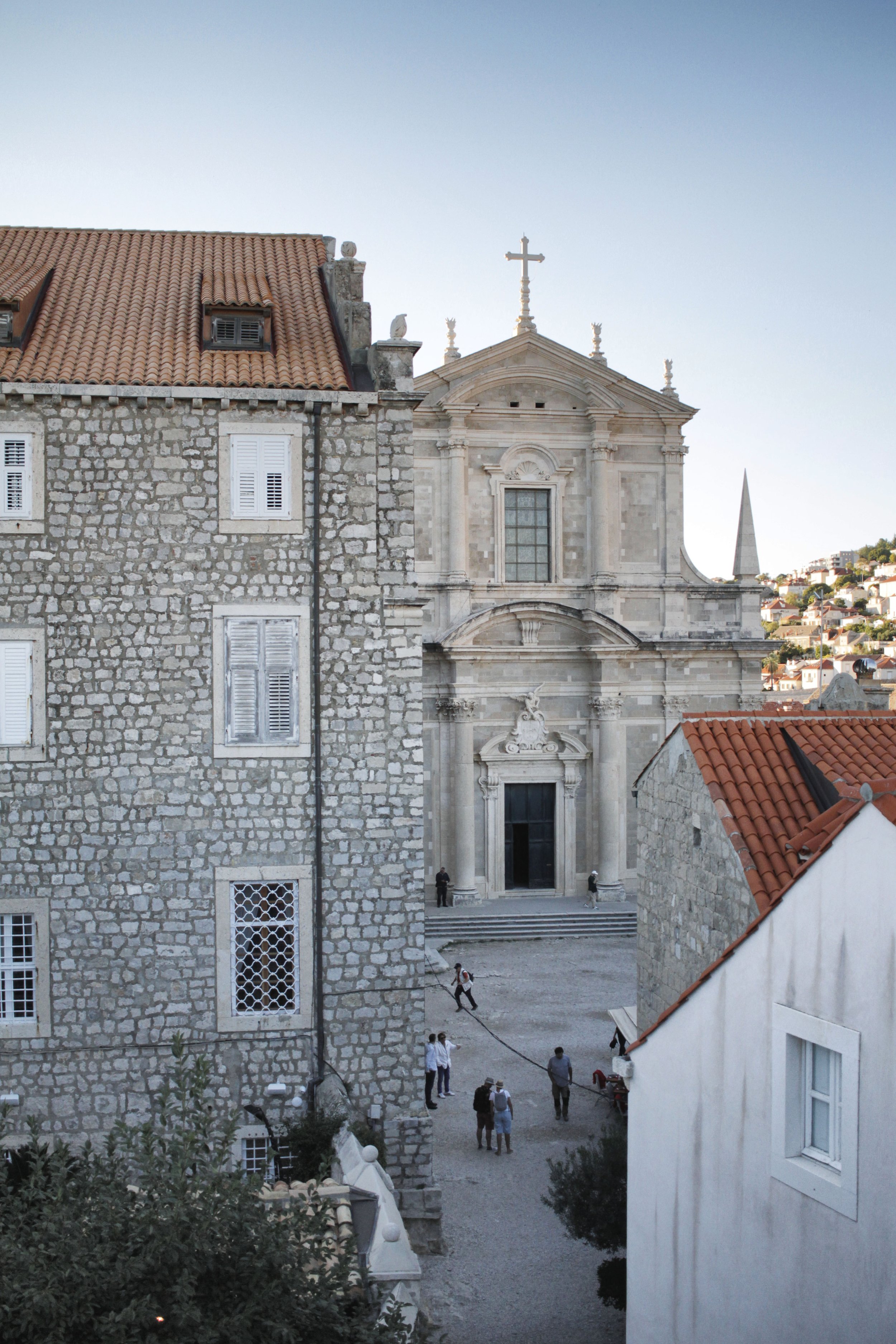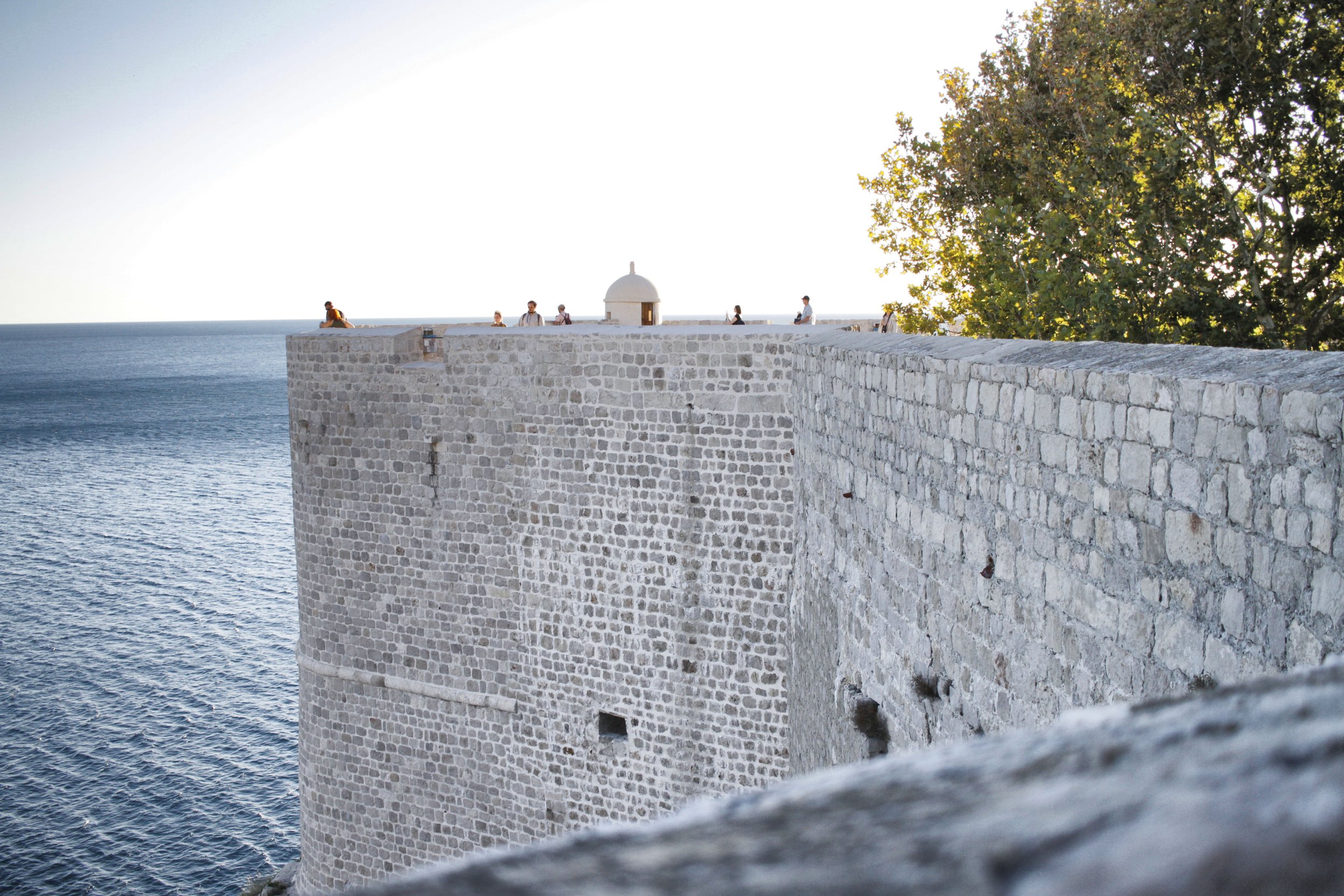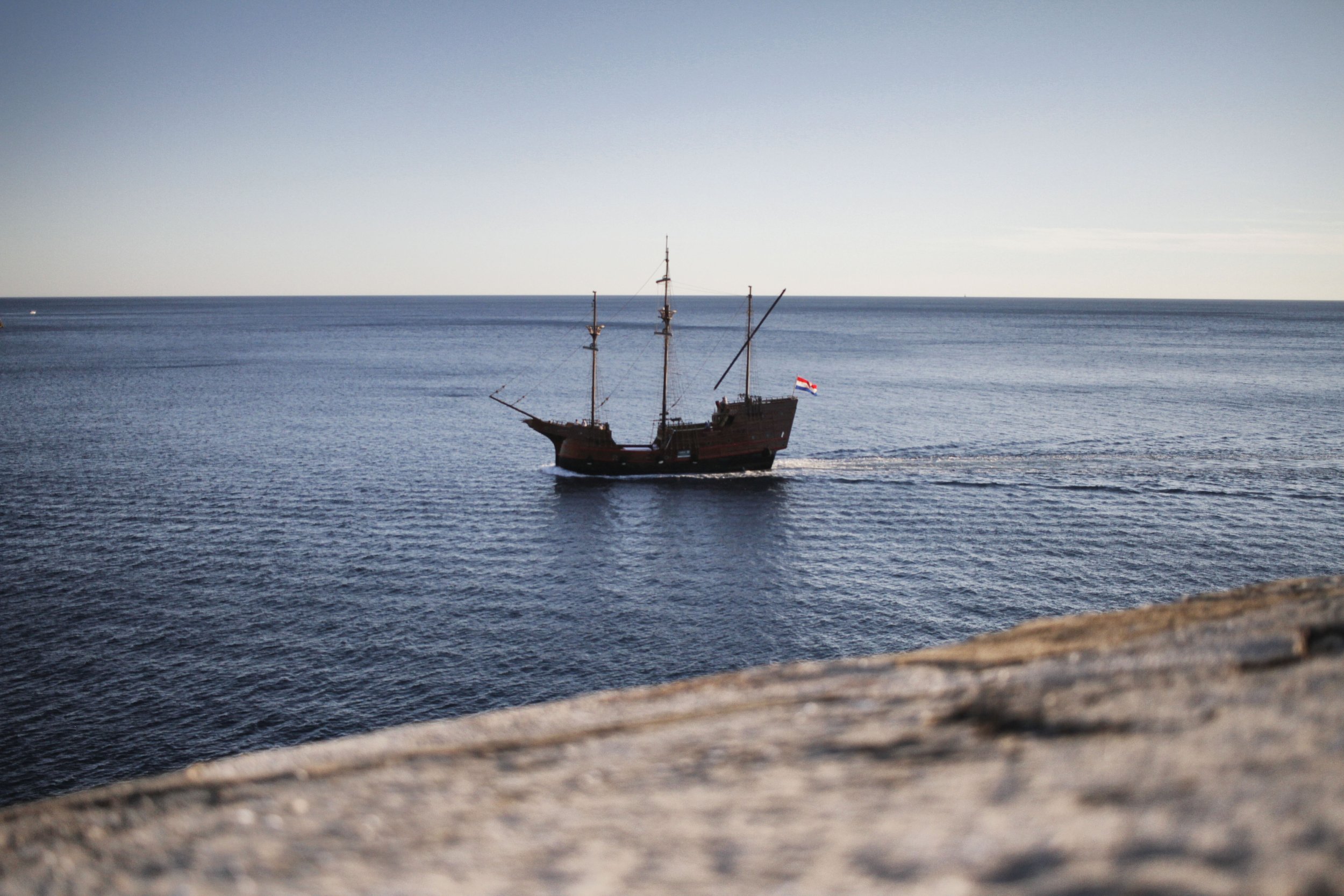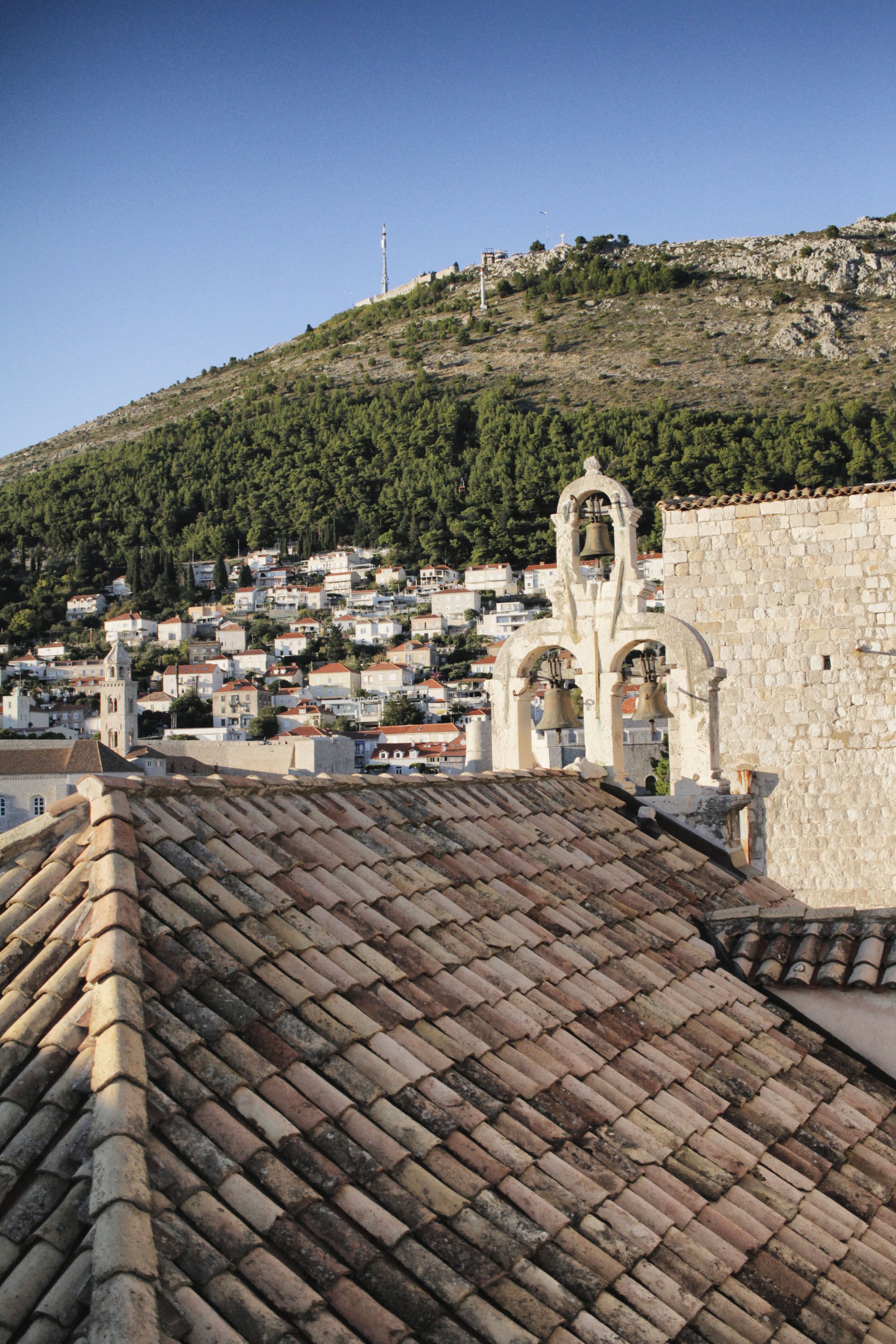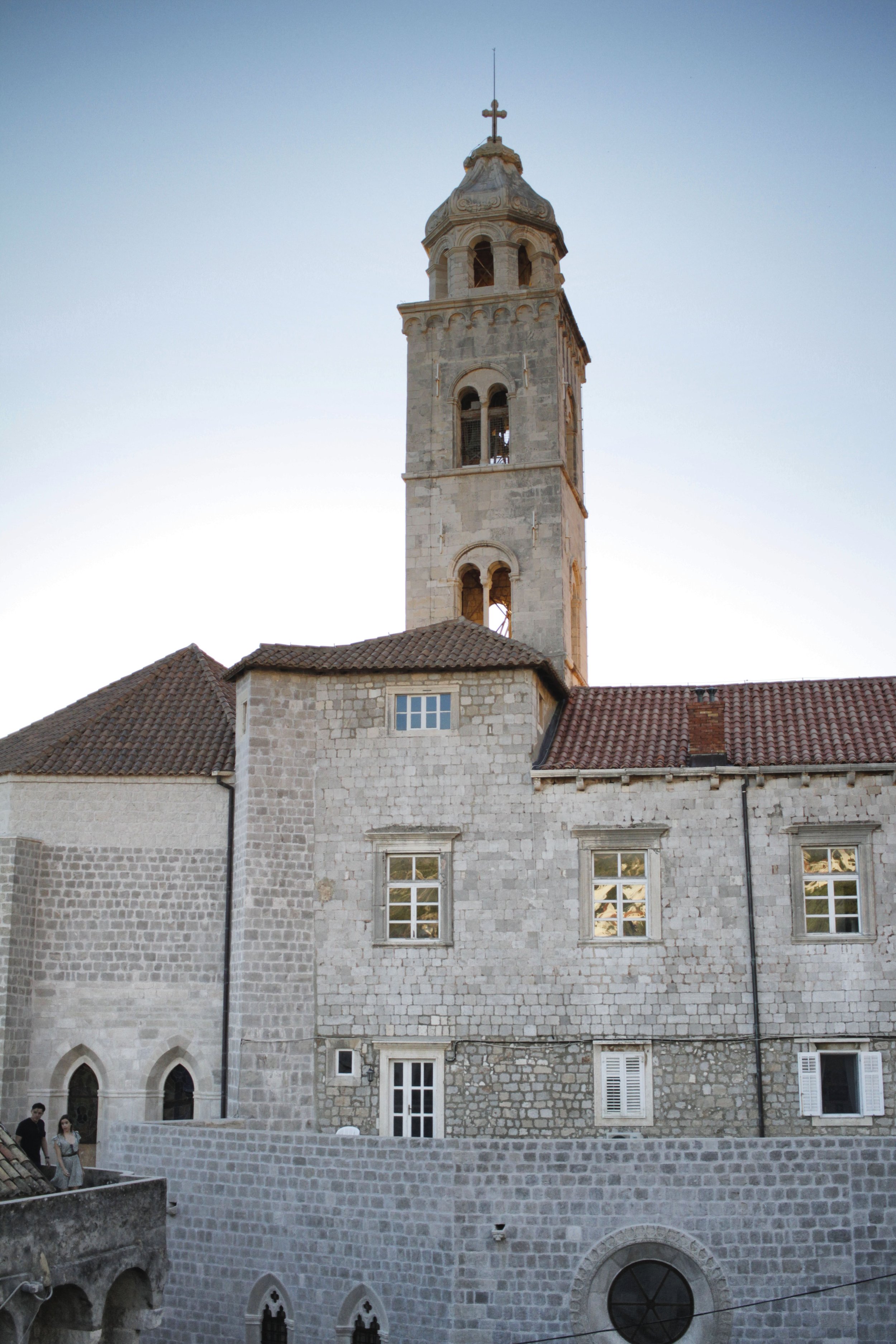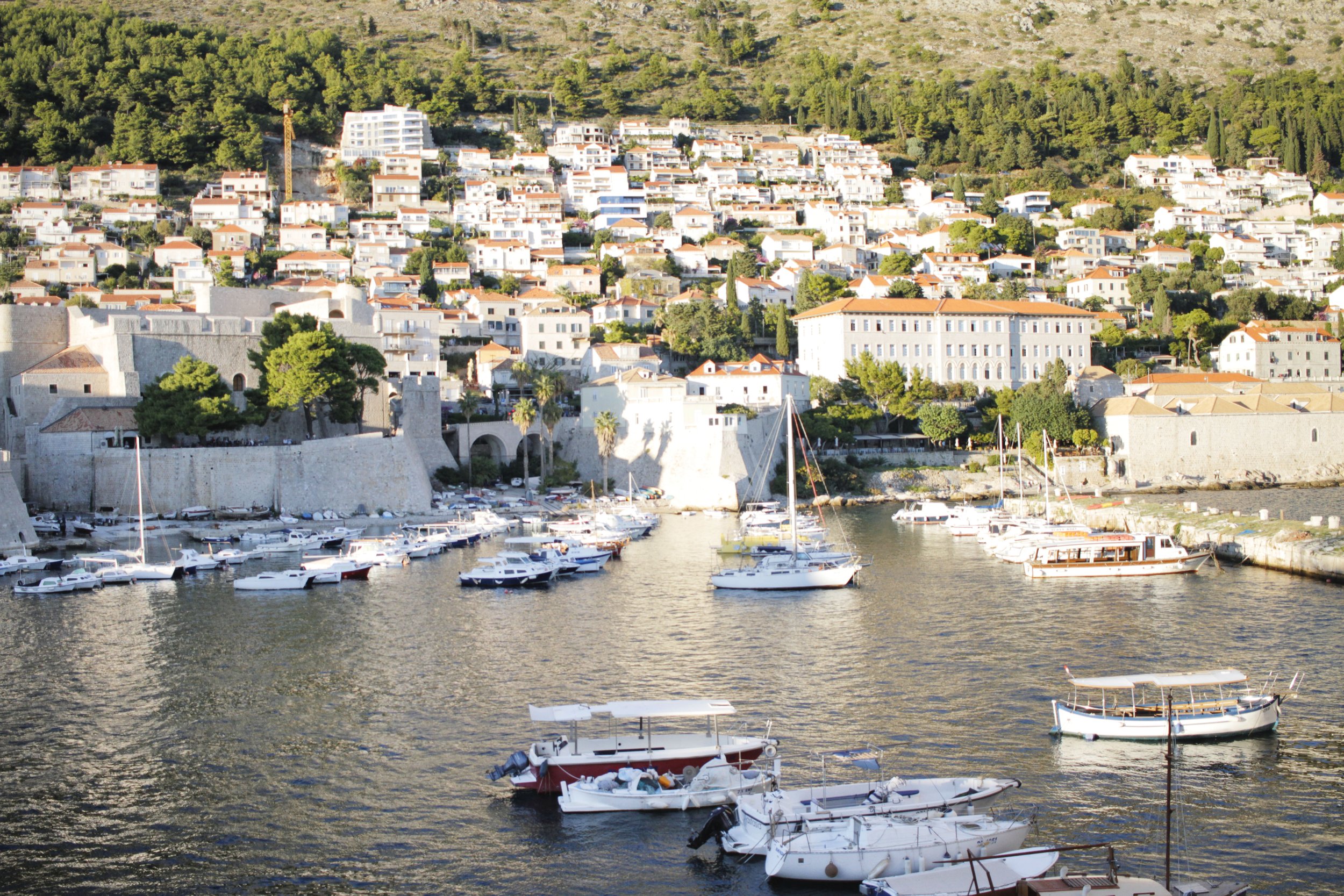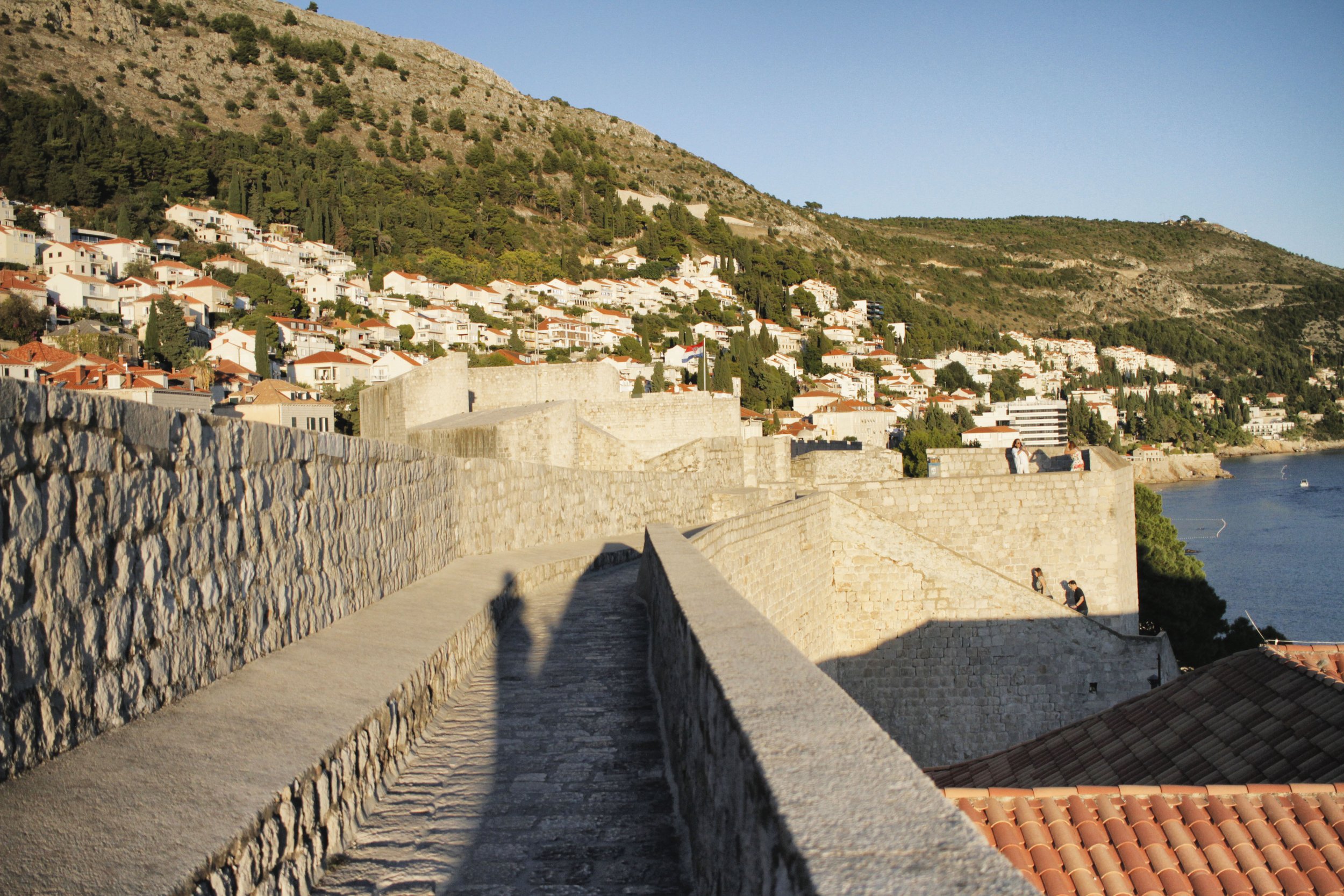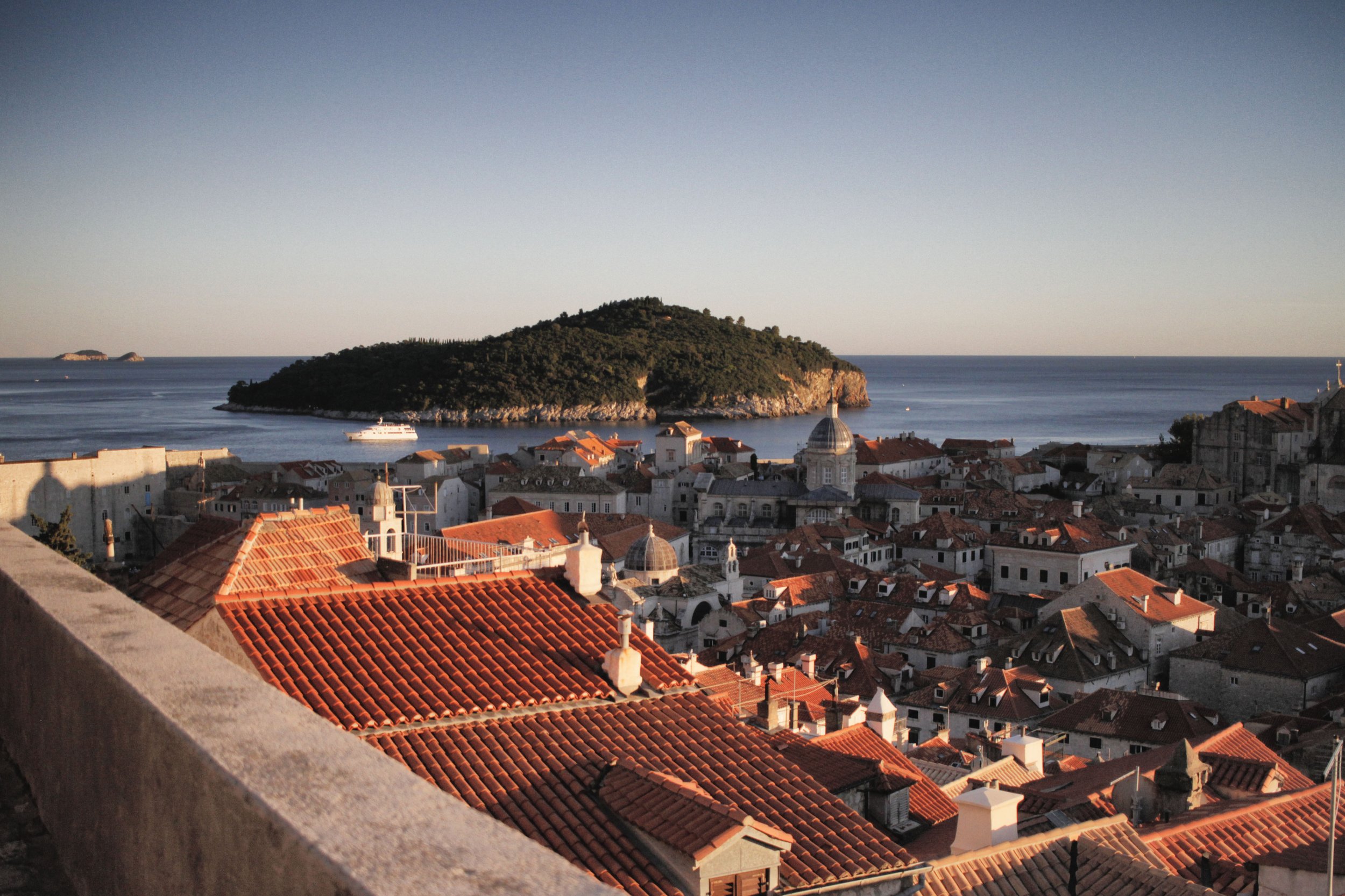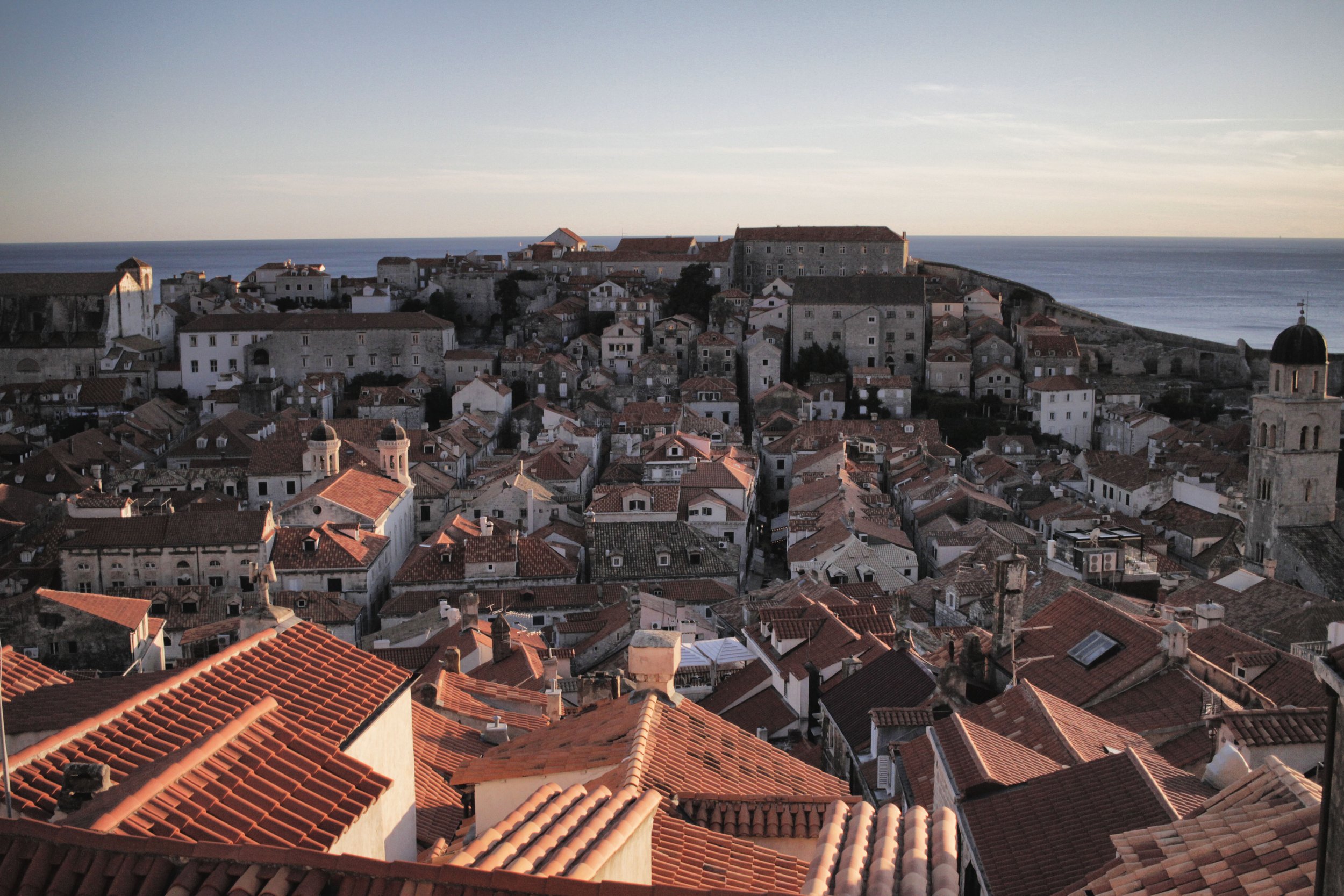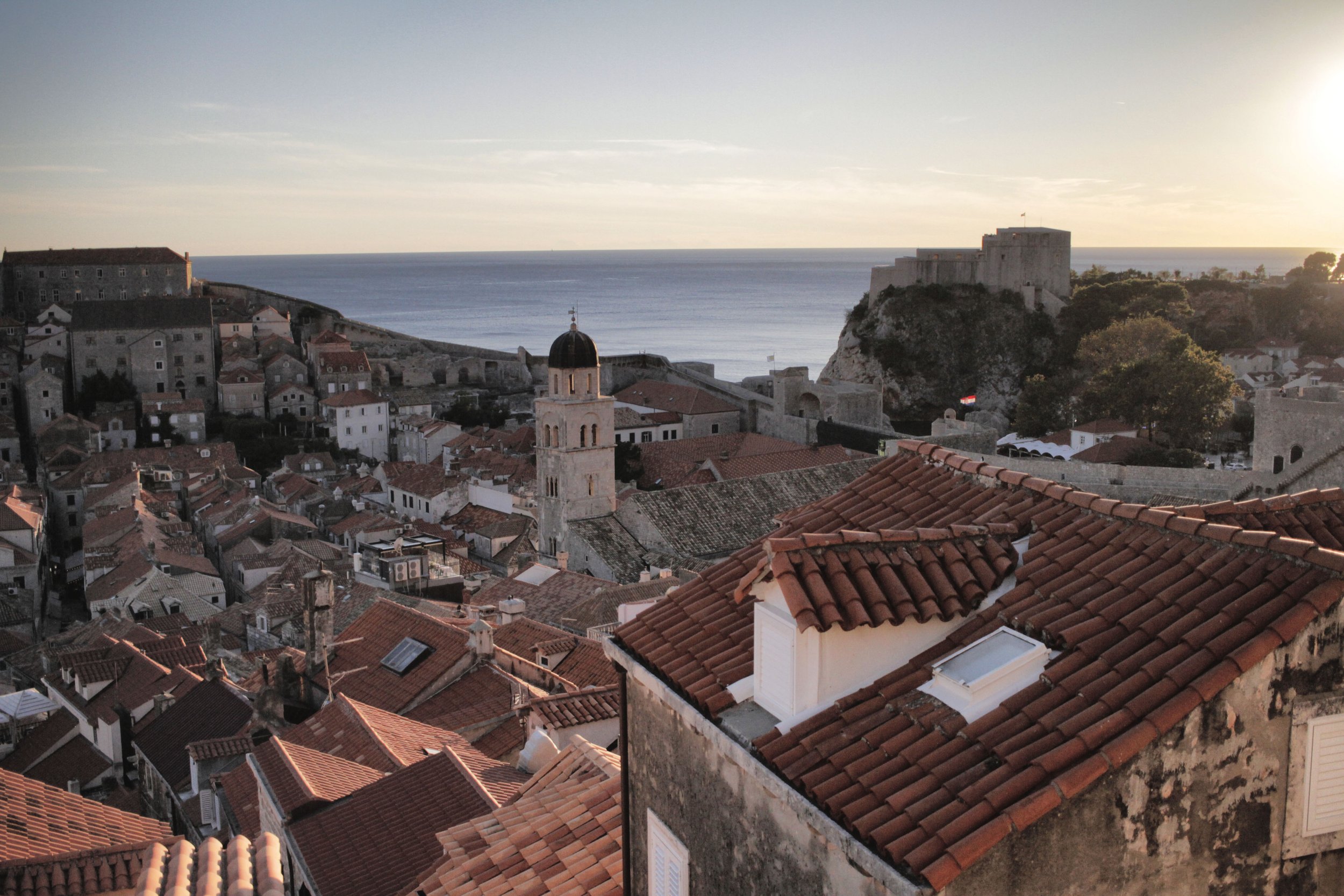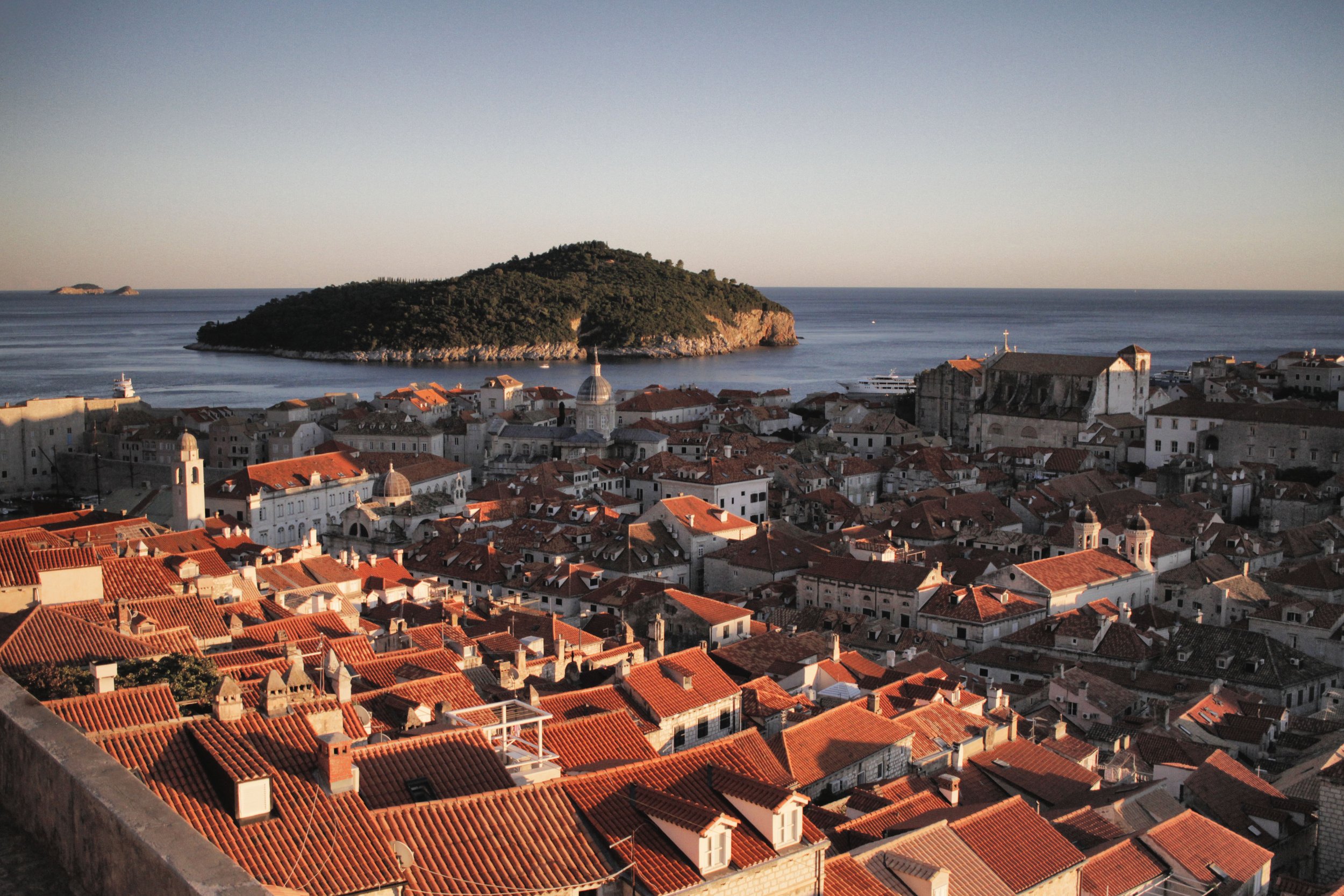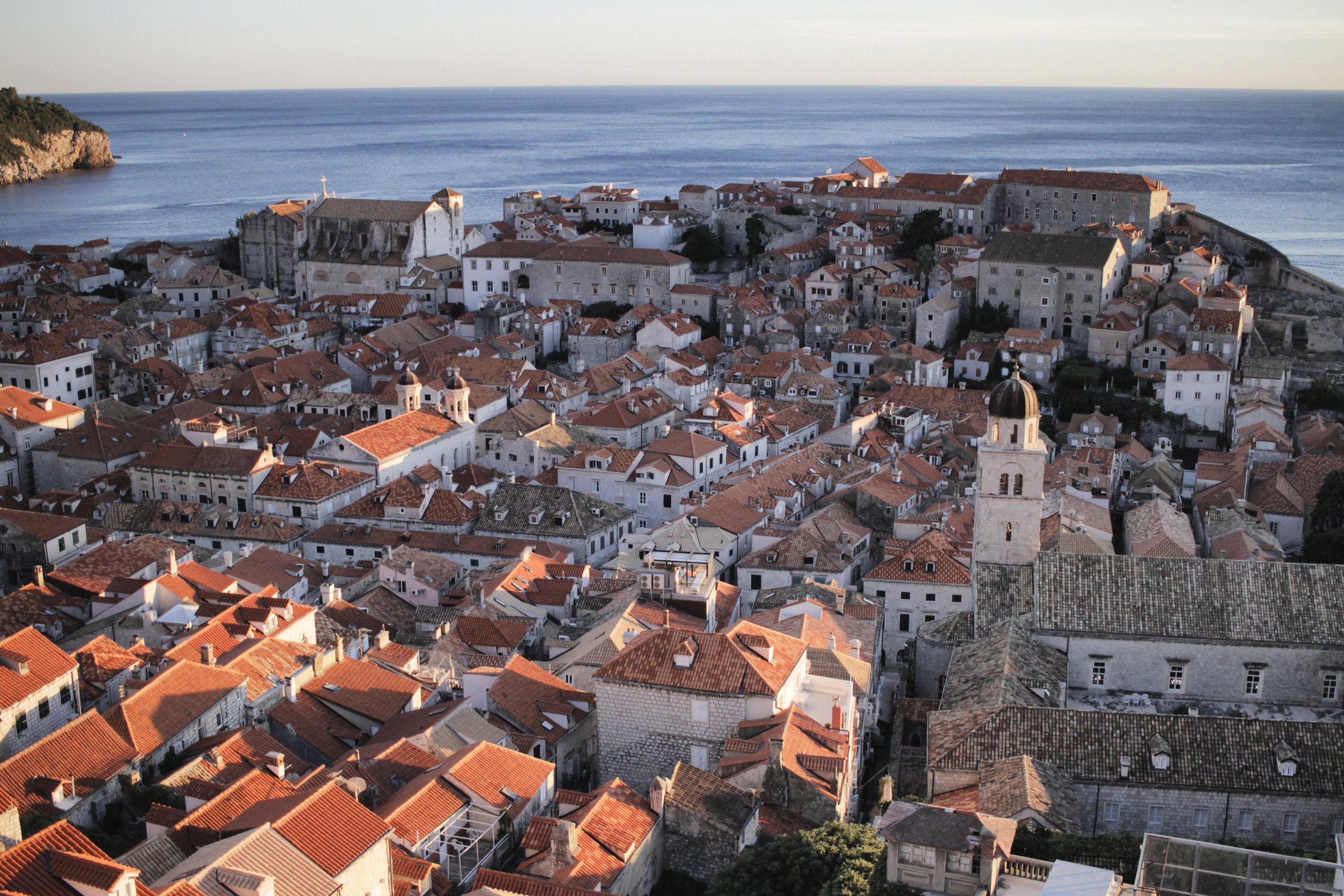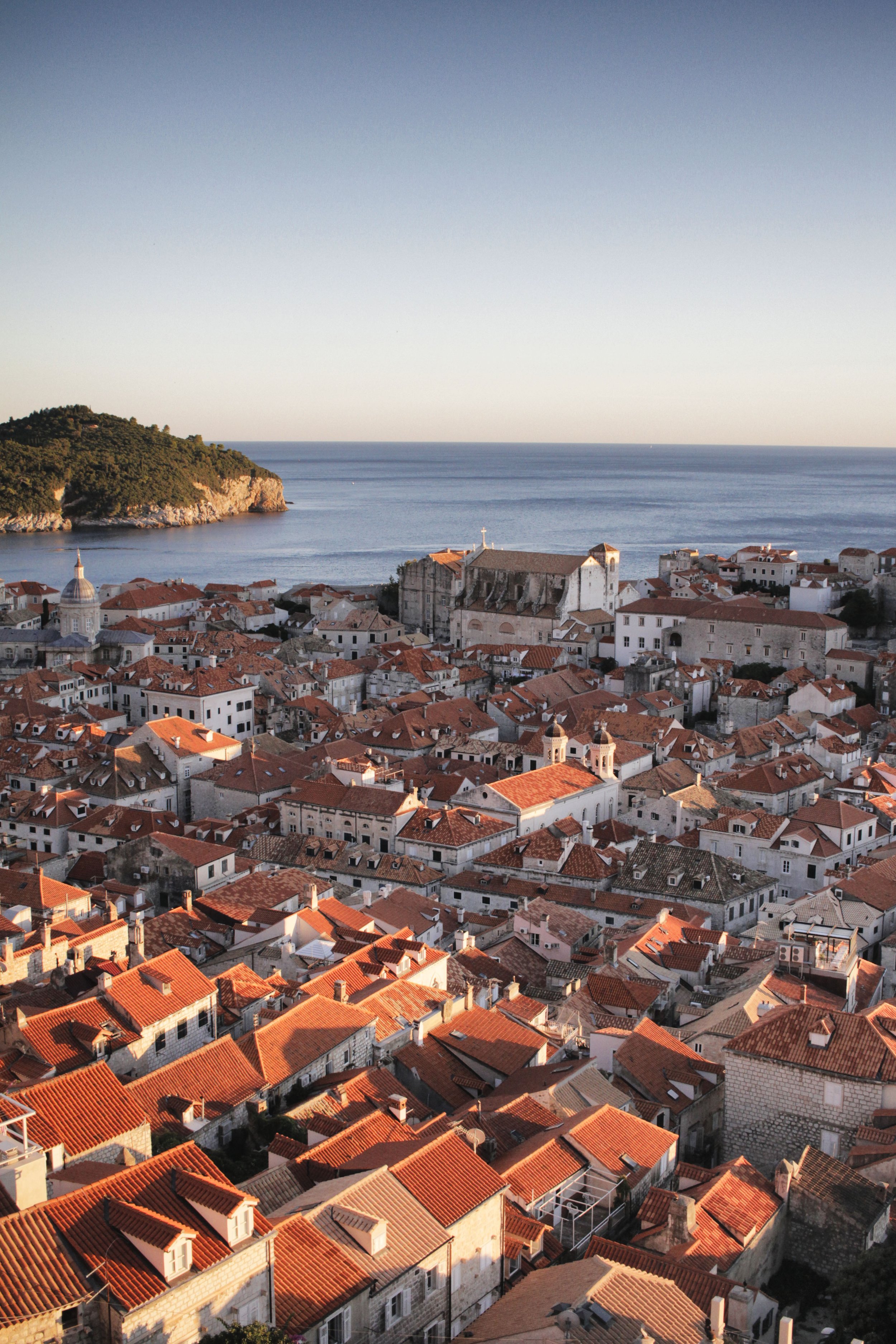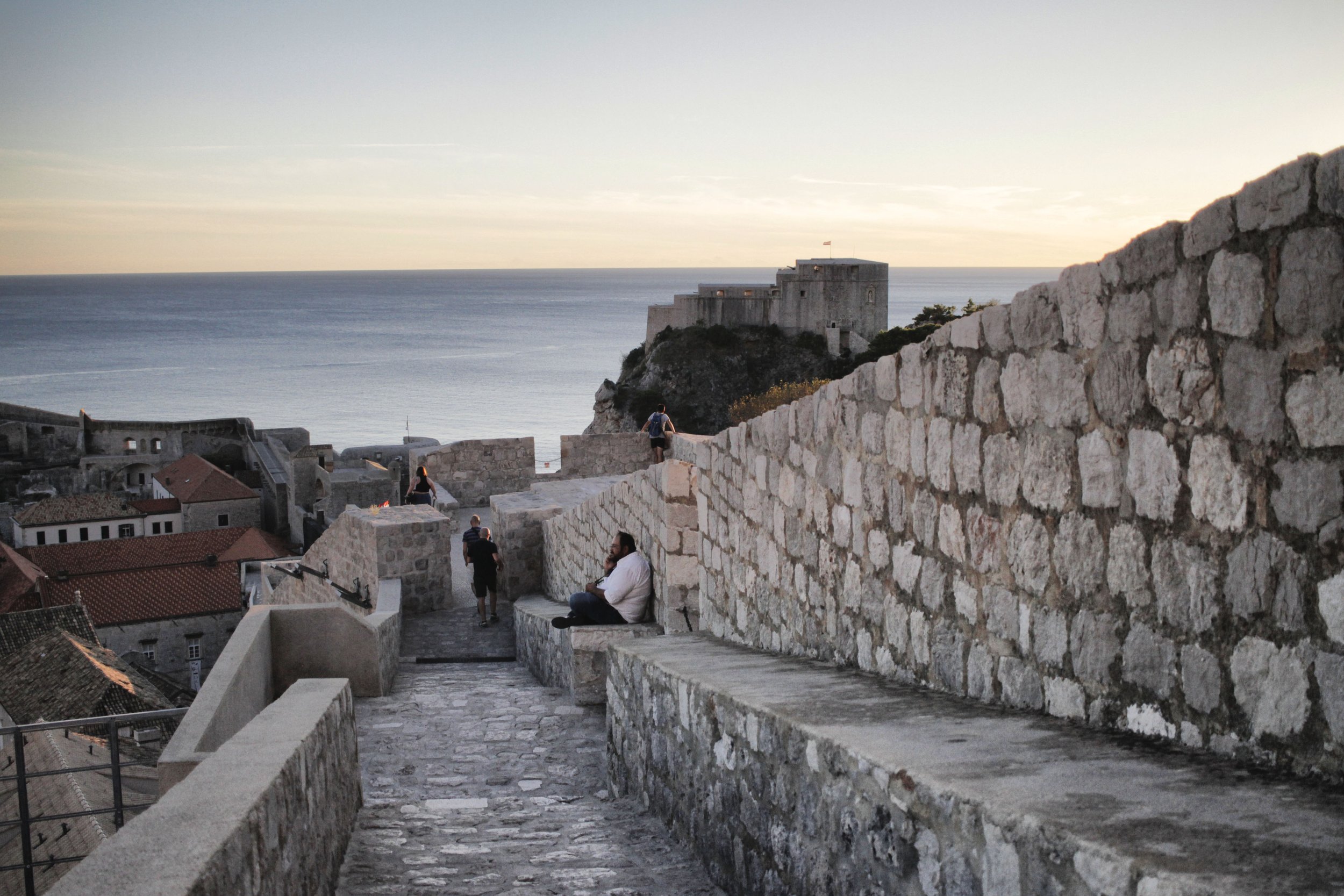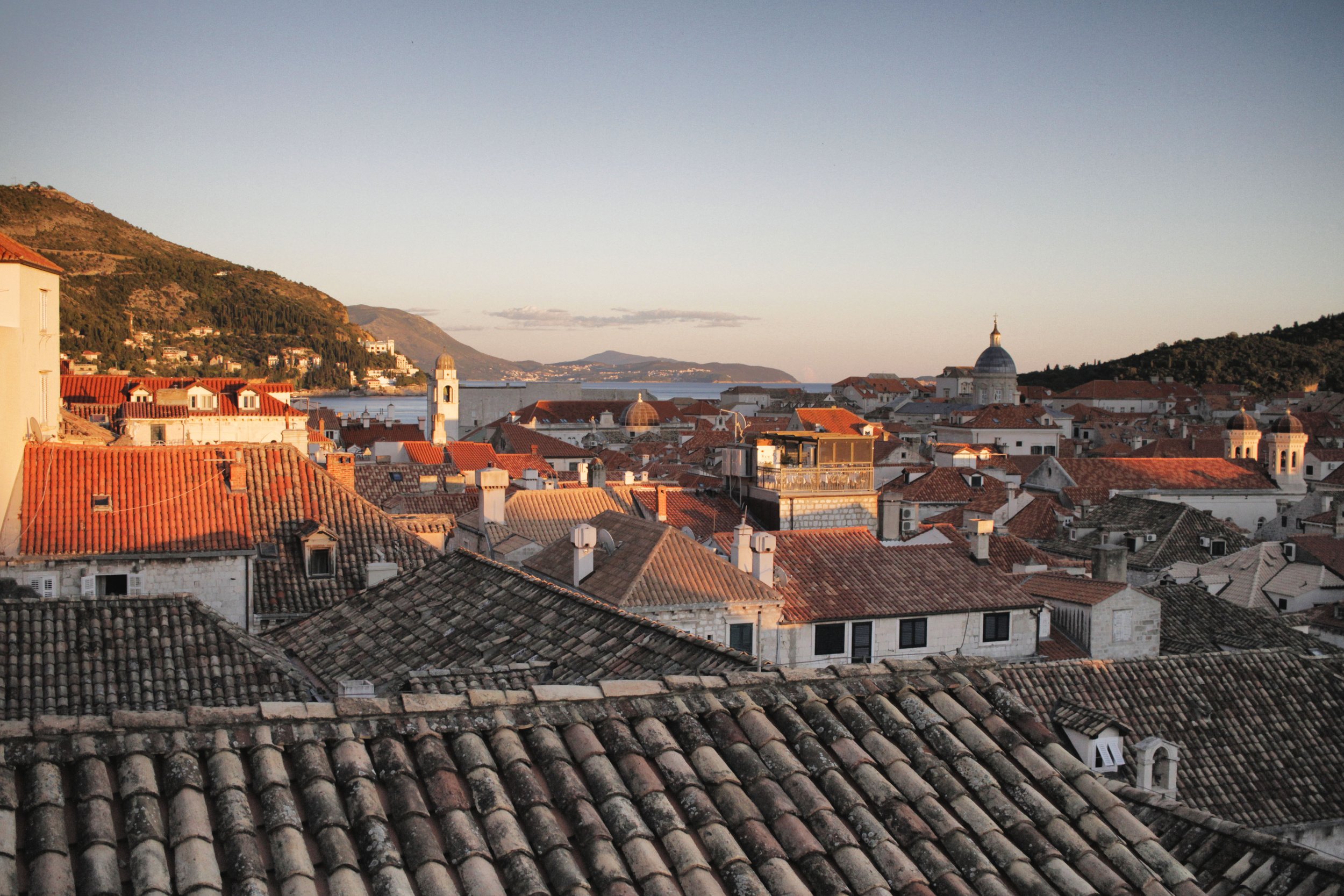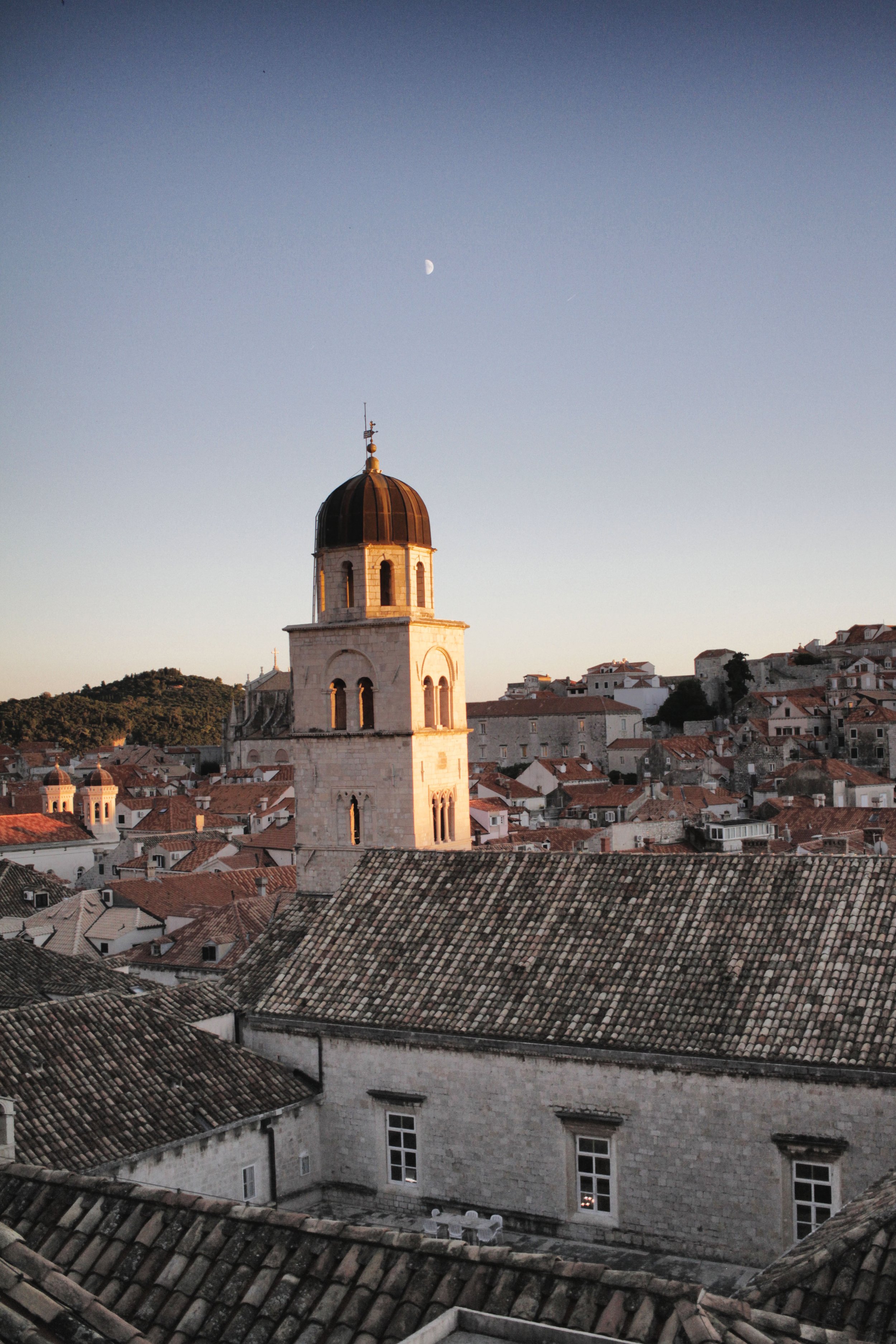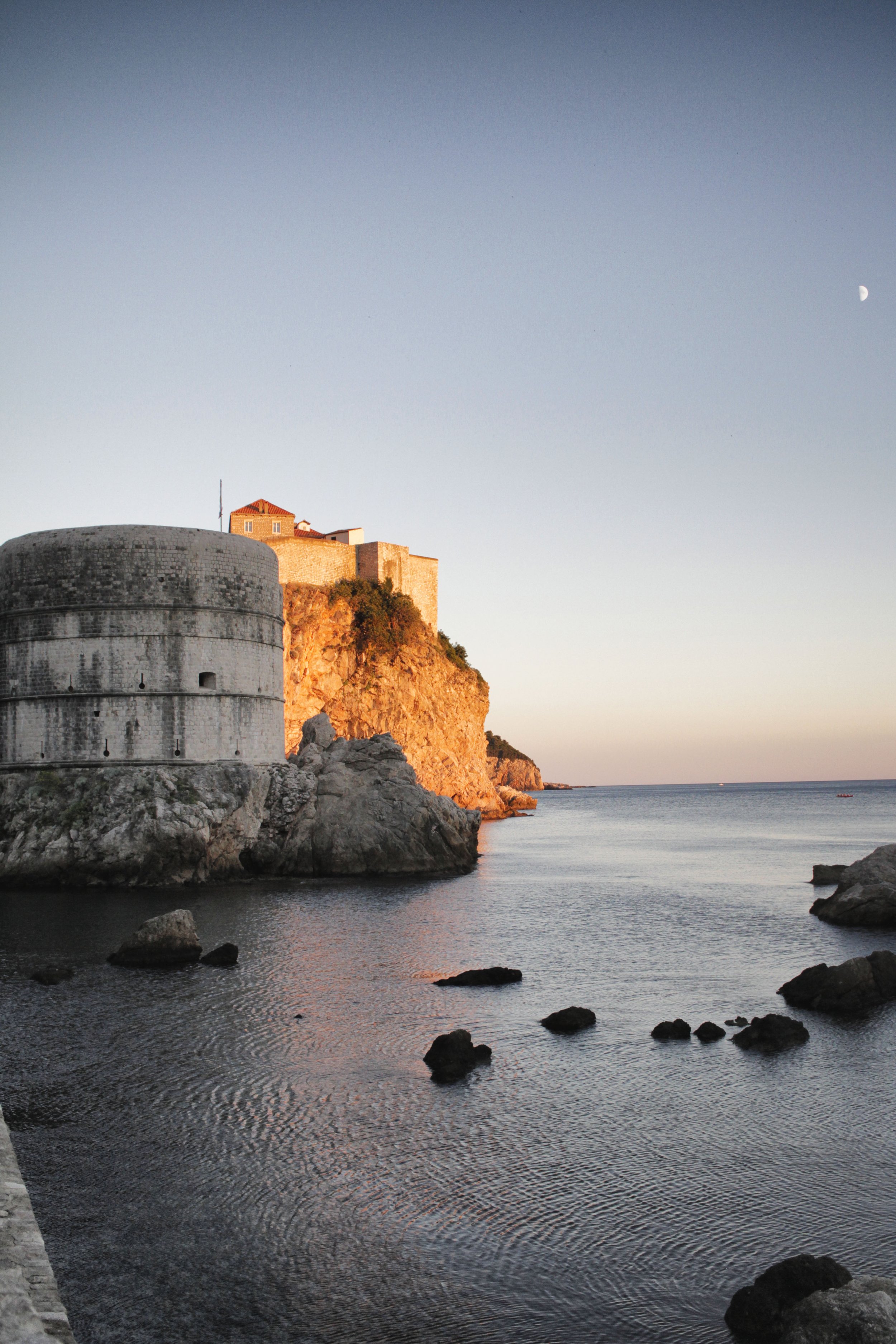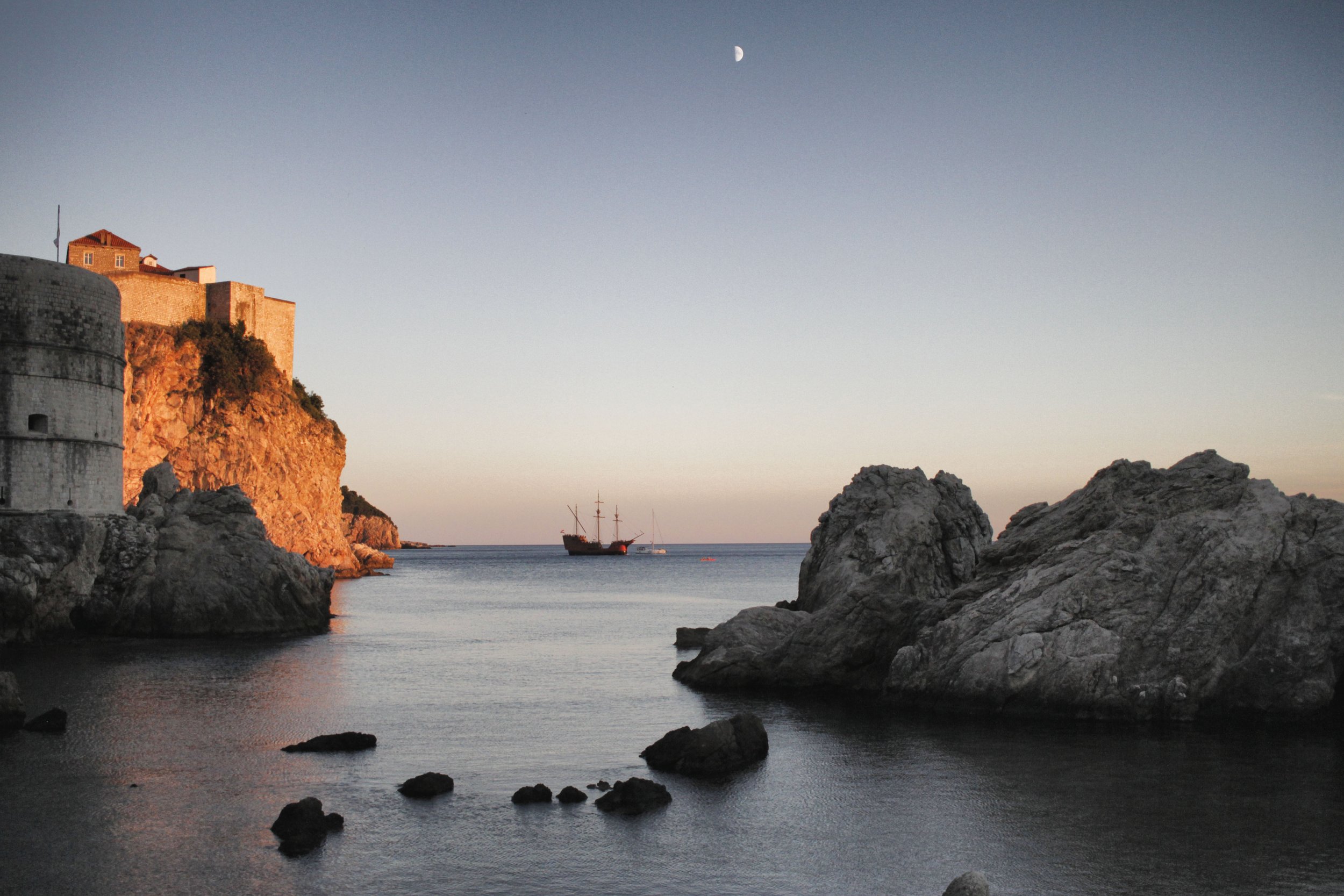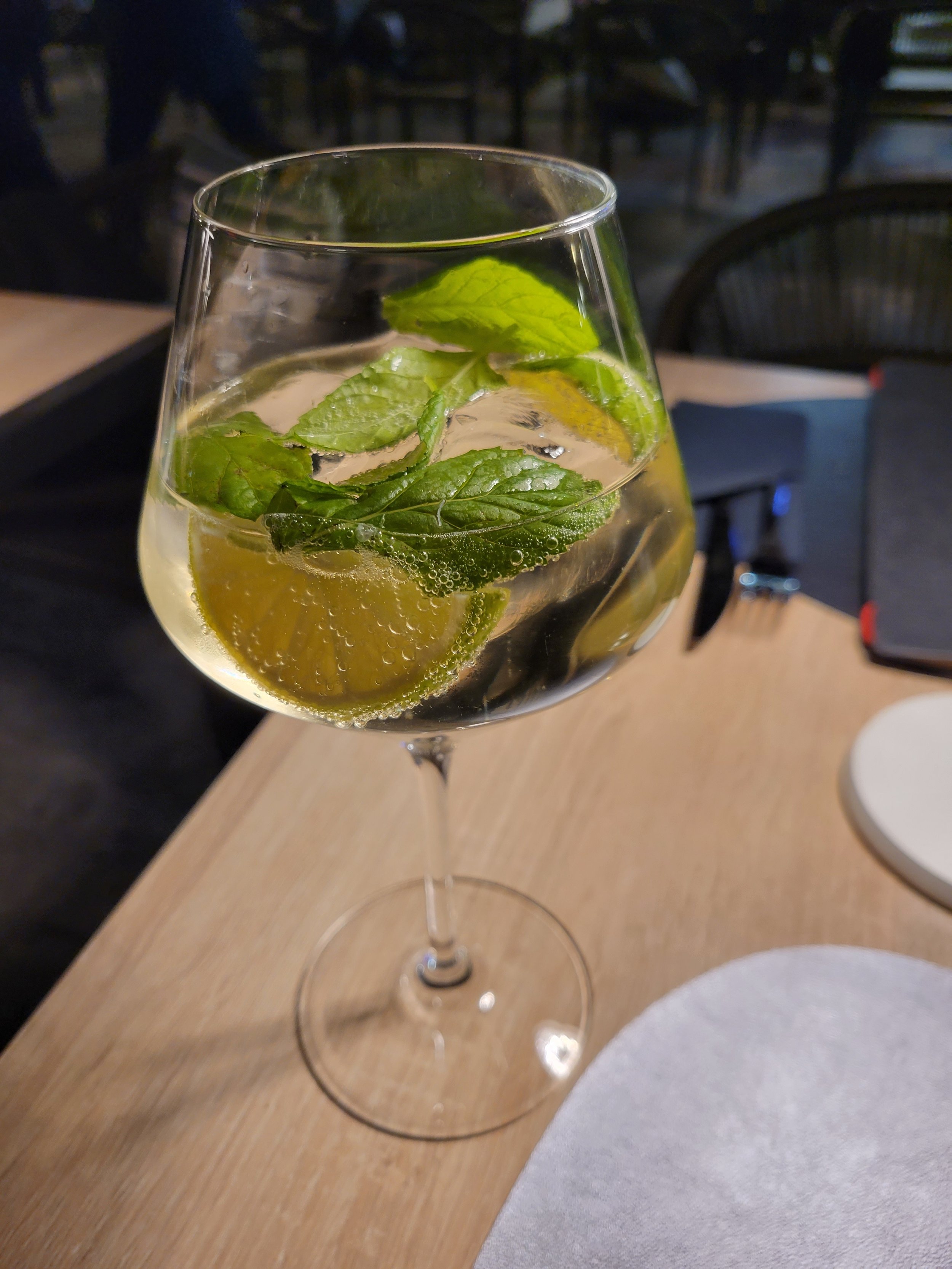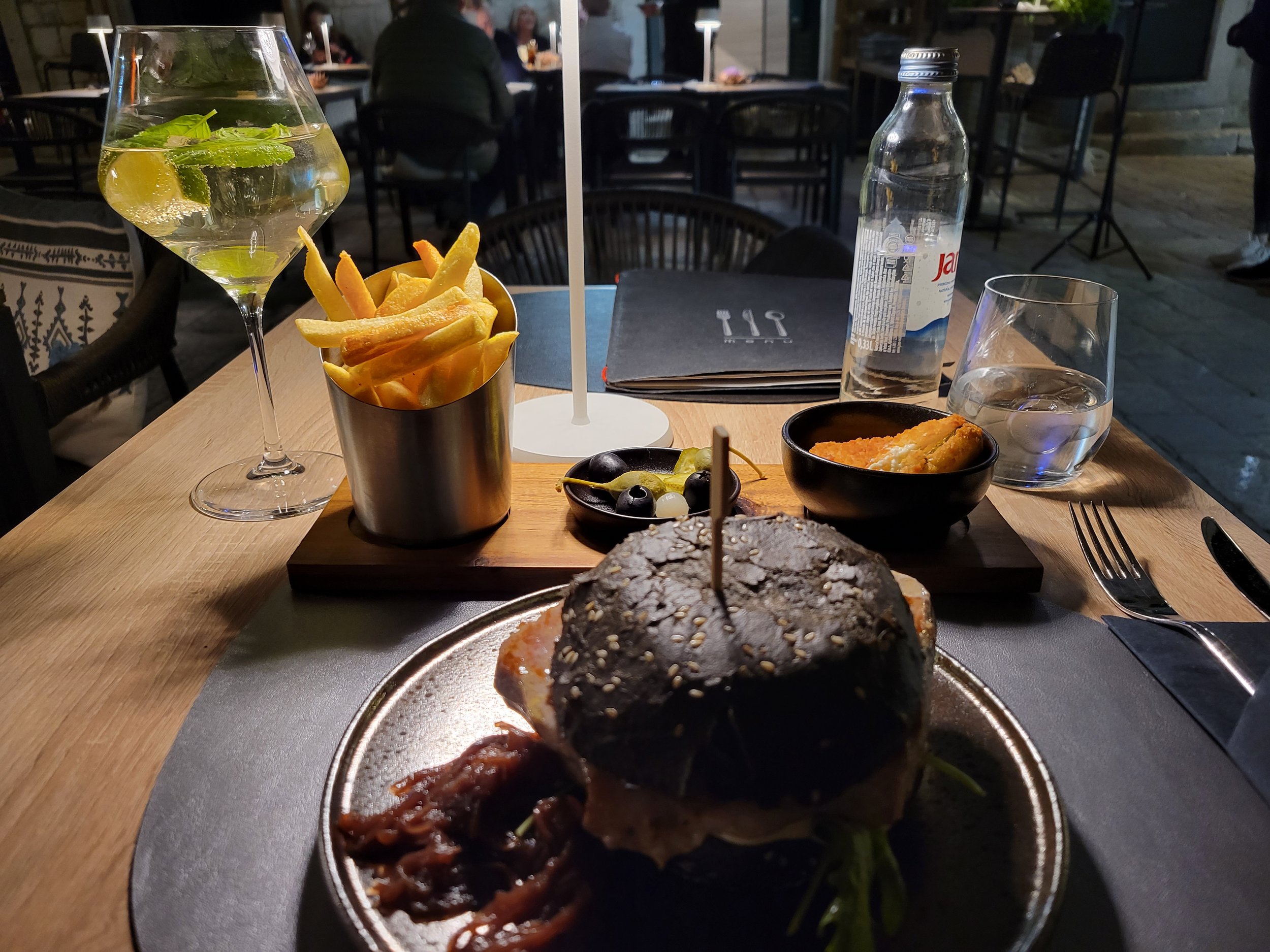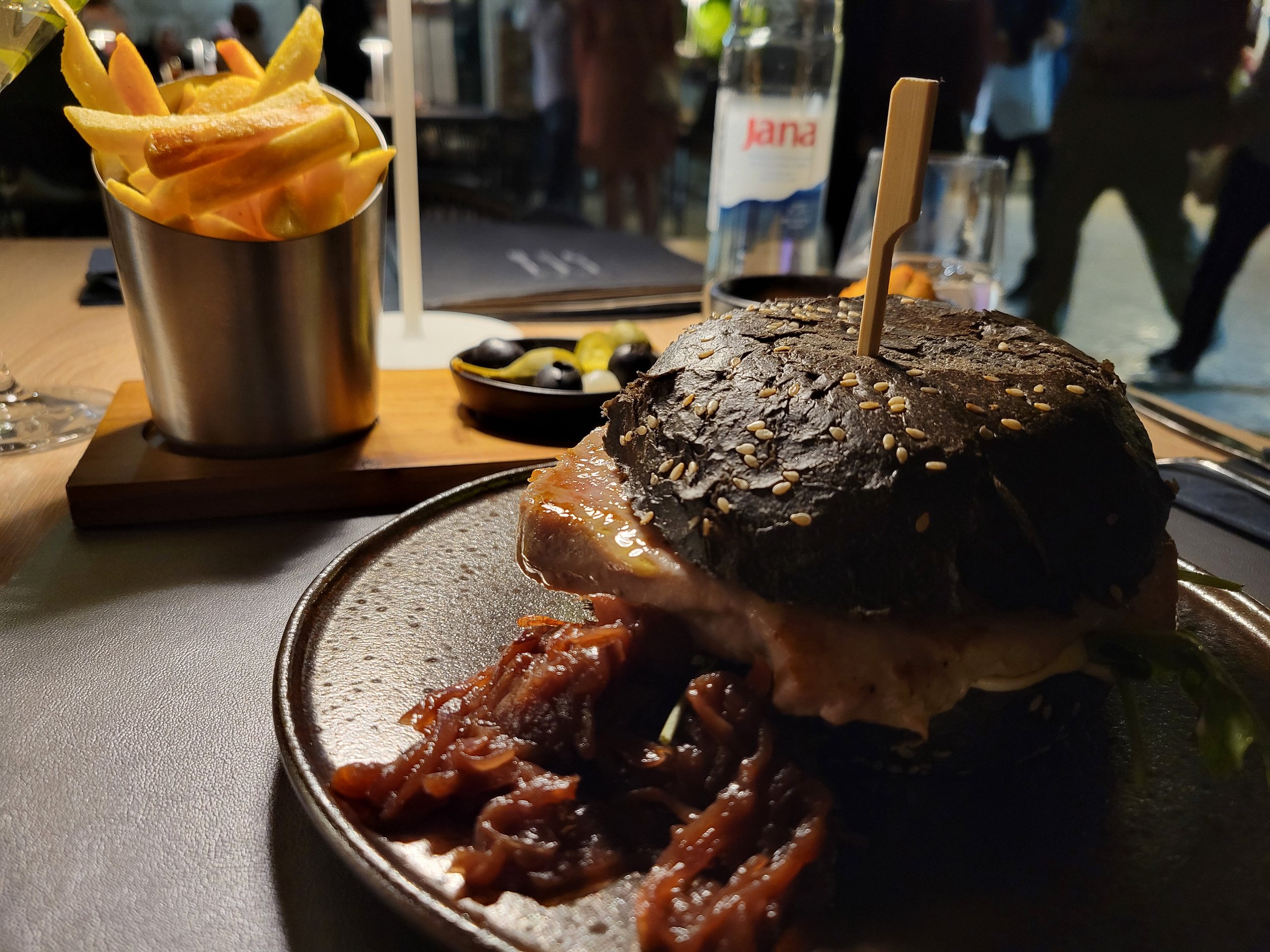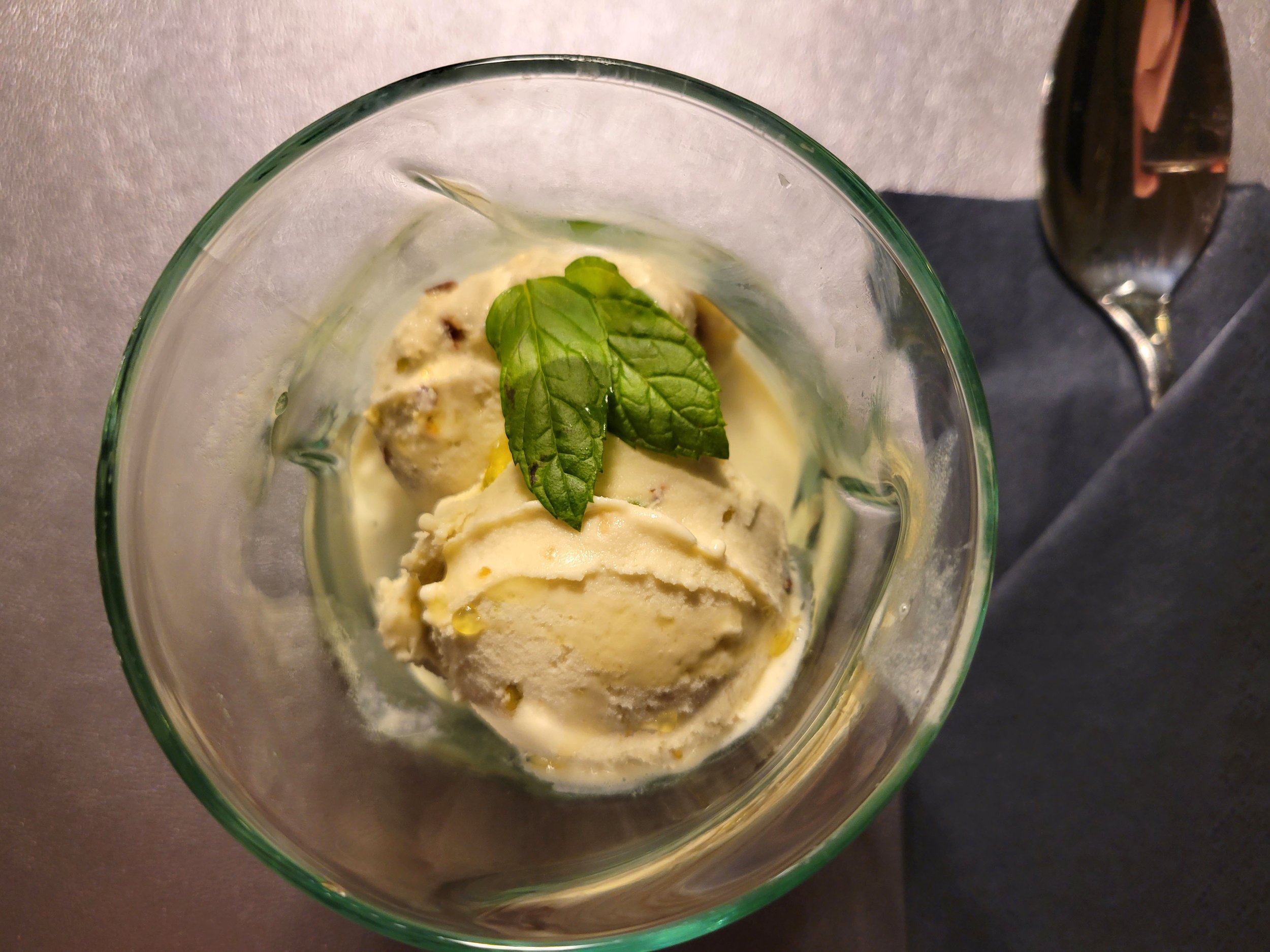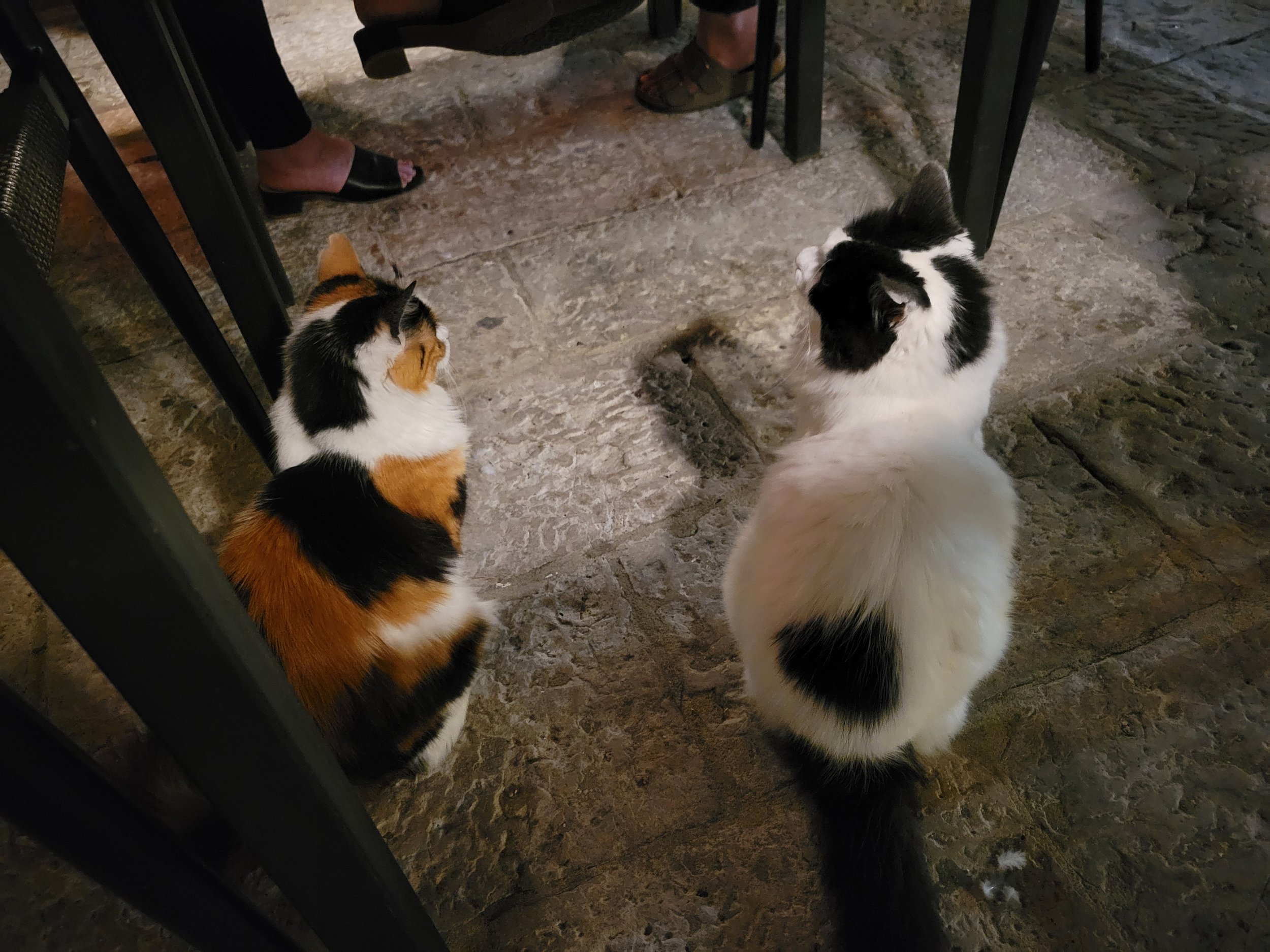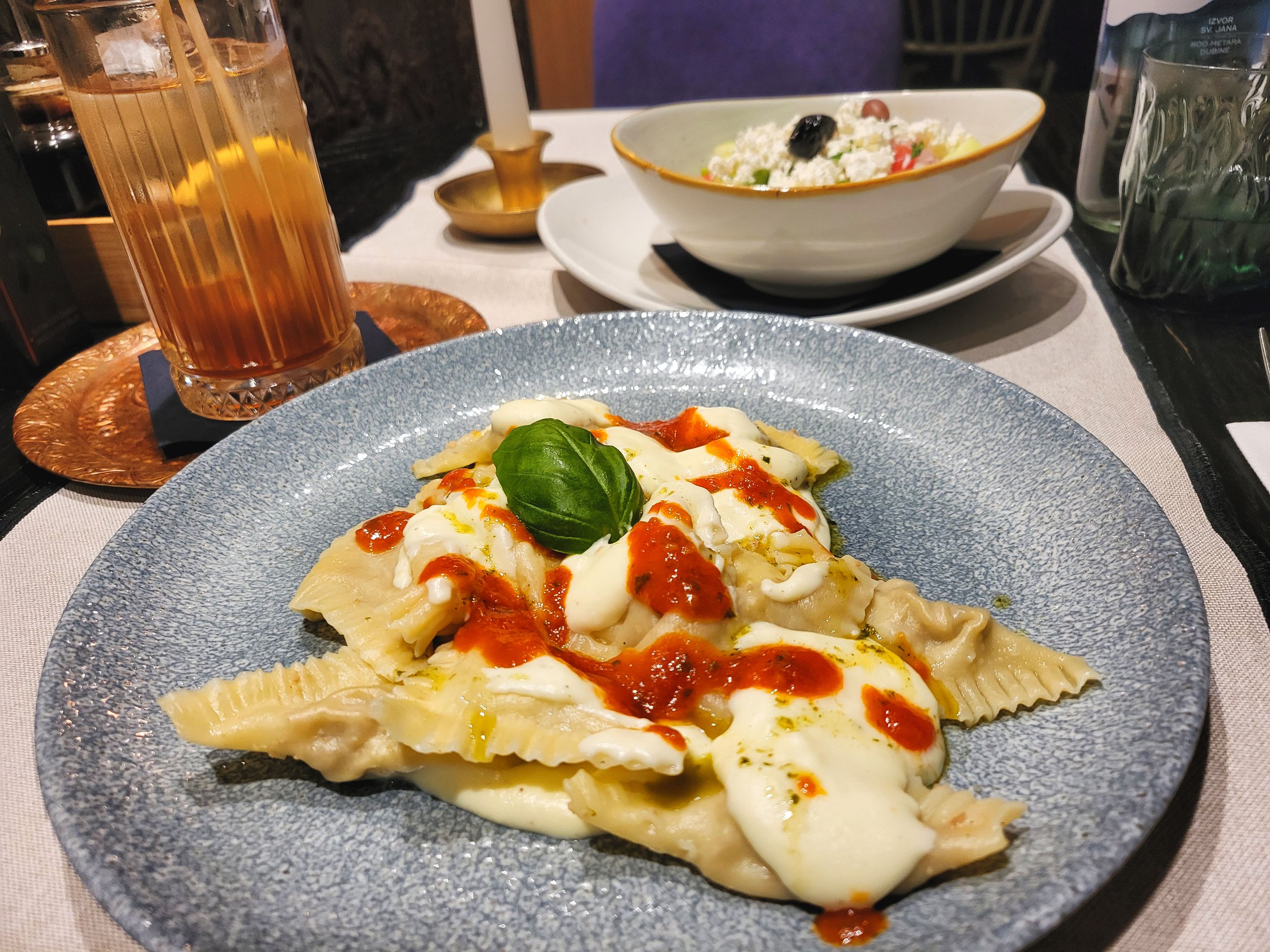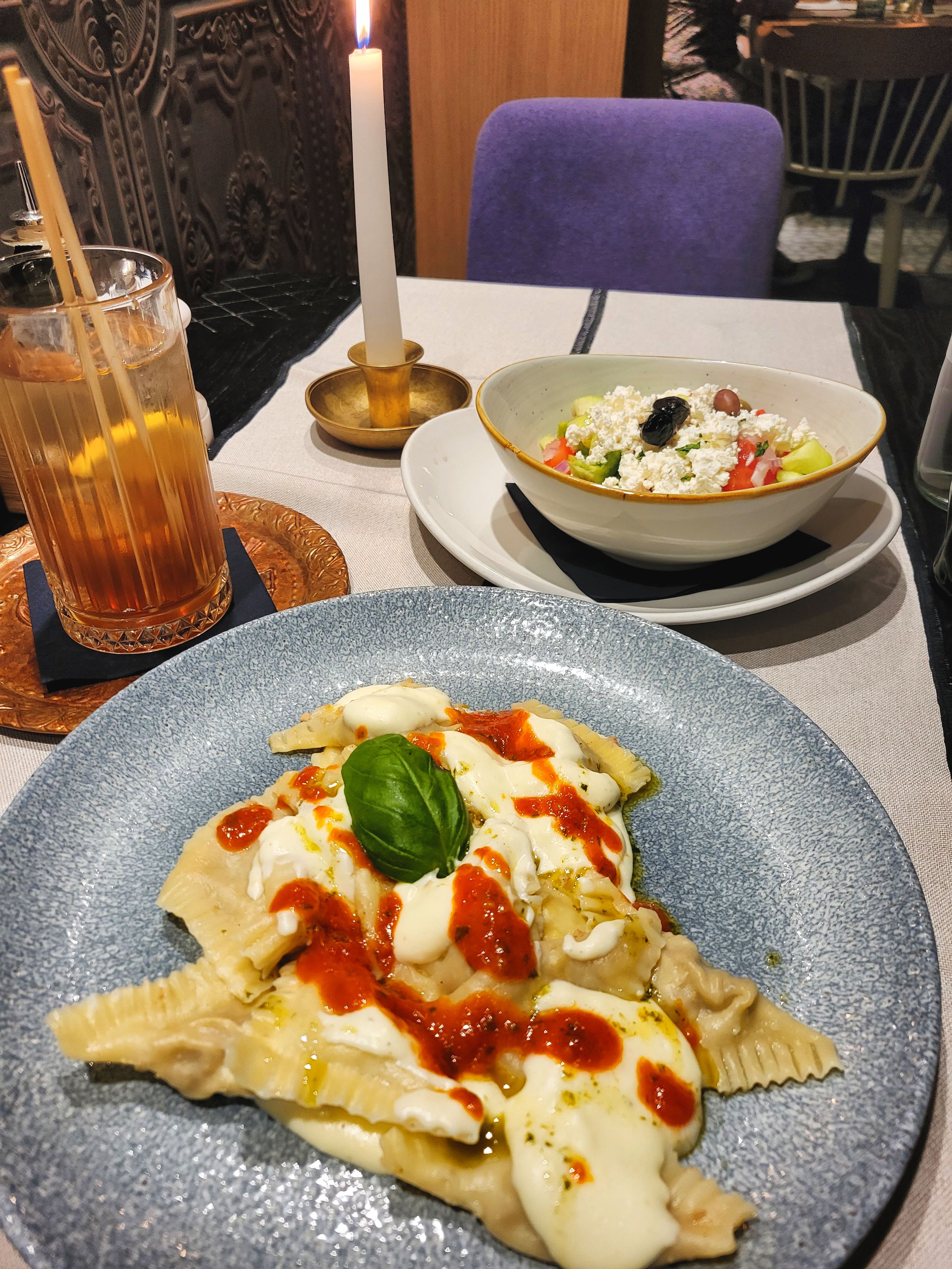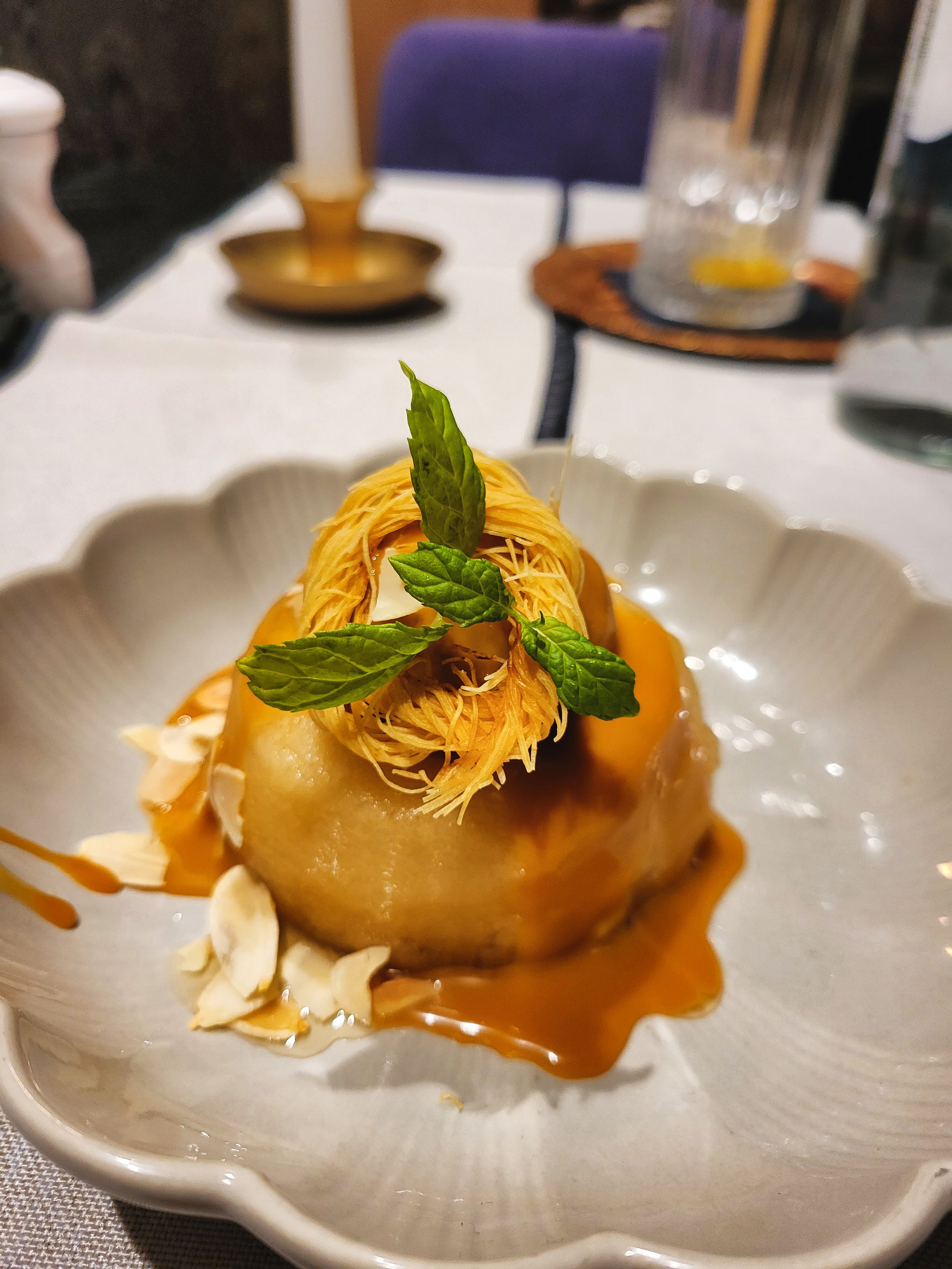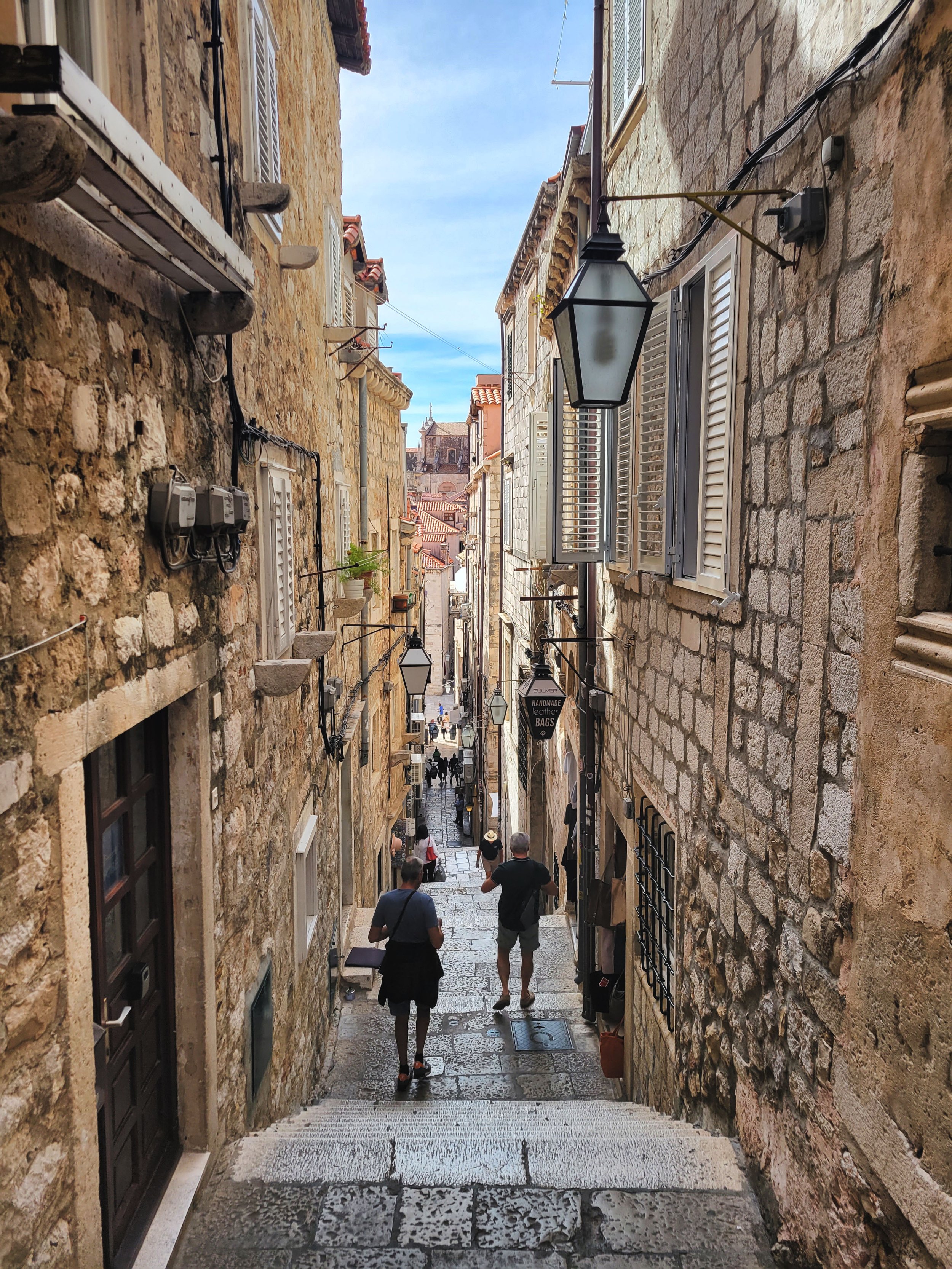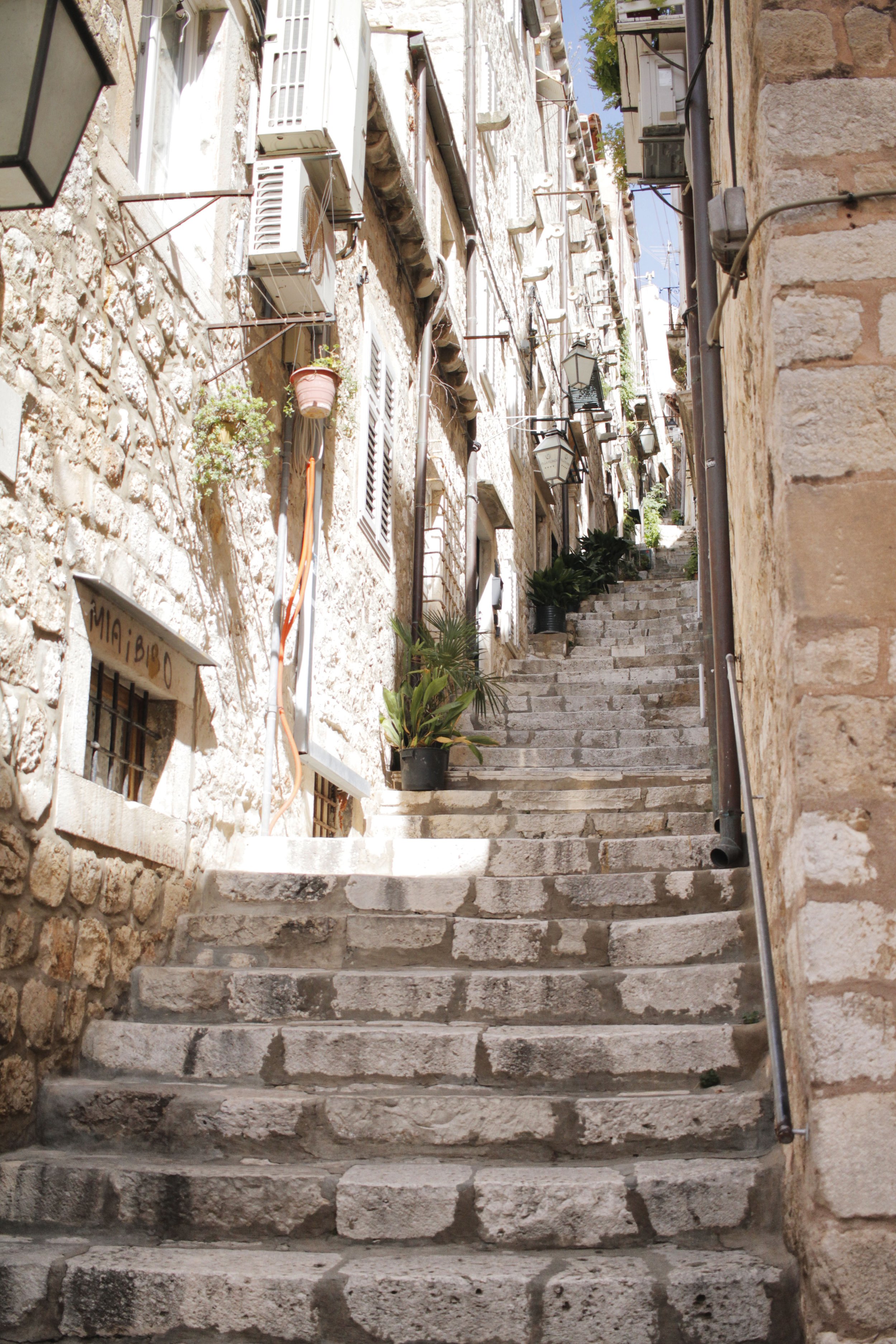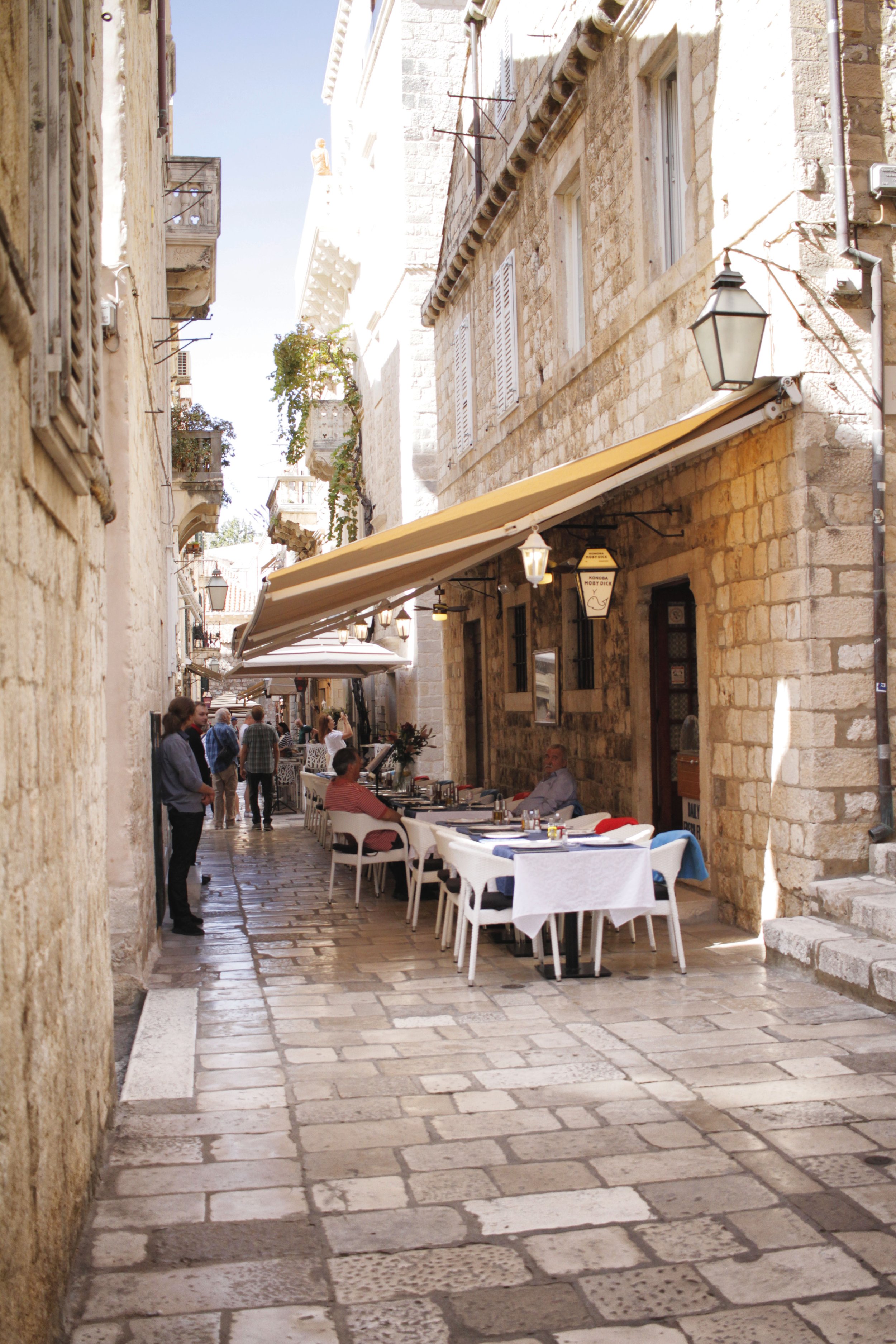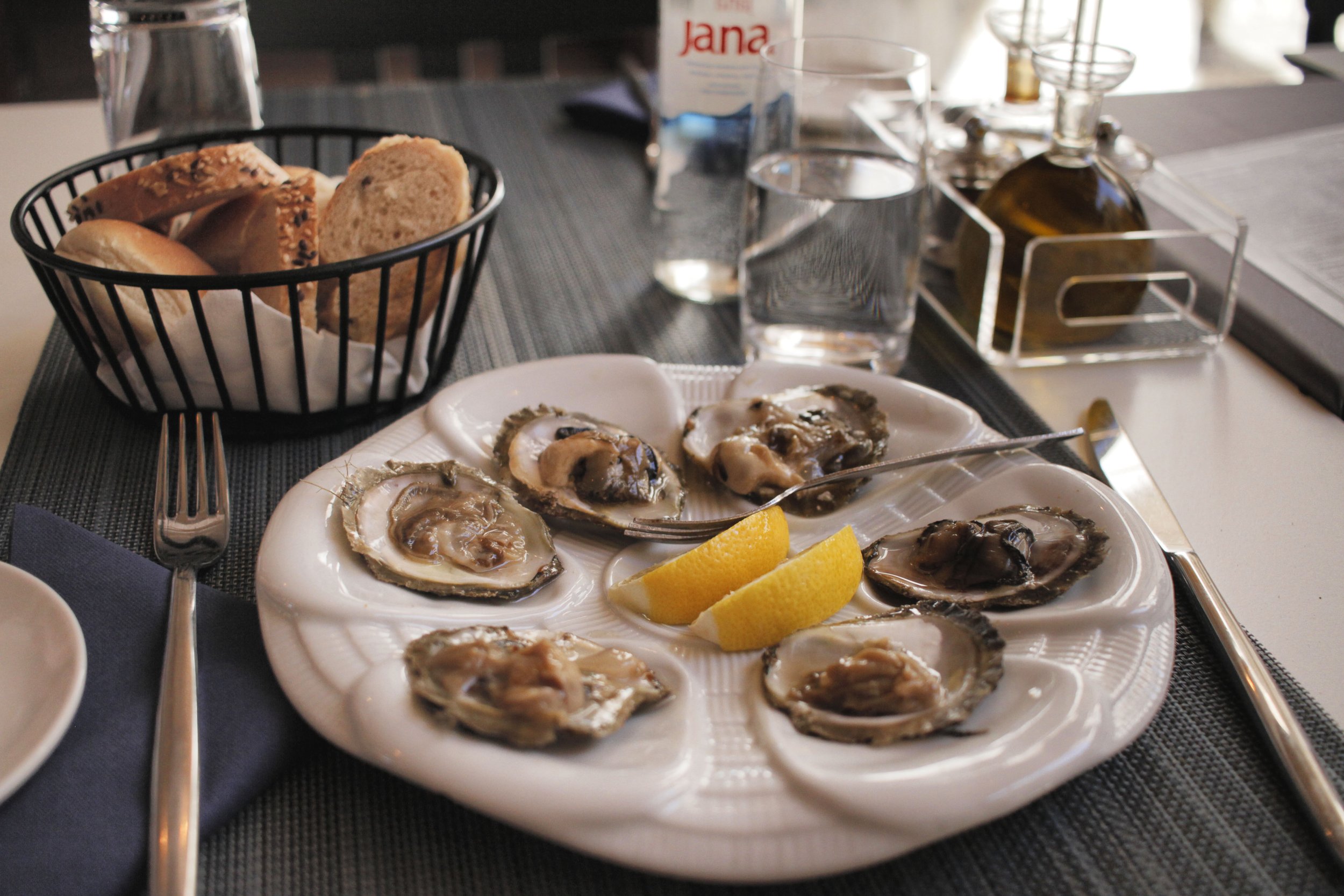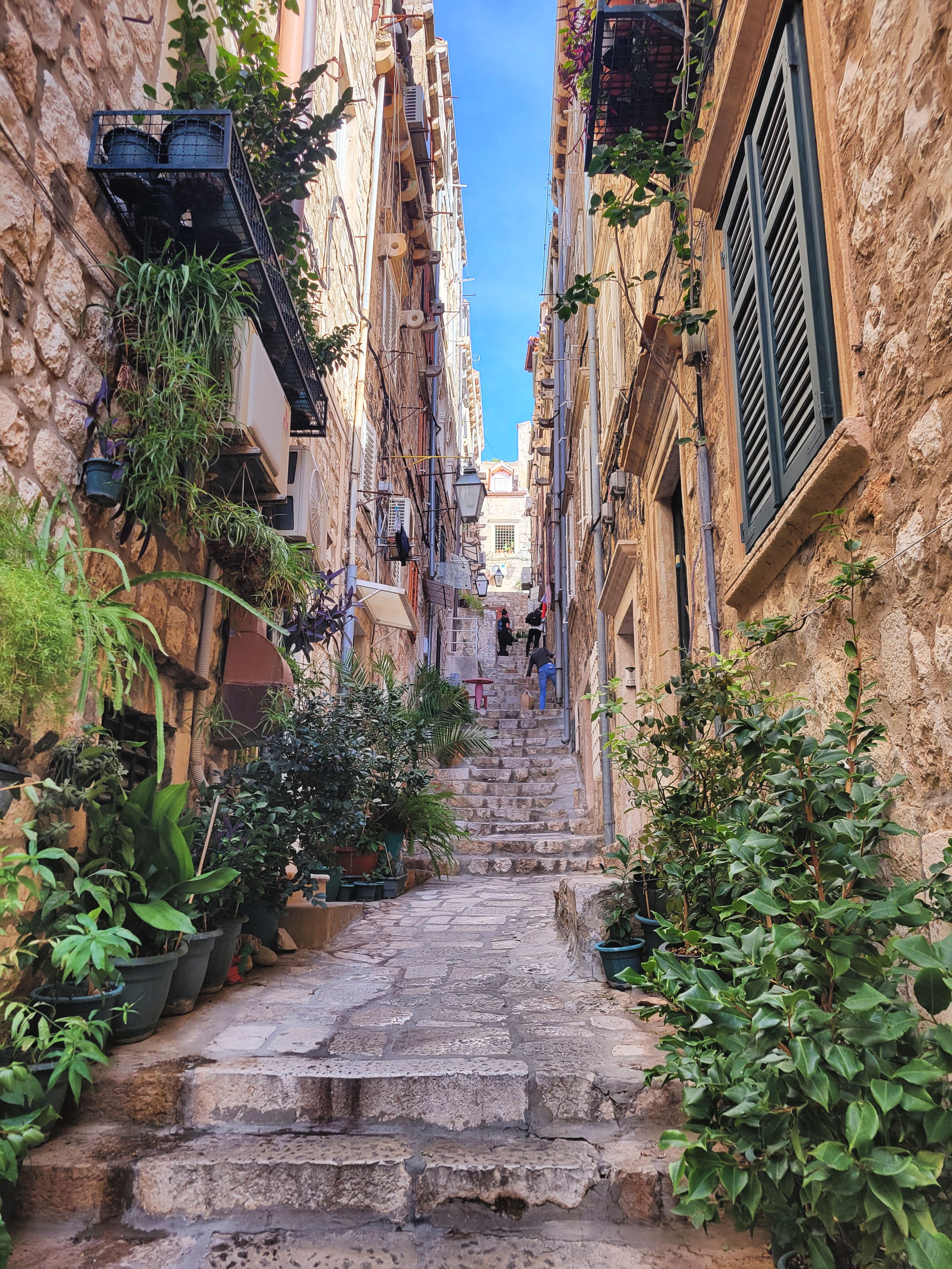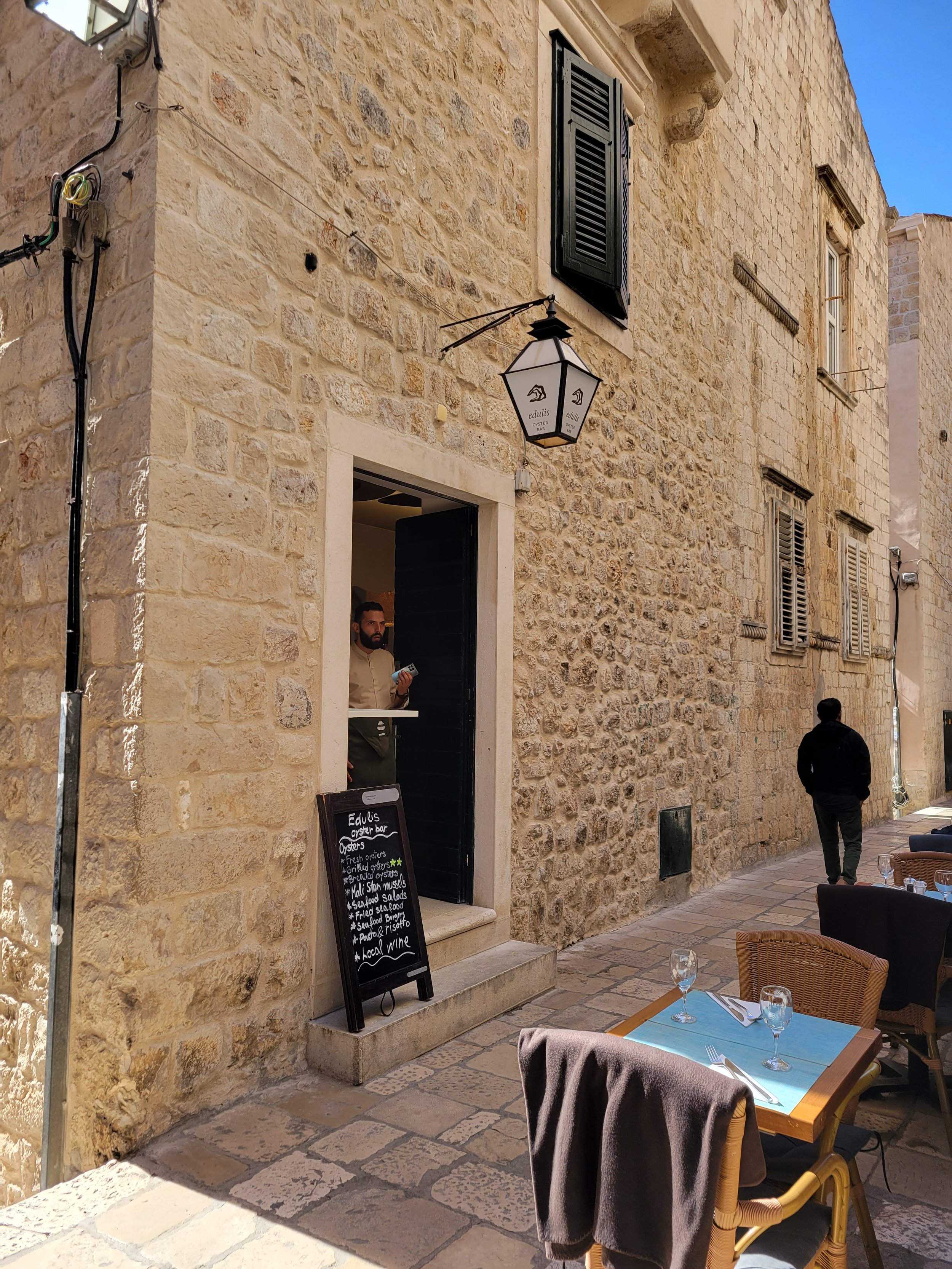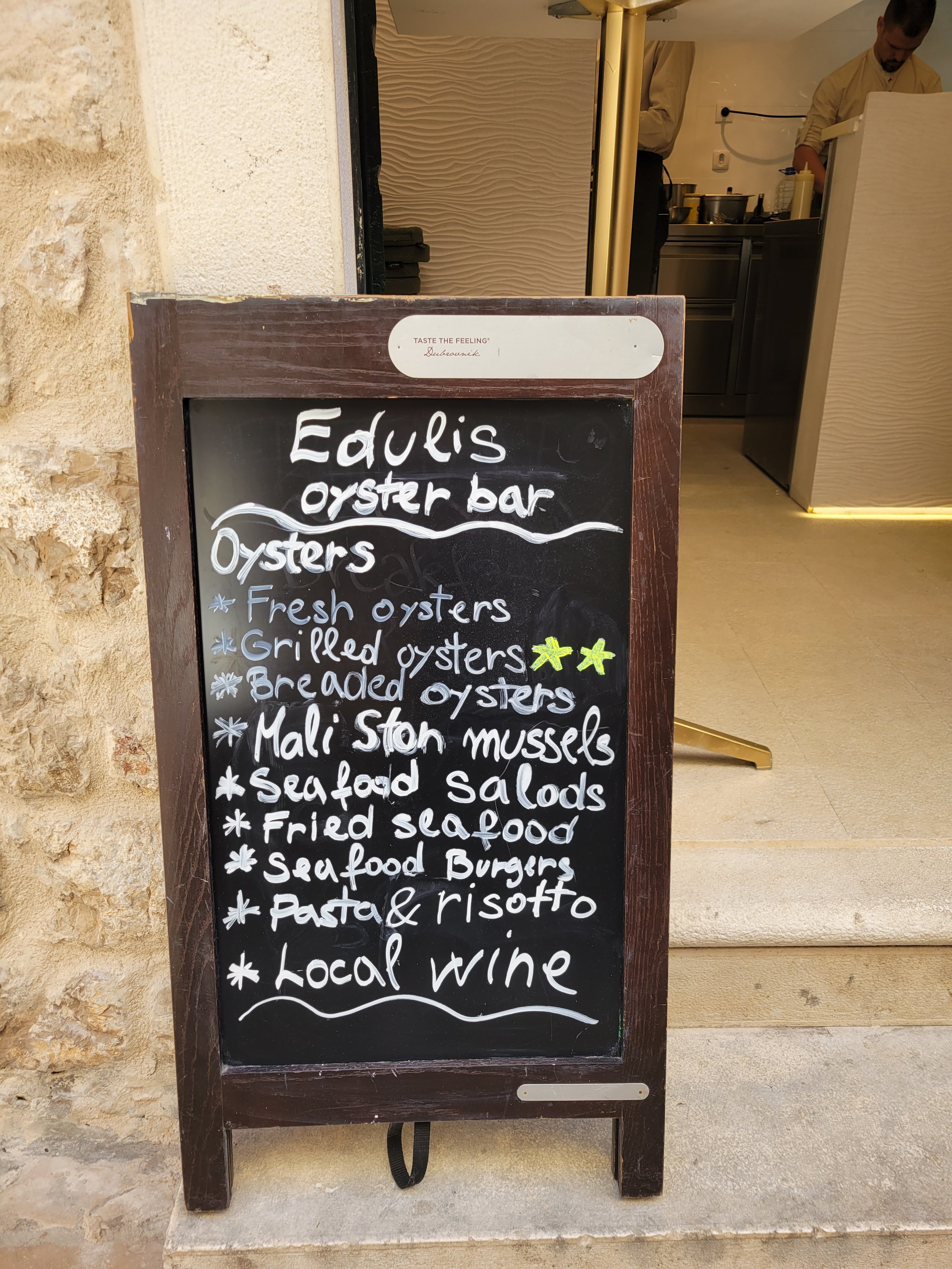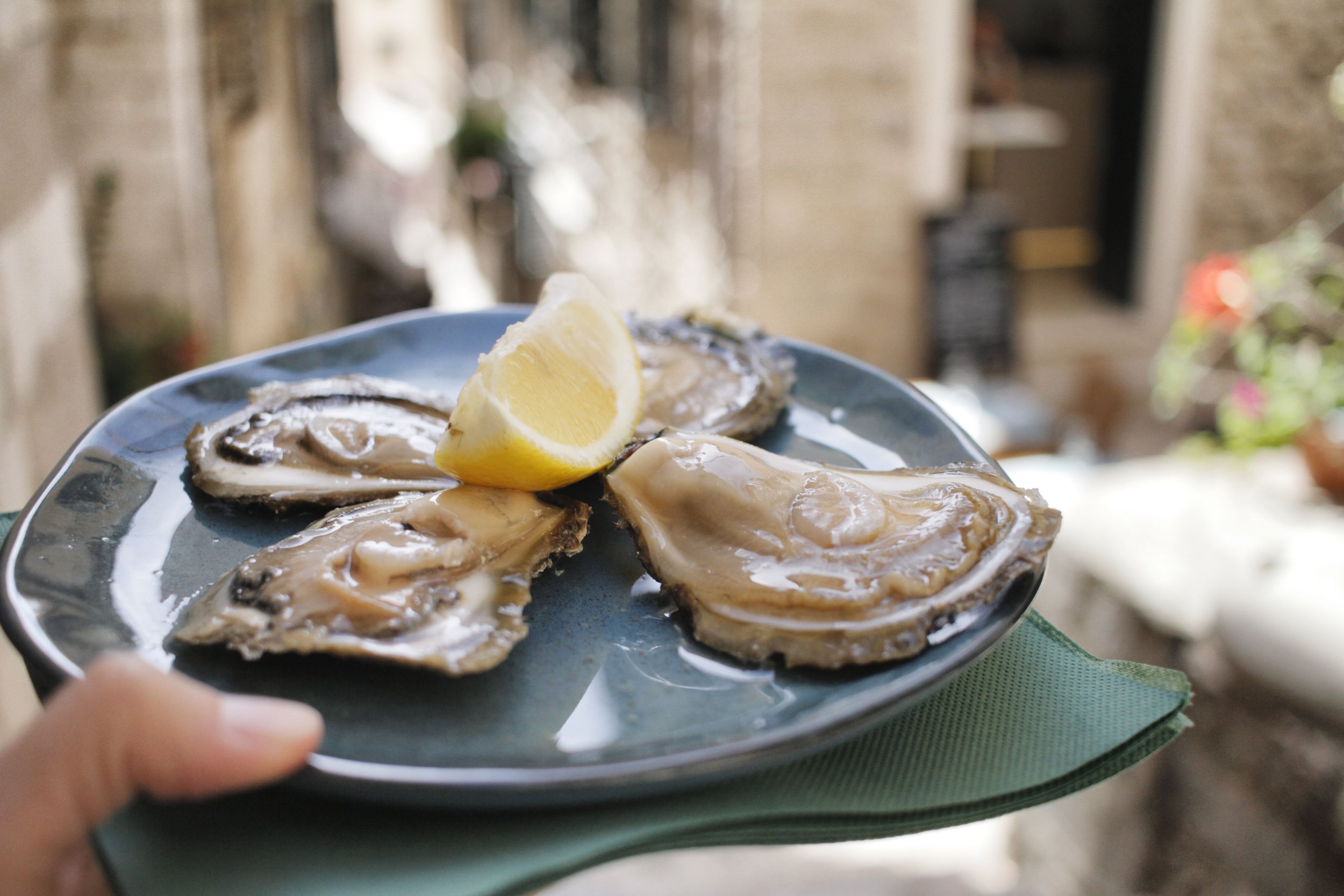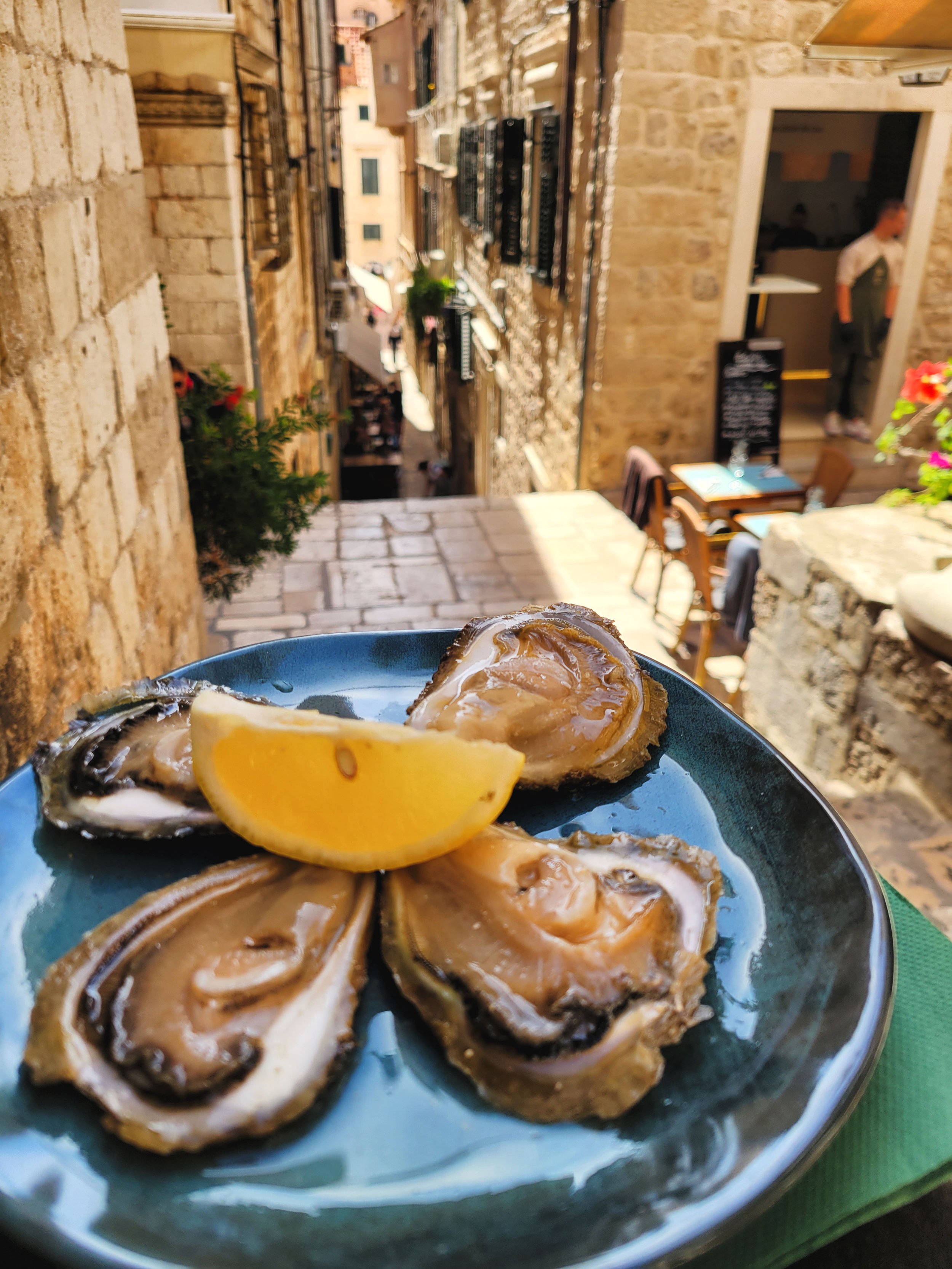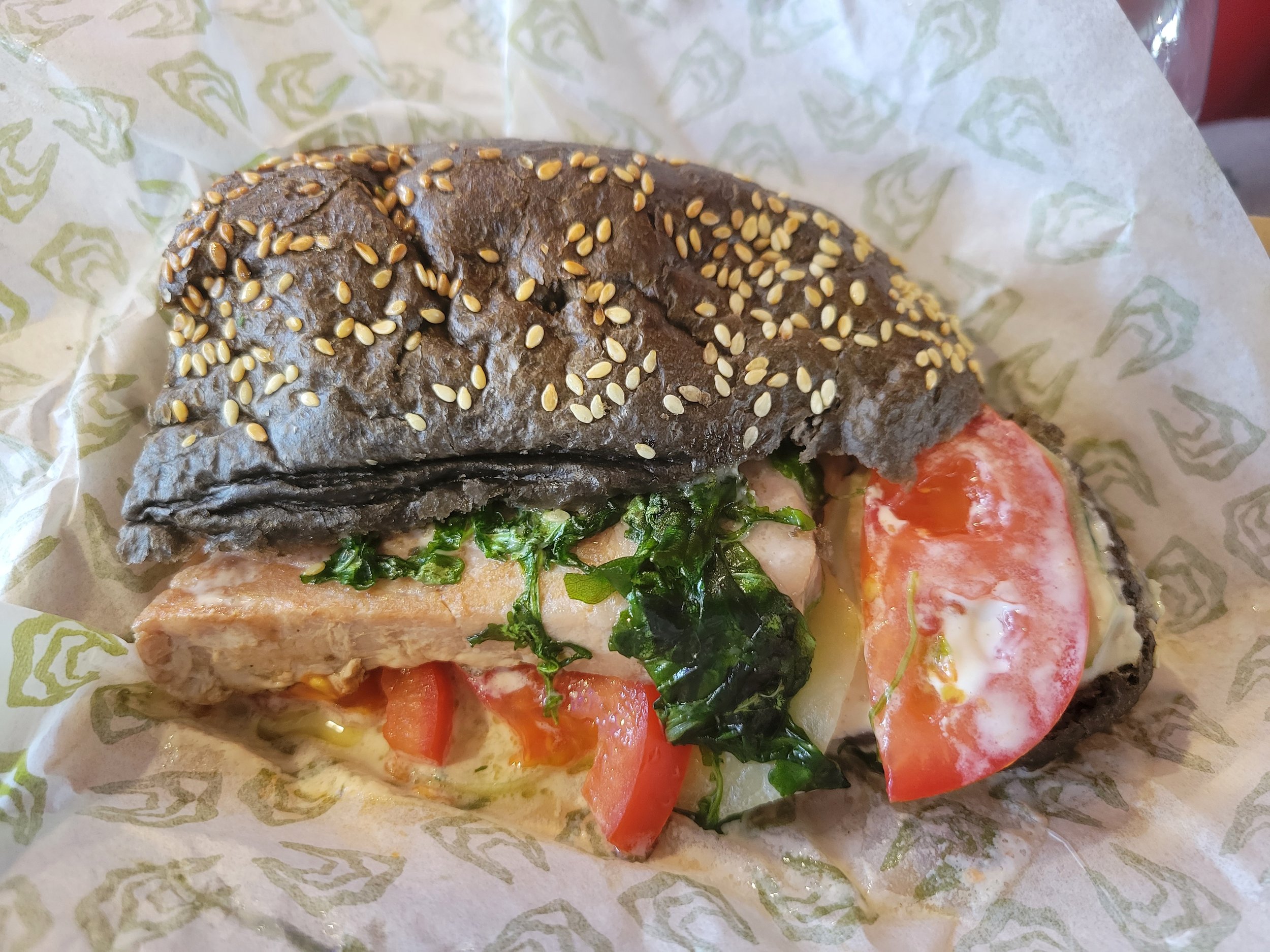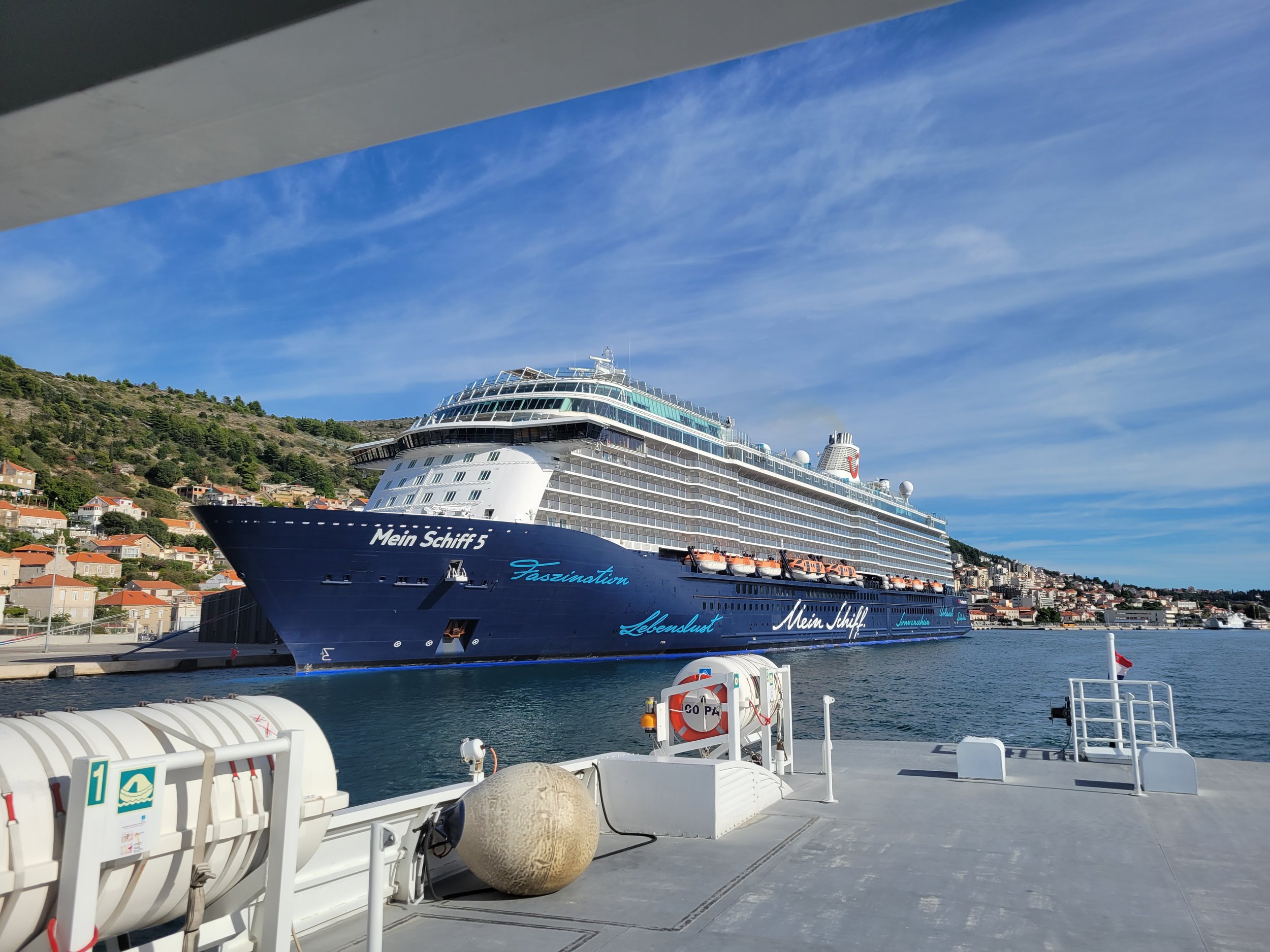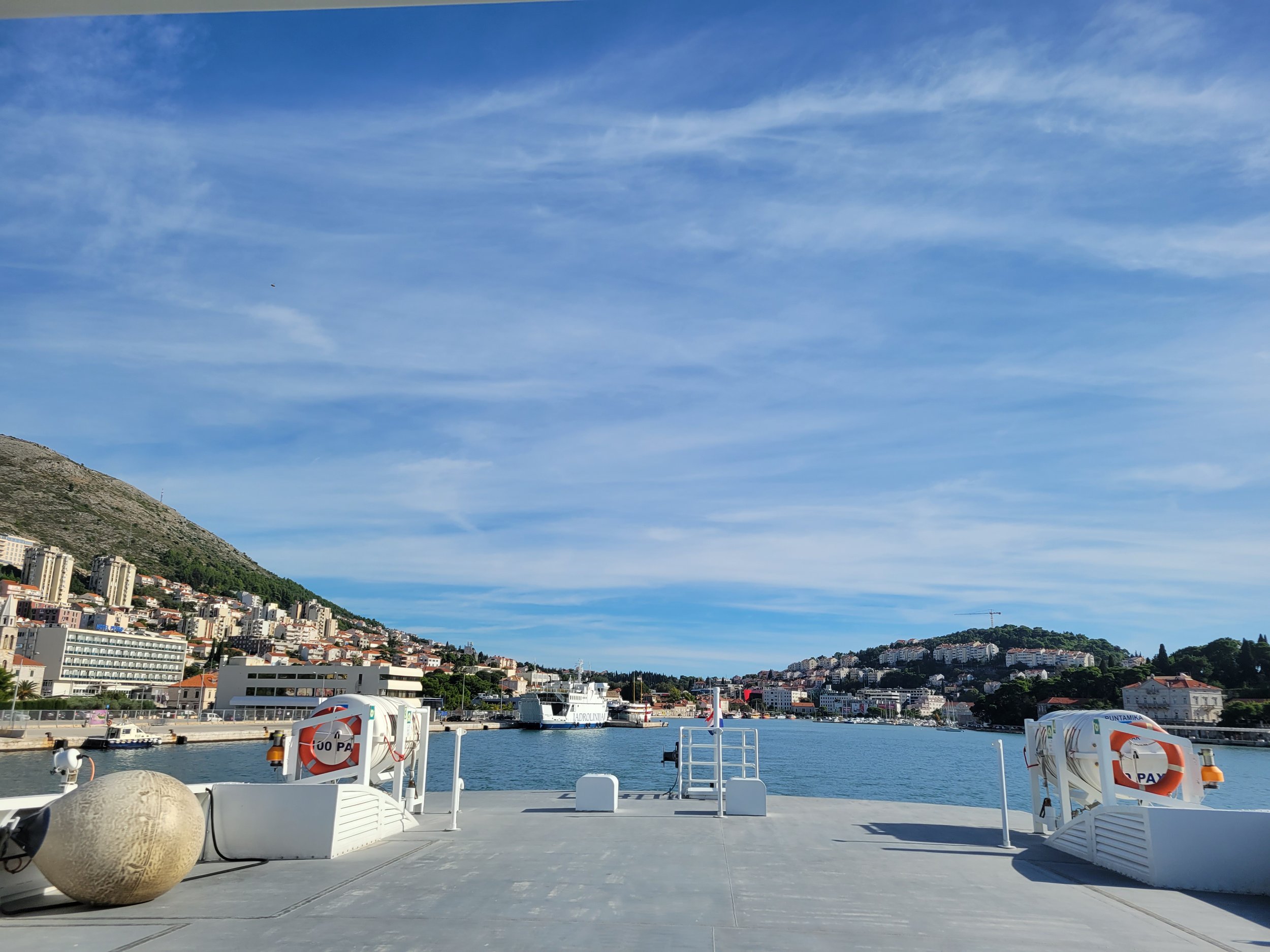Dubrovnik, Croatia
Pearl of the Adriatic
Stunning secret beaches, Game of Thrones vibes and tons of irresistible seafood and wine, Croatia is one of the best kept destinations off the Adriatic Sea. Officially the Republic of Croatia, this country sits at the intersection of Central and Southeastern Europe, bordering countries like Slovenia, Hungary, Serbia, Bosnia and Herzegovina and Montenegro. And although Italy only holds a maritime border, Croatia has a very similar look and feel to its Italian neighbor. Croatia also boasts a rich culture and history, remarkable architecture and scenic landscapes including Plitviče Lakes National Park.
Dubrovnik, historically known as Ragusa, is a city in southern Dalmatia along the Adriatic Sea known for its unique Old Town, enclosed with massive stone walls from the 16th century. Today, it’s one of the most well known tourist destinations in the Mediterranean, an active seaport and home to well preserved medieval architecture, adding Dubrovnik to the list of UNESCO World Heritage Sites in 1979. Paved in a beautifully worn limestone, the main street, Stradun or Placa, runs through Old Town and is lined with unique shops, restaurants and cafes worth exploring.
My two week adventures in Croatia and Montenegro began first by visiting Dubrovnik, the Pearl of the Adriatic, followed by a day trip into Mostar, Bosnia and Herzegovina, Little Gem of the Balkans. From Dubrovnik, I moved north up the coast via ferry to Split, a Dalmatian Seaside City Brimming with Roman Ruins and Natural Splendor, then jumped on a speed boat to the Blue Cave & Island Hopping and finally, central Croatia, stopping at Plitviče Lakes National Park. On my way out of Croatia, I passed through its capital, Zagreb, and flew to Podgorica, Montenegro’s capital. From there, I made my way to Adriatic’s Coastal Medieval Town of Kotor. While in Kotor, I joined day trips to both north Montenegro for Durmitor National Park, Tara Canyon & Ostrog Monastery and greater Montenegro to experience Lovćen’s Mausoleum, Royal Old Capital & Skadar Lake.
Arrive in Dubrovnik's Old Town
Only a 30 minute drive, Dubrovnik’s Old Town can easily be reached from the airport along the winding coastline. Though, arriving late in the evening after the sun had set and dragging my suitcase over the bumpy cobblestones to reach my room was much tougher. I checked into a little room on the third floor of an Airbnb called Rooms Kortizija. It was perfectly located, in Old Town near the West Harbor and entrance to Fort Lovrijenac.
Waking in the morning, I was taken back by the views of the bay just outside my room, I was literally a few feet away from the Adriatic Sea. Historically, Dubrovnik has a long and dramatic history with its current name first recorded in 1189, while its ancient name, Ragusa, was recorded in the Greek form during the 10th century.
Besides that, Dubrovnik has had countless affiliations over the years beginning with the Roman and Byzantine Empire in 620, Republic of Venice around 1000 and again in the 1200’s and 1300’s and Normans for a short time around 1080. The Republic of Ragusa lasted hundreds of years between the 1300’s and 1800’s, followed by much shorter affiliations with the Kingdom of Italy (France), French Empire, Austrian Empire, Austria-Hungary, Kingdom of Yugoslavia, Independent State of Croatia (German Reich) and Socialist Federal Republic of Yugoslavia.
Ultimately, on June 25, 1991 Croatia declared independence from Yugoslavia, a day now celebrated as Statehood Day. At the same time, Serbs proclaimed their independence from Croatia. The Bosnian War ensued between 1992 to 1995, as a territorial battle among the Serbs, Croats and Bosnians characterized as the bloodiest event in Europe since World War II. When NATO finally stepped in with airstrikes in 1995, the opposing parties were forced to the table. The Dayton Peace Accords were signed on December 14, 1995, officially ending the war.
Whew, now that that’s out there, we can move on to the magic that is Dubrovnik but that’s not to say the people of this area aren’t scarred from so much turmoil. My day trip up into Bosnia and Herzegovina really gave perspective on the struggles encountered by everyday people from this region, as my guide was a former soldier.
The massive walls of Dubrovnik have surrounded and protected its people since their construction, mainly during the 13th-17th centuries. They run an astonishing 6,360 feet, uninterrupted, with a height reaching 82 feet. Over the years, additions and modifications have taken place but all in all, the walls heave remained intact and essentially stand still in time.
The city walls are preserved for a handful of reasons, including skilled construction, constant care and maintenance provided by locals and the tactfulness and sensitivity of the government which managed to avoid dangerous measures taken by enemies (that is, avoiding attack). Consequently, the walls are considered to be one of the greatest fortification systems of the Middle Ages, as they were never breached by a hostile army during their history. It also didn’t hurt that the outside walls were heavily armed, with over 120 cannons.
This snug little bay, Dubrovnik West Harbor, was one that I was lucky enough to enjoy walking to and from my stay. It was active but not overly so and seemed to be a popular location to admire, as I later found out it was a filming location for the Game of Thrones series.
Admire the Walls of Dubrovnik Over a Deliciously Cheesy Pizza
Spilling out of my Airbnb fully rested, I was ready for a day filled with adventure. As is my usual plan when I arrive in a new city, I take the first day to wander on foot and get a feel for things. Also helpful as I begin to explore, I’ll ask questions to nearly anyone who will listen, specifically locals, and see what they recommend, where to go and what to eat.
Just a few steps from Amerling Fountain (a fresh water drinking fountain, many of which are found around Dubrovnik dating back to the 1400’s) was Dubrovnik 1836, a somewhat touristy restaurant serving simple but delicious Mediterranean food founded in, you guessed it, 1836. Located in an alcove along the waters edge, Dubrovnik 1836 offers breathtaking views of fortresses Lovrijenac, Bokar and Minčeta.
Also in view was Pile Gate, the main entrance to Dubrovnik’s Old Town, situated on the western wall. For most visitors, me included, this portal is the first encounter with the city’s magnificent medieval architecture. Pile Gate is made up of an outer gate constructed in 1537 and an inner gate dating back to 1460. Walking through such an entrance was truly magical and felt like stepping back in time hundreds of years.
For lunch, I sat away from the water near the western wall. The restaurant was packed with guests despite its sizable footprint and felt touristy but I was impressed with my meal nonetheless. Indulging in all the gluten, I ordered a margarita pizza with tomato sauce, mozzarella, basil and olives alongside a feta salad loaded with diced cucumbers, tomato, olives and the creamiest feta of all time.
Indulging in every bite, my meal was mouthwatering and an absolute pleasure. With that, I thoroughly enjoyed my first official taste of the Mediterranean and I was here for all of it.
Overlook the Adriatic Sea from the City Walls
Near the Dubrovnik West Harbor, I found an unassuming corridor leading to Fort Lovrijenac, also called Tvrđava Lovrijenac. A teeny tiny sign on the thick stone wall was my only clue that I was headed in the right direction. Wandering upward and without much direction, at first thinking I was lost, the path began to open up into tremendous views of the bay.
Fair warning, Fort Lovrijenac wasn’t as impressive as I thought it might be, purely based on size. It’s small, but the short hike up the hill to the entrance should not be missed. Peaking over the cliffs edge there were incredible views of the turquoise waters below. Squinting my eyes, I could even see a few brave souls swimming among the rocks.
From above, I could also see a rental shop with citrus colored kayaks. Pulling them into the crystal clear waters of the bay looked pretty straightforward and I watched as a few tourists did just that, heading out for a day on the water.
Built along a 121 foot rock face, Fort Lovrijenac, or St. Lawrence Fortress, is a fortress and theater outside the western wall of the city. Often called “Dubrovnik’s Gibraltar,” this fortress is famous for its plays and role in resisting Venetian rule. It also overlooks the two entrances to the city, from the sea and by land.
Be sure to catch views across the bay to Fort Bokar (Tvrđava Bokar) as they are very impressive, giving true perspective of its scale against the rocky shore.
As the story goes, in the early 11th century, the Venetians attempted to build a fort in the very spot where Fort Lovrijenac currently sits. If they had succeeded, they would’ve maintained power of Dubrovnik but the people of the city beat them to it. When the Venetian ship arrived with their materials, they were too late and sent back to Venice. The existing fort was built in only three months and from then on repeatedly reconstructed.
After a 20 minute hike up the rocky coast, I reached the main entrance to the fort. To enter, the cost was kn100 or about $15 USD, admittedly a bit steep for this site. If you’re only able to choose one major site to explore, I’d recommend the walls instead of this fort but I would strongly suggest taking the hike up for the views either way.
Also, important sidenote on currency: As of January 1, 2023, Croatia satisfied its four year prerequisite after joining the European Union and has since transitioned from the kuna (kn, HRK) to the euro (€, EUR).
With respect to the forts physical form, Lovrijenac is triangular in plan following the shape of the rock on which it sits. It has three terraces and walls that reach 39 feet thick at the outside facing areas. In contrast, the interior walls facing the city are only two feet thick. Two drawbridges lead into the fort with an inscription above the gate, Non Bene Pro Toto Libertas Venditur Auro, meaning, Freedom is not to be sold for all the treasures in the world. Which ironically, nods to the fact that Croatia was ahead of its time and the first in Europe to adopt the abolition of slavery in the year 1416, nearly 450 years before the States.
“Freedom is not to be sold for all the treasures in the world.”
Lovrijenac was protected by 10 large cannons, some of which are still placed on the main terraces. The largest, called Gušter, nicknamed the Lizard, was gorgeously carved and decorated but never fired a single shot. It was designed and cast by master Ivan Rabljanin in 1537 but lost in the sea during the 19th century when Austrian troops were disarming the fort. A rope securing the cannon snapped while hoisting it to another location and it was never recovered from the sea.
After only 30 minutes or so wandering around the fort, it was time for the hike back down into the city. The views on the way down were just as amazing as the way up.
Most striking was the dotted landscape covered in sloped terra cotta roofs. As far as the eye could see, the vibrant hues of orange blended seamlessly with the lush greenery and rocky surface of the surrounding hillside.
Off in the distance, Lokrum Island, sits less than 2,000 feet from Dubrovnik (lush green island on the right). Known for its gardens and orange groves, Lokrum Island is also home to a fortress and monastery. And although forbidden to stay the night on this island as it’s a nature reserve, a boat ride over from Dubrovnik costs about €5 and lasts 15 minutes.
If interested, there are also a number of cliff jumping spots around the rocky waters edge. Although not freezing, I found the early October water to be a bit too chilly for my taste.
Wander the Historic Cobblestone Streets of Old Town
After entering through Pile Gate, the main entrance to Dubrovnik’s Old Town, and passing a number of street vendors and performers, I wound around reaching a large open air plaza with the famed Onofrio's Large Fountain.
Opposite the Church of Holy Salvation, sits the impressive fountain built by Onofrio della Cava. Having provided the citizens of Old Town with fresh drinking water for nearly 600 years, the fountain was sadly damaged in an earthquake in 1667 but was rebuilt and continues to stand today. It was constructed to celebrate the completion of the new waterworks in 1438, which supplied the city with water from Dubrovnik River just over seven miles away.
This large polygonal shaped fountain has 16 stone carved maskerons, or stone ornaments popular during the Renaissance period, and a statue of a dog decorating the top. Resembling a human face with animal-like features such as goats ears, the maskerons provide clean drinking water flowing out of their mouths. The fountain itself, has become a favorite meeting place for locals and visitors alike, nicknamed by locals, kuchak or fountain dog.
Rivaling Venice for centuries as a trading port, Dubrovnik Old Town is known as one of the world’s finest and most perfectly preserved medieval cities in the world. Its Renaissance style fountains and facades, Baroque churches, monasteries and palaces, interlace with its wide glowing marble paved cobblestone streets, squares and buildings, all of which remain unchanged for centuries. A UNESCO World Heritage site, Dubrovnik’s city center is strictly controlled, right down to the shade of green used on window shutters.
Set against the backdrop of rugged limestone mountains, the Stradun or main street winds through town with charming restaurants, cafes and shops spilling out into its walking path. Delighted, I bumped into a lovely farmers market selling all sorts of fresh produce, snacks and handmade goods like fig sausage, infused olive oil and naturally scented soap.
In terms of faith, though officially a secular state, religion has played an important role by informing cultural values of Croatians. The majority of Croatians identify with Christianity, with 87.4% identifying as Roman Catholic and 3.3% identifying as Orthodox.
Among some of the greatest churches in Dubrovnik Old Town are Saint Saviour's Church, Franciscan Monastery & Museum, Serbian Orthodox Church, Saint Ignatius Church, Dubrovnik Cathedral and Treasury, Saint Blaise's Church and Dominican Monastery and Museum.
Saint Ignatius Church, pictured above, can be reached by climbing a monumental staircase designed after the famed Spanish Steps of Rome by architect Pietro Passalacqua. The sanctuary was built as a Jesuit church in the Roman Baroque style, designed by Ignazio Pozzo and completed in 1725.
Falling in love with Old Town, it was the ease and fascination of roaming through the shiny stone streets. At every turn, there seemed to be secret corridors leading to even more amazing squares and plazas, some so thin and steep I wasn’t sure I’d make it through. The arched doorways, brightly colored flags and old-time street lanterns only added to the charm.
Another fascinating stop in Old Town the Duck Boutique Dubrovnik. Never seeing anything like it and unsure if it was a joke, I poked my head into this store. Within, were hundreds, if not thousands, of brightly colored rubber duckies. A spin off from the traditional rubber ducky, these guys and gals depicted almost any character you could imagine. There were doctors, sailors, sunflowers, robots, piggies and polar bears. Of course, I picked up a handful for my little nieces and nephews to enjoy during bath time.
Dubrovnik Old Town is also known for a strange take on jewelry. Declared as the most original Croatian souvenir by the Croatian National Tourist Board, botun refers to round or circular buttons which historically adorned male folk costumes in the Dalmatia region of Croatia.
Only sold in Dubrovnik, these “buttons” consist of two half-spheres in various filigree patterns connected at the middle and can be found in both silver and gold. My botun necklace was purchased at a local store for around $100 USD.
Scale the Massive Walls of Dubrovnik
As mentioned, the main entrance to Old Town is Pile Gate, with the word pile derived from the Greek word pylaj, meaning gate. Back in the 15th century, a wooden drawbridge was used, pulled up each night to prevent unwanted visitors from entering the medieval walled city. Eventually, though, it was replaced with a stone bridge spanning the lush greenery below. To enter Old Town, cross the bridge, pass through the gate, follow the steps down to the Stradum and spill out onto the town’s main promenade.
After entering, to the left of Onofrio's Large Fountain, a set of steep stone steps leads up to the city walls. Though this is the most common entrance to the city walls, there are also two others. Ploce Gate near the Dominican Monastery and another at Fort St. John close to the Maritime Museum are also options. Using this entrance, climb the set of steps and stop by a small window to pay the entrance fee, approximately $25 USD. What follows are unbelievable views of all of Dubrovnik.
The city walls, shaped as an irregular parallelogram in plan, surround Dubrovnik and include four powerful fortresses at each of the most significant points. To the north, is the circular Minčeta Tower and to the east of the city port, Revelin Fortress. The western city entrance is protected by Fort Bokar, along with the mighty Fort Lovrijenac, or St. Lawrence Fortress, defending from possible land and sea attacks. And last but not least, the huge and complex St. John Fortress sits on the southeast side of the city.
That said, the city walls complete a full loop above the city of Dubrovnik. Depending on the entrance used, visitors can either do the full loop and end up exactly where they began which can take a few hours or decide to exit part way through at a different entrance.
It’s also important to note that it’s pretty hot up on the walls and even though I saw a few spots to purchase water they are few and far between. Best to bring some cool water along for the ride.
Giving Dubrovnik the name, Pearl of the Adriatic, these city walls help create the most picturesque city along the Dalmatian coast. Historically built, dating back to the Middle Ages, the walls were intended to ward off foreign attacks, thicker in areas needing more protection and thinner in those facing the city. The massive defensive walls and forts surrounding the city also include the Old Port.
The scenic views from the city walls were ever changing, transforming as the sun slowly moved across the sky. Admiring the Adriatic Sea, of course, was one of the best panoramic views from above. Wooden boats resembling pirate ships would pass occasionally, leaving trails in the deep blue colored waters.
Looking inward, toward the town and mountainside, it was pretty easy to spot many of the spots I had already visited below on foot inside Old Town, along with the crisp white houses, terracotta rooftops and lush green trees dotting the sloping hillside.
Eventually, I made my way to the shaded harbor where larger boats dock. Centuries old pier walls and lookouts surround a small harbor lined with fancy restaurants and terraces. It was here, around the time of dusk that the sun began to bounce off the terracotta rooftops and white stone buildings like nothing I’d seen before. The light and shadows playing against the city were something magical to witness.
As the sun began to set, I found exploring the city walls one of the most peaceful places in all of Dubrovnik. It was also a great way to take a break from the crowds down below and surprisingly, it wasn’t too busy other than the small cafe I passed along the way.
One of the most well known towers protecting Dubrovnik and highest point of defense is Minčeta Tower. A perfect place to stop and take in the views. Locally known as Tvrđava Minčeta, the fortress was named after the Menčetić family who owned the ground on which the tower was built. Originally constructed as a four-sided fort in 1319, the structure was altered by Italian sculptor and architect Michelozzo di Bartolomeo Michelozzi in 1453 immediately following the fall of Constantinople to the Turkish Ottoman Empire, by adding a round tower with 20 foot thick walls and gun ports.
Catching sight of the deep blue sea from high above with the wind whispering across its surface, left me wanting more. It was official, I had fallen in love with this charming little town.
Descending from Minčeta Tower, fiercely hungry for my next Mediterranean spread, I climbed down the wall until I reached an exit, enjoying the last few moments of daylight.
Taking just shy of two hours, walking the city walls was one of the most exceptional experiences I’ve had. Peaking down into restaurants and alleyways from above, feeling like a voyeur of sorts, and taking in the overwhelming views of the sea was nothing short of magic.
Dine Along the Stradun at Arka in Old Town
Catching more incredible views of the bay, the chilly evening and busy day had me starving. Making my way back into Old Town, passing the West Harbor, I found a lovely restaurant with an eclectic menu and seats spilling out onto the promenade.
Self proclaimed as “fun dining,” Arka Dubrovnik offered a delicious menu full of wonderful surprises and was one of the best meals in Dubrovnik. Sitting at a small table across from the restaurant with a dim light atop its surface, I watched as the restaurant slowly began to fill. I ordered the Hugo to drink, with Prosecco, elder flower syrup, mint and sparkling water and the tuna steak with a black brioche bun and french fries, sides to accompany.
The tuna steak was so fresh and flavorful and the soft brioche bun made all the difference. The tuna was cooked to perfection, tender and delicate, not overdone.
To round out my meal, a cup of pistachio ice cream. It was creamy and delicious, especially the chunks of pistachio. In total, the cost of my meal was around $50 USD.
Happily, I was also able to enjoy dinner with these two cuties and met a really sweet mom and daughter combo who recommended a local Bosnian restaurant that couldn’t be missed.
Early on in the day, before climbing the city walls, I stopped in a tourist office near Pile Gate (righthand side near the restrooms) and booked a day trip the following day to Mostar in Bosnia and Herzegovina for $55 USD. This was something I couldn’t pass up because I’d likely not have another opportunity to visit Bosnia and Herzegovina anytime soon. Note, bring your passport if booking a trip out of Croatia.
Little Gem of the Balkans
Mostar, Bosnia & Herzegovina
Enjoy Bosnian Cuisine at Taj Mahal
In honor of my inspiring day trip to the city of Mostar in Bosnia and Herzegovina, I stepped out for dinner at Taj Mahal, recommended by fellow travelers, a mother daughter duo.
After waiting a few minutes outside in the packed alleyway, I was able to snag a seat at a tiny two-top. The restaurant was definitely crowded, obviously a popular spot. Excited so try more traditional Bosnian cuisine and though nearly everything on the menu looked delicious, I chose the veal ravioli with cream and red sauce, a feta salad and mint iced tea.
For dessert, I opted for a popular apple dish from Bosnia called tufahije. Usually accompanied by coffee, Tufahije is a dessert typically made of walnut stuffed apples poached in sugar water and served with syrup and whipped cream. This one, slightly modified, was covered in agda, a simple syrup made of sugar, water, lemon and vanilla, and a caramel cream with walnuts, mint and unknown crunchy bits.
Decidedly so, Taj Mahal was certainly worth all the hype and all I tried was absolutely delicious. Originally created out of love of food, tradition, family and customs from the past, this restaurant surely brought to light their mission with each dish.
“Guided by the thought that diversity is a blessing, we are the keepers of the traditional.”
Hunt for Oysters & Other Fishy Snacks
On my last day in Dubrovnik, before jumping on an afternoon ferry to Split, I spent my time enjoying all things tasty, eating and wandering the charming streets and passageways of Old Town. To start the day, I sat outside a small cafe up in the hills of Old Town called Mediteraneo for breakfast.
For my meal, I tried poached eggs over toast with avocado and ham, alongside a latte. The meal was pretty tasty but nothing exceptional.
From there, I began exploring the alleys of Old Town that I hadn’t yet seen, many of which had super cute shops nestled within. Among them were unique shops filled with trinkets like handmade soaps, natural sponges, lip balm, carved stonework, ornaments and so on.
Another really fun shop I discovered was Chilly’s, where I picked up a beautifully designed black thermos. Their mission is not only good design but accelerating the adoption and everyday use of reusable products. Yes, please.
Not completely satisfied with breakfast, I decided to go on a hunt for oysters as I’d seen signs all around town but hadn’t tried any. On my trip up into Bosnia and Herzegovina, our guide spoke a bit about the oyster farms just outside the city and how fantastic they were so I had to give them a try.
Offering traditional Mediterranean cuisine “with a twist,” Dalmatino Dubrovnik was the first stop on my oyster hunt. With rows of tables lining the busy walking path, I sat down and looked over the menu. Ordering a half dozen of whatever the server recommended, I enjoyed people watching as they prepared my oysters.
The oysters arrived, fairly small and with only lemon as a side. Overall, they were tasty, extremely salty which I usually love but not cleaned well enough. On to the next!
Slightly disappointed, I found a more unique spot called Edulis Oyster Bar. A new restaurant only focusing on seafood, Edulis is small, actually tiny, with only a standing bar inside. If eating in, they recommend ordering, grabbing a pillow and sitting outside on the steps.
The proud owners told me much about their oysters, that they were growing them in the bay locally, the one I had seen on my way to Bosnia and Herzegovina. So without hesitation, I placed an order for four oysters, grabbed a cushion and sat down on the stone steps across the way.
A few moments later, my oysters arrived. The taste was salty, clean and fresh. They were cleaned very well and on the larger size (not always my favorite but these were delicious). Learning a lot about their passion for oysters and the local family business, I fell in love with this spot.
Feeling pleased, I also ordered a tuna steak sandwich to go. Again, this sandwich may have been the very best I’ve ever had. It was smothered in fresh dill, cucumber, tomato and mayo, all on soft black bread covered in sesame seeds.
With my sandwich in hand, I hopped in a taxi to the port to catch a five hour ferry to Split, the second largest city in Croatia after its capital Zagreb. Costing only $12 USD and with multiple stops along the way, the ferry seemed like the most straightforward and affordable option. Plus, who isn’t down for a boat ride? Unfortunately, the ferry was indoor but the kind captain let me sit on the top in the sun until it got too chilly.
Overall, although smaller in comparison to many European cities, Dubrovnik still has a lot to offer. With a relaxed mood and quaintness that’s undeniable, I loved the fresh delicious food, friendly and welcoming locals, beautiful weather and unique shopping, not to mention the stunning views of the sea, architecture and rich history of Old Town and its massive walls. Thoroughly impressed, I highly recommend visiting the incredible city of Dubrovnik.
Dalmatian Seaside City Brimming with Roman Ruins & Natural Splendor
Split, Croatia
My Airbnb, Rooms Kortizija, was located in the perfect spot in Old town by the West Harbor, with incredible views of the bay and city walls. Resting along the cobblestone streets, it was not fancy but a cute apartment nonetheless, up on the second level via a skinny set of stairs. It was clean and comfortable with a lot of natural light and only cost $25 USD each night. The host was very kind and helpful, meeting me there late in the evening upon arrival and offering up local tips for the area.


